

14 Top-Rated Tourist Attractions in Swaziland (eSwatini)
Written by Karen Hastings and Carri Wilbanks Updated Dec 24, 2023 We may earn a commission from affiliate links ( )
Bordering Mozambique, in the southeast of Africa, the lush and mountainous Kingdom of Swaziland, now officially called eSwatini , is Africa's last absolute monarchy. This small but scenically beautiful country of emerald peaks, rivers, ravines, rolling valleys, and waterfalls is a hiker's eden. Nature reserves are the top attraction here, and though only a few host Big Five animals (lion, leopard, elephant, buffalo, and rhino), all of them offer an intimate game-viewing experience, beautiful scenery, and a rich diversity of species.
Swaziland also proudly preserves its fascinating culture, customs, and festivals. Travelers are welcome to watch some of the festivities of Incwala, an impressive three-week kingship ritual in December and January, and, Umhlanga, the lively Reed Dance ceremony, which takes place during the last week of August or first week of September.
Plan your travels and learn about the best places to visit with our list of the top attractions in Swaziland.
See also: Where to Stay in Swaziland
1. Hlane Royal National Park
2. mbuluzi game reserve, 4. swazi market, mbabane, 5. mlilwane wildlife sanctuary, 6. malolotja nature reserve, 7. phophonyane falls nature reserve, 8. mlawula nature reserve, 9. mantenga reserve, 10. swaziland festivals, 11. national museum, 12. mkhaya game reserve, 13. shewula mountain camp, 14. malkerns, where to stay in swaziland for sightseeing, map of tourist attractions in swaziland (eswatini).
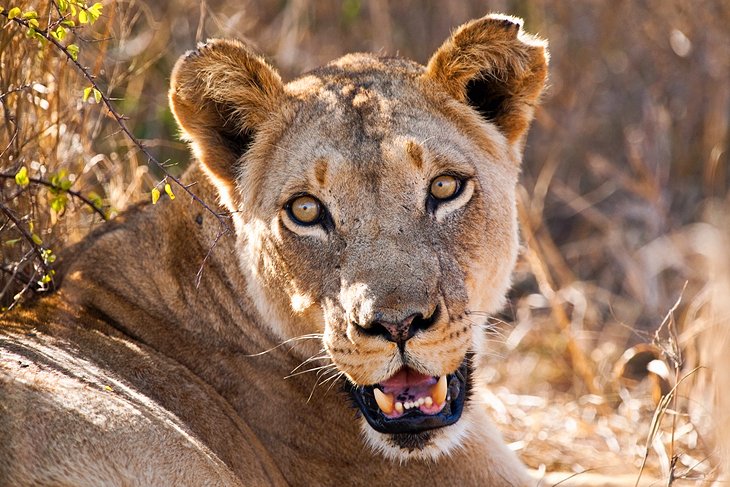
The Hlane ("Wilderness") Game Sanctuary is home to the largest herds of game in the country and is one of the few places in Swaziland where visitors have a chance of seeing lion, elephant, and rhino. Birders will also be happy at this 22,000-hectare reserve, with a diverse collection of species, including the highest density of breeding white-backed vultures on the continent. Visitors must take a guided game drive to see the lions, which reside in a separate enclosure, but self-guided drives are permitted in other areas of the park.
Besides wildlife watching , things to do here include guided mountain biking , cultural visits to a nearby Swazi village , birding walks, and overnight fully-catered bush treks. Guests can opt for an evocative electricity-free experience in a campsite or traditional lantern-lit hut, while a second camp offers self-catering stone cottages with modern conveniences.
Official site: http://www.biggameparks.org/hlane/
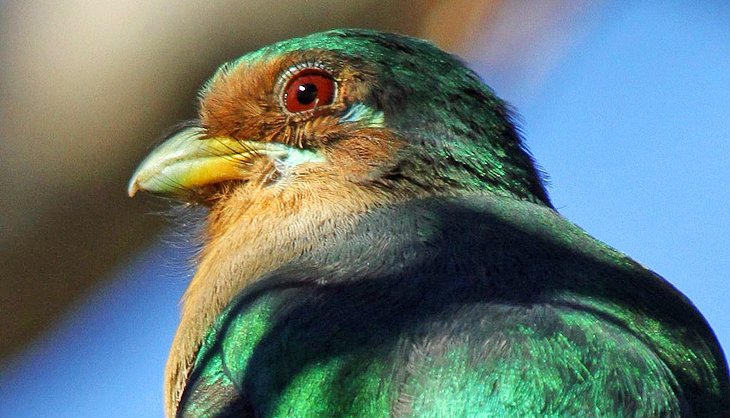
Privately-owned Mbuluzi Game Reserve offers a peaceful retreat on the banks of the croc-filled Mlawula River. The top activity here is self-guided wildlife safaris to see animals such as giraffe, zebra, kudu, jackal, wildebeest, and nyala during the day and possibly hyena, genets, servals, and honey badgers during the night. Birding is also particularly rewarding with more than 300 species, including the beautiful Narina trogon.
Visitors can hike the well-marked web of nature trails, mountain bike along jeep tracks, and cast a line for fish in the two rivers. Accommodation is varied. Options range from riverfront campsites and safari tents to several family lodges. Although the reserve lacks any of the Big Five (leopard, lion, elephant, buffalo, and rhino), guests have free entry to neighboring Mlawula Game Reserve and Hlane Royal National Park , with its white rhinos and elephants.
Official site: http://www.mbuluzi.com
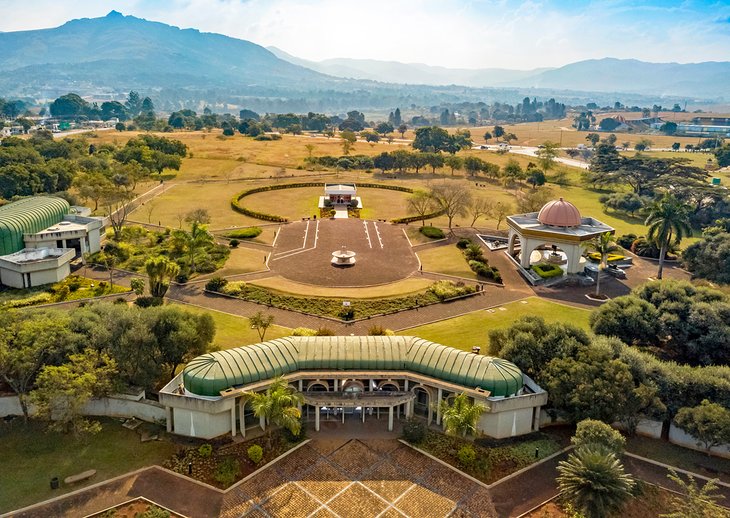
In the beautiful Ezulwini valley (the Valley of Heaven), Lobamba is Swaziland's spiritual and cultural heart. This laid-back town is home to Swaziland's monarchy, as well as its most important buildings. Here, visitors will find the Lobamba Royal Village with the Royal Kraal , the Parliament Building , the National Museum , and other government buildings.
In the large Embo State Palace , the king holds audiences, and the magnificent State House , built in 1978, is used mainly for ceremonial and other state occasions, though neither of these buildings is open to the public. However, visitors can tour the Parliament Building .
Also in Lobamba, the Somhlolo Stadium is the venue of major cultural and sporting events, state celebrations, concerts, dance performances, and speeches by the king.
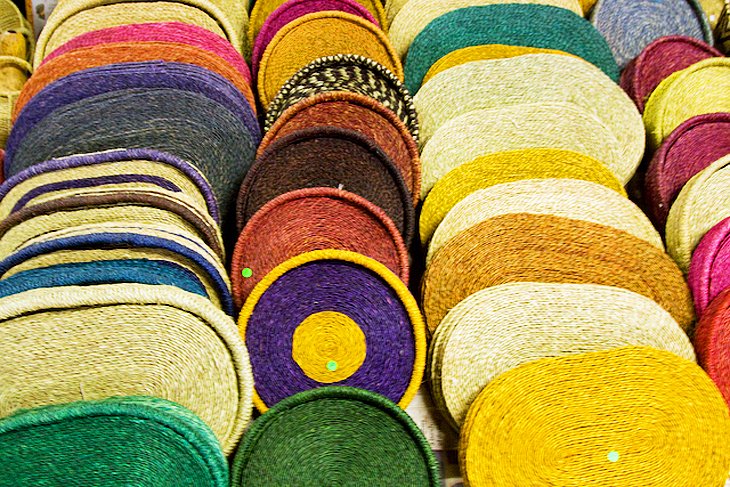
Mbabane, Swaziland's cool-climate capital, is home to the Swazi Market, a must-see attraction for souvenir-starved tourists. It lies at the south end of Allister Miller Street, the town's main shopping street. The stalls here brim with fresh produce, pottery, hand-made baskets, masks, traditional fabrics, soapstone carvings, and beaded jewelry. Particularly interesting is the traditional medicine center, with an impressive array of healing lotions and potions.
About an hour's drive away, shoppers can see more Swazi crafts, including baskets, jewelry, and textiles at Tintsaba Crafts, just past the Piggs Peak Hotel.
A pleasant excursion from Mbabane is a trip up beautiful Pine Valley to the north of the town. The route follows the Umbeluzi River, passing a number of waterfalls. This is great walking and riding country, with agreeable temperatures, even in summer.
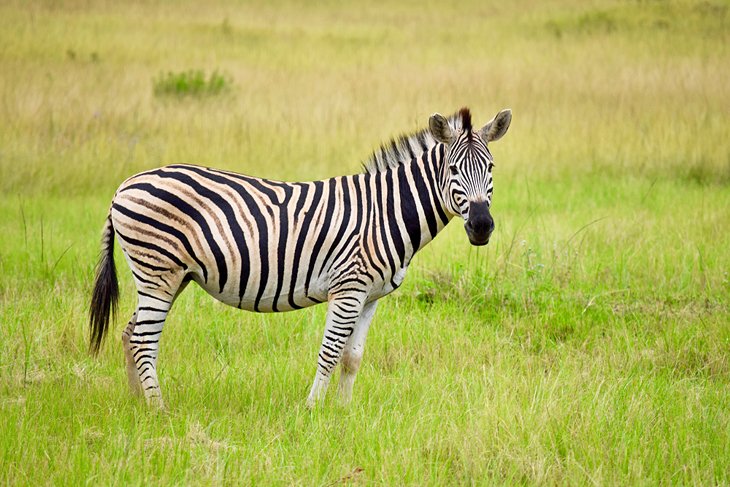
In the lovely Ezulwini Valley, Mlilwane Wildlife Sanctuary is one of Swaziland's first conservation areas and its most popular game reserve. It was established by Ted and Elizabeth Reilly, who turned their farm at Mlilwane into a game reserve with the support of King Sobhuza II. The non-profit Mlilwane Wildlife Sanctuary has now grown to 4,560 hectares of wilderness surrounded by the Nyonyane ("Place of the Little Bird") Mountains.
Originally animals and plants were introduced to the reserve from far away, but today the Mlilwane Sanctuary is home to more than 400 species of birds and many animals, including zebras, vervet monkeys, crocodiles, warthogs, caracals, hippos, and antelopes.
The sanctuary offers plenty of activities. The lineup includes game drives, nature walks, mountain biking, horseback rides, a village cultural experience, and swimming in the rest camp's pool. Accommodation caters to campers and backpackers, as well as those seeking a little more comfort with self-contained cottages, traditional Swazi-style beehive huts, and a luxury hilltop lodge.
Official site: http://www.biggameparks.org/mlilwane/
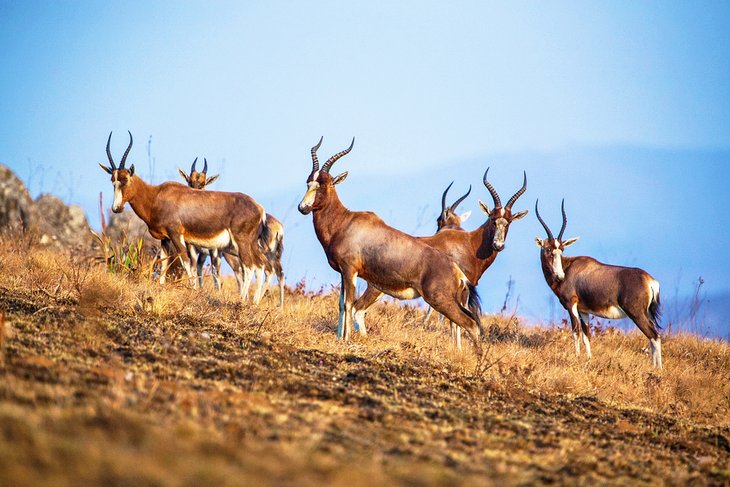
In northwest Swaziland, the 18,000-hectare Malolotja Nature Reserve is the largest protected area in the country. The name means "river with many rapids and waterfalls" for the reserve is sliced by the Malolotja River, which forms a series of waterfalls, including the country's highest cascades, the Malolotja Falls . Habitats range from wetlands and grasslands to thick riverine forest, and wildflowers brighten the beautiful landscapes in spring and summer.
One of the best features of the reserve for visitors is its network of hiking trails and many backpacker camps allowing multi-day wilderness treks. The fauna is particularly notable for the abundance of reptiles and birds, including breeding groups of endangered species such as blue crane and bald ibis. Resident mammals include rock hyraxes, eland, and zebra, among others. A fun way to experience the reserve is by soaring through the forest on the Treetop Canopy Tour zipline.
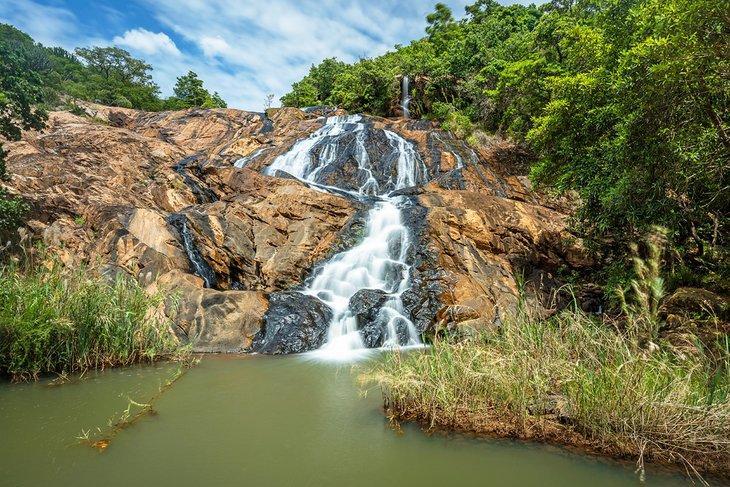
Phophonyane Falls Ecolodge and Nature Reserve is located in northwest Swaziland near Piggs Peak and about 40 minutes from Malolotja Nature Reserve. It claims the motto: "Peace, Privacy, Paradise." The reserve protects an astounding diversity of habitats in a relatively small area, with lush forests, rivers, waterfalls, and scenic hiking trails.
The 600-hectare reserve's top attraction is its namesake Phophonyane Falls. From atop a steep rock face, it is an 80-meter-high waterfall that tumbles over some of the world's oldest rocks, estimated to be more than 3.5 billion years old.
A visit to Phophonyane Falls Ecolodge and Nature Reserve offers a tranquil escape into the beautiful Swazi countryside. Guests can choose from safari tents, beehive huts, or self-catering cottages.
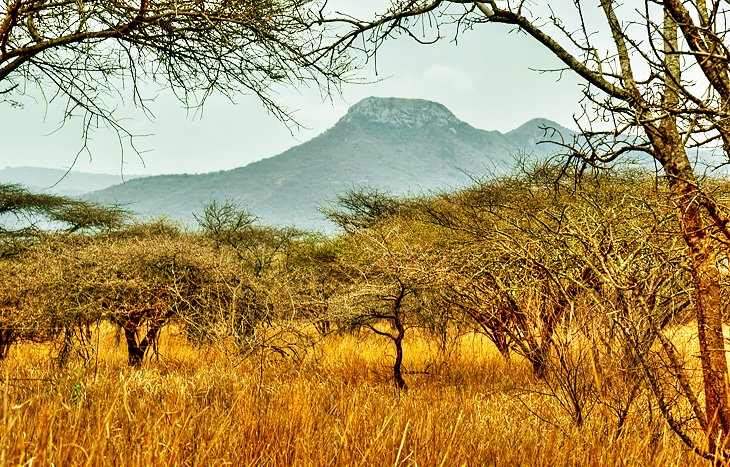
Scenic and diverse, the Mlawula Nature Reserve occupies a transitional zone extending from the lowveld up into the Lebombo Mountains. Landscapes here range from dry savannah to rolling green valleys and dense riverine forests, with mountains rising south to north along the Mozambique border. Due to the contrasting ecological zones, wildlife is varied and includes 60 species of small and large animals such as wildebeest, kudu, impala, and tortoises, as well as 350 species of birds, many insects, and an impressive array of plants.
About 54 kilometers of roads allow self-guided game drives, and due to the absence of lion or elephants, guests are free to enjoy safe hikes here on the walking trails, which range from short 1.5-kilometer hikes to full-day treks. Fishing is also popular.
Accommodation consists of a campsite, luxury en-suite tents, and a cottage. The reserve also borders Mbuluzi and Simunye Nature Reserves and the Hlane Wildlife Sanctuary .
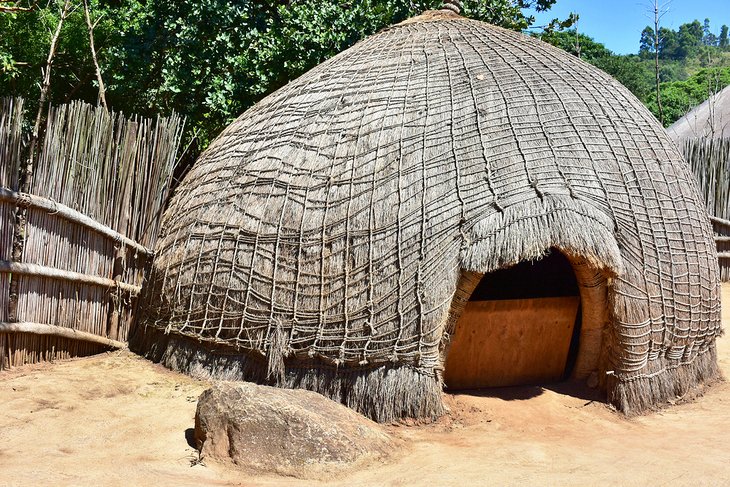
In the picturesque Ezulwini Valley, Mantenga Nature Reserve offers a fun taste of Swazi nature and culture. This compact 725-hectare reserve is home to the Mantenga Cultural Village , a recreation of Swazi life in the 1850s. Here, visitors can take guided tours to learn about Swazi culture and customs, participate in activities such as plaiting mountain grass and grinding grains, and watch impressive performances of traditional song and dance.
A highlight of the reserve is the stunning Mantenga Falls , Swaziland's most famous falls with the biggest volume of water. The reserve also protects wildlife such as baboons, vervet monkeys, bush babies, porcupines, rock hyraxes, servals, leopards, and various species of antelope, as well as an abundance of birds. Visitors can explore the reserve on foot, in their own vehicles, or on mountain bike. Day visitors are welcome, and overnight visitors can stay in the reserve's Mantenga Lodge .
Official site: http://www.mantengalodge.com/
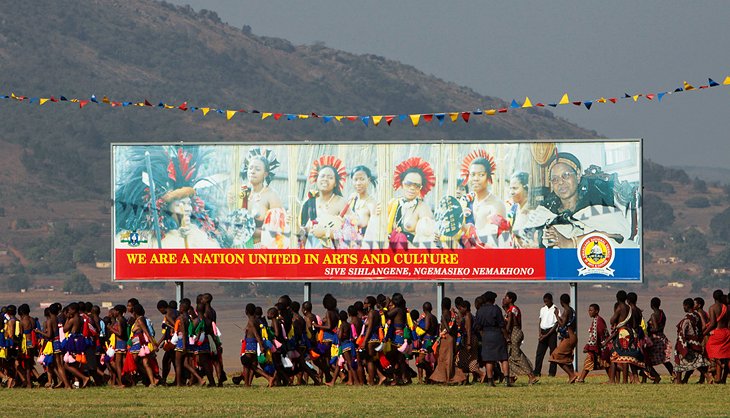
Experiencing Swaziland's rich culture and friendly people are highlights of a visit here. Travelers are welcome to watch some of the celebrations of the two main festivals. Umhlanga , the animated Reed Dance ceremony, is Swaziland's most famous festival. It takes place during the last week of August or first week of September when young women from around the country come here to participate in a joyful song and dance performance.
In December and January, Incwala is an impressive kingship ritual lasting about three weeks. At the beginning of the celebrations, representatives of the Bemanti people bring water from all the main rivers of Swaziland, gathered at the new moon. Young men then build a royal kraal at Lobamba from branches of the lusekwane tree and other plants. The climax is reached on the "great day," when the king, clad in his finest robes, symbolically tastes the first fruits of the harvest followed by cheerful song and dance.
Set in beautiful gardens, the small and modest National Museum in Lobamba hosts fascinating exhibits on the history, culture, and nature of Swaziland. The displays include examples of traditional dress with explanations of the significance of each piece, as well as a few exhibits on the native wildlife and dioramas with typical highveld and lowveld habitats.
Outside the Museum, visitors can explore a recreation of a Swazi kraal (village) with thatched huts. This is a great place to gain a feel for the country and its customs.
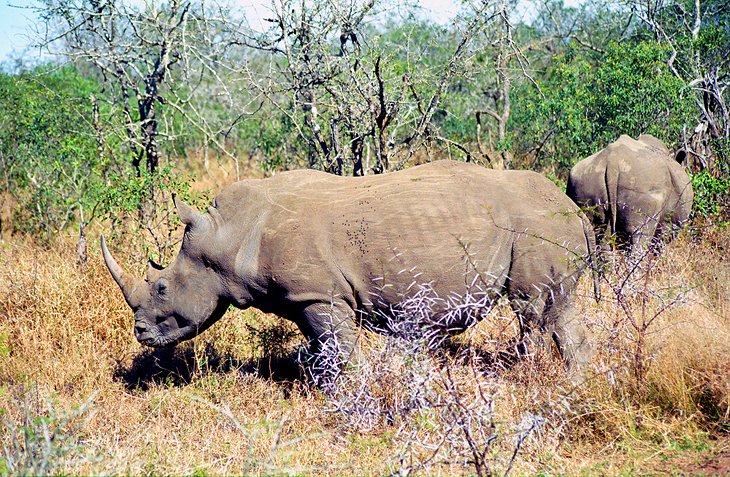
About a 40-minute drive south of Hlane Royal National Park, Mkhaya Game Reserve was established to protect endangered species, including white and black rhino. The park also protects buffaloes, giraffes, hippos, and many birds.
Day visitors are welcome to book guided game drives here with advance notice, while overnight visitors are ensconced in lantern-lit open-sided stone cottages at Stone Camp in Mkhaya Game Reserve . Game drives take place in open Land Rovers or are guided on foot. Note self drives through this park are not allowed, however.
Swaziland's first ecotourism project, opened in 2000, Shewula Mountain Camp sits atop the Lebombo Mountains just 20 minutes from the Lomahasha border post with Mozambique. Owned entirely by the local community, the camp occupies 2,650 hectares of mountain land and features stunning views across Hlane Royal National Park and Mubuluzi and Mlwulu Nature Reserve in the lowveld below.
There are a number of things to do on offer here for different fees. Top choices include guided cultural visits to the local village , where you can interact with residents and learn about their daily life. There is also a chance to meet with a Swazi traditional healer known as a Sangoma. Other choices include catching a dance performance, going mountain biking, or hiking down to the Mbuluzi River and gorge. Guests can visit Shewulu for the day or spend the night in one of the rondavel huts.
Official site: http://www.shewulacamp.org/
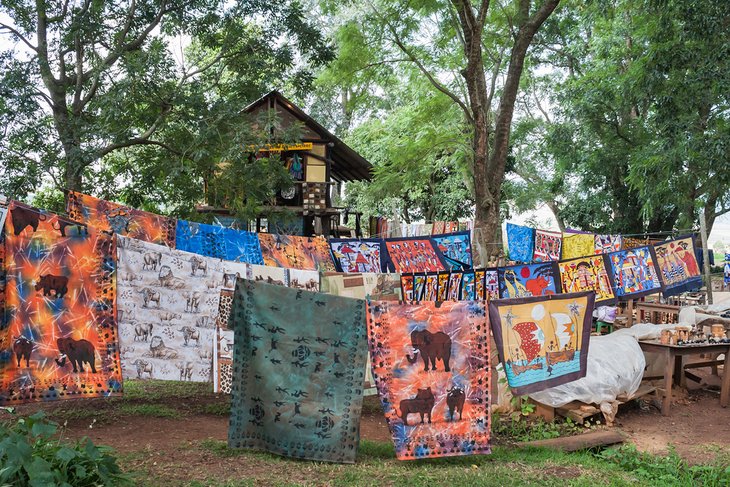
The small town of Malkerns serves as the gateway to the spectacular Mlilwane Wildlife Sanctuary and is a fun place to relax for a few days. Surrounded by lush green fields of crops, including rows of corn, it sits at the edge of Swaziland's eastern mountains.
The town is known for its handicraft scene, and there are both traditional art centers and craft stalls around town selling everything from the famous colorful Swazi candles known across the land to carved wooden animals, serving spoons, batik fabrics, and metalworks. Malkerns is also a good place to book a Swazi homestay.
We recommend these unique hotels in Swaziland, near the country's top attractions and nature parks.
Luxury Hotels :
- In Ezulwini The Royal Villas are a good luxury option — especially for families, as all come with kitchenettes. A swimming pool and free breakfast are other perks. There is also a restaurant on-site for other meals.
- The boutique Summerfield Botanical Garden & Exclusive Resort in Manzini is another top choice. It features glamorous decor, lush gardens, and top-notch service. Choose from one-bedroom suites or a three-bedroom cottage with its own private garden area. Kids under 12 stay free.
Mid-Range & Budget Hotels:
- The three-star Mantenga Lodge is in the Ezulwini Valley. If offers African-inspired decor, satellite TVs, and an inviting pool.
- Foresters Arms is another solid mid-range option. This Mbabane boutique hotel has a beautiful setting, warm and welcoming staff, and tasty food at the on-site restaurant.
- Finally, for a budget choice try the affordable Mountain Inn in Mbabane. This family-run hotel has tidy rooms, great views, and a lovely pool
More Related Articles on PlanetWare.com
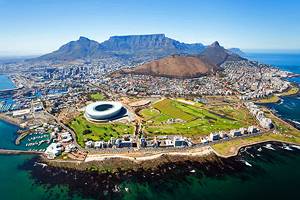
South Africa : Bordered on three sides by South Africa, most tourists visit Swaziland as part of a larger trip to South Africa. If you're interested in learning more about where to explore, check out our Top-Rated Tourist Attractions in South Africa article. It gives the scoop on what to do in this vibrant country-from exploring cities like Cape Town and Johannesburg to getting back to nature in one of the many game parks across the country. Oh, and then there are the beaches for surfing and some of the world's best road trip driving routes like down the Garden Route or Wild Coast .
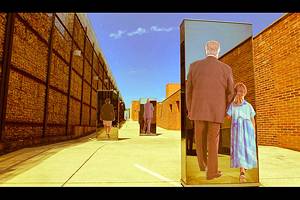
Johannesburg: South Africa's largest city, Johannesburg, or "Jozi" as locals call it, is the country's financial hub and also the soul of its fashion and art scenes. The city used to have a bad rap for crime, but it's much safer in recent years and is well worth devoting a few days on your itinerary to explore. Check out our Top-Rated Attractions in Johannesburg to learn more. It gives the scoop on everything from exploring the vibrant Maboneng Precinct to the important history lesson delivered by the somber Apartheid Museum.

More on South Africa
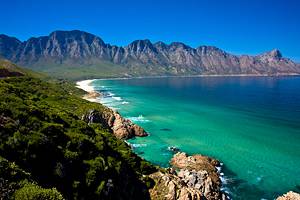

Home » Travel Guides » Swaziland » 15 Best Places to Visit in Swaziland
15 Best Places to Visit in Swaziland
Swaziland is a curious little place in more ways than one. For starters, it’s one of the few landlocked countries in Africa, and comes entirely encompassed by the borders of Mozambique and South Africa. Secondly, it’s tiny, which is pretty unusual for this part of the world. Yep, the whole country covers only 17,000 square kilometers, making it even smaller than Wales! Then there’s the land’s continued allegiance to an absolute monarchy; the Ngwenyama tribal kings hold complete sway over domestic politics here.
But all these little nuances are just part of the palpable and endearing charm of this southern country, and it remains one of the raw and untouched sections of the bush, where travelers can encounter traditional reed dances and stalk hippos and rhinos along the waterways. Zulu culture, awesome game sanctuaries, colorful craft markets and breathtaking mountains are just some of the other reasons to stop by!
Lets explore the best places to visit in Swaziland :
1. Hlane Royal National Park

In truth, there’s simply no other wildlife reserve in all of Swaziland that can live up to the sheer wealth of bucket-list sights and the mind-boggling biodiversity that Hlane has.
After all, this is the only (repeat: only) place in the nation where it’s possible to track down a lion (which have recently been repatriated), an elephant, and a rhino, all in the same day – that’s three of the Big Five! What’s more, the safari expereince here is well-developed, with rustic campsites next to more built-up lodges.
There’s also a well-maintained network of game paths, all offering great viewing between the knobthorn forests and the savannahs.

For all intents and purposes, little Lobamba in the hills is the capital of Swaziland.
Actually, it kind of shares the title with Mbabane down the valley, but it’s here that travelers will discover all the machinery of state: the beautiful Lozitha Palace, home to the Queen Mother; the Swaziland Parliament; the honorific memorials to the country’s independence hero, King Sobhuza II. And if you’re still searching for something to do, make a beeline for the informative National Museum of Swaziland, where the collections reveal stories of the British colonial age, and one colourful head of the Indian god Krishna tells of trading tales with the subcontinent across the Arabian Sea.
3. Mbuluzi Game Reserve

Step over the snapping crocodiles of the Mlawula River, located in the extreme north-eastern reaches of Swaziland, and it’s likely you’ll find yourself in the acclaimed Mbuluzi Game Reserve.
There are certainly fewer safari crowds here, due mainly to the absence of any of the so-called Big Five.
However, that just makes it easier to spot a roaming giraffe or herd of zebra on the plains.
What’s more, it also means a peaceful vibe; one that adds a real air of naturalism and wildness for those stays in the bush.
Mbuluzi has both campsites and family lodges for travelers with kids in tow.

A mere 95,000 people call Mbabane home, which should give you just a clue as to how large Swaziland is as a whole! After all, this town of low-rise bungalows and palm-dotted streets is the official capital, even if it’s sat more than 1,200 meters up in the Mdzimba Mountains.
The altitude is great for avoiding the scorching heat of the tropical plains below though, while the heritage and cultural attractions here are pretty good too.
Check out the endless bazaars and emporiums of the Swazi Maket, where wicker creations and soapstone whittlings meet fresh veg and fruit.
Oh, and don’t miss the views from drive-able Piggs Peak to the north.
5. Malolotja Nature Reserve

Wax up the walking boots and prep those thigh muscles, because the Malolotja Nature Reserve is hailed as one of the hiking meccas of southern Africa.
Ranging from the grass-topped highveld to montane forests, the region is home to the rugged rises of the Ngwenya Mountain (the second-highest in the country). It’s famed for its endless trails of trekking routes, which pierce deep into the wilderness and offer encounters with wildebeest and bucks, cheetahs and grazing bushpigs as they go.
Try to come in Spring or Autumn – summer here means rain, and winter can even see frost caking the ridges.
6. Malkerns

Right on the doorstep of the Mlilwane Reserve, the pint-sized town of Malkerns is a great place to while away a couple of days in the shadow of the eastern Swaziland mountains.
Encompassed by swaying fields of corn and other crops, the center here boasts a lovely clutch of earthy Swazi homestays, not to mention a range of country pubs (that’s the English influence, no doubt!). However, it’s the immersive craft stalls and traditional arts centers here that really take the biscuit.
You’ll be able to buy everything from woodworks to handmade candles.
7. Mantenga Village

Once upon a time, the beautiful areas around the village of Mantenga were known simply for their waterfalls, which – to be fair – are amongst some of the most awesome in the country.
However, in more recent years, the spotlight has shifted to include the cultural experiences offered by the Mantenga Village too.
It’s the place to go if you want to encounter the Swazi people and learn all about their rich heritage; if you want to see the famous reed dances in action, or want to witness the age-old style of hamlet construction used by the tribal folk here.
And of course, the waterfalls are still close by for that end of the day activity!
8. Piggs Peak

Accessible Piggs Peak represents the heartland of the old Swaziland gold rush.
Set in-between the hills of the north, it once attracted miners and prospectors of all types, who came to dig in the shafts around the town.
Unfortunately, the mineral wealth never really materialised, and the gold faces of Piggs Peak were closed down less than 70 years after opening.
Today, the spot has great hiking, some interesting craft markets, and nice homestays.
And it’s the perfect stopover for travelers making their way through to Kruger National Park, located just across the border in South Africa.
9. Big Bend

One of the main urban centers on the meanders of the Maputo River, appropriately-named Big Bend (the town does actually occupy a big bend on the water) has been a center for Swaziland’s important sugarcane farming industry for decades.
It’s a charming place, with a clutch of shops and inns, but the setting is what really counts.
In the distance, the grass plains and agricultural land give way to the rugged rises of the Lubombo Mountains.
Small eco lodges hide in the hills nearby, walking paths beckon as they delve into the deep-cut gorges and canyons to the east, and the green lawns of the Mhlosinga Nature Reserve are also on the menu.
10. Manzini

Once, this bustling industrial depot in the highlands of central Swaziland bore the name of explorer Arthur Bremer, who was one of the first colonial figures to designate this cool and temperate place an official trading post way back when.
Today, the city hasn’t shed its mercantile character, and it continues to reign as perhaps the most important economic powerhouse in the nation.
There are business hotels, trade fairs, and the Matsapha International Airport is just a stone’s throw away.
It’s hardly a wonder that locals endearingly refer to the bustling spot as simply, ‘The Hub’!

Sibebe isn’t a town, or a city.
It’s not a nature reserve, or some awesome man-made attraction.
However, it is a rock.
And it’s a darn large rock at that! Yep, the colossal dome that is the Sibebe Rock is the largest granite pluton in the world.
It sits just 10 kilometers away from the capital city at Mbabane, making it both accessible and unusual.
Tourists and locals alike love to climb the great monolith, which can be done on a whole host of different trails.
The hardest, hailed by many as the steepest incline trekking path in the world, is a real challenge, while some others are light and easy-going, offering beautiful views over the eastern mountains of Swaziland as they wind to the summit.
12. Mkhaya Game Reserve

The place to stalk the lowveld plains of Swaziland’s eastern haunch, the Mkhaya Game Reserve is a world peppered with acacias and trodden by galumphing great black rhinos.
It’s famed as one of the best bargain safari destinations in the region, offering affordable lodges and both jeep and walking game encounters as part of affordable packages.
Ecotourists who come here can stake out the riparian lands for giraffes, elephants, hippos and crocs, and learn all about the important poaching patrols that Mkhaya is known for.

Set deep between the hills of the Hhohho Region of northern Swaziland, tiny little Maguga has its own smattering of lodges overlooking Piggs Peak and the waters of the nearby lake.
But it’s the cause of said lake that really makes this corner of the country worth the stopover.
Why? Well, because it’s the home of the iconic Maguga Dam – that’s why! This colossal megastructure straddles a cut in the gorge of the Komati River, and has received countless awards for achievements in civil engineering.
It’s been designed to withstand flooding and cyclones, and can hold a total capacity of 332,000,000 cubic meters.
14. Simunye

Cast out on the lowveld plains that begin to bubble up and into the Lubombo Mountains to the west, Simunye is a prime example of a corporation town.
The population of just under 6,000 is entirely employed by the Royal Swaziland Sugar Corporation, which runs the great sugar mills and plantations that make their home here.
For international tourists, the town is also located super close to the acclaimed reserves of the Hlane National Park, has its very own protected area (the Simunye Nature Reserve), and comes with a pool-dotted country club serving international food.
15. Nhlangano

It’s just a short drive from the Mahamba border posts with South Africa to the town of Nhlangano, which is officially the fourth-largest in Swaziland.
Peppered with pretty jacaranda trees, the place is a chilled regional hub, with good transport links to the safari destinations of the lowveld deeper into the country.
However, if you chose to linger, you’ll be able to see the spot where King George VI once thanked King Sobhuza II for his country’s contribution to the war, and explore the high-perched hamlet of Hlathikhulu, set magnificently above the gorgeous valleys of western Swaziland.
15 Best Places to Visit in Swaziland:
- Hlane Royal National Park
- Mbuluzi Game Reserve
- Malolotja Nature Reserve
- Mantenga Village
- Mkhaya Game Reserve

25 Best things to do in eSwatini (Swaziland) in 2024
Officially called the Kingdom of Eswatini since 2018, the country is better known as Swaziland . This tiny nation is Africa ’s last absolute monarch and is located in Southern Africa landlocked by Mozambique to the east and South Africa to the north, west, and south. Despite being the smallest landlocked country in Africa by area and population, there are lots of amazing places to visit in eSwatini .
eSwatini is best known for its beautiful scenic and mountainous landscapes with waterfalls, gorges, rolling hills, rivers, valleys, and stunning mountain peaks. Nature enthusiasts will love the combination of hiking in Swaziland’s highlands and going on safari in one of the game reserves in the Lowveld with Hlane National Park as a top attraction in eSwatini to spot Africa’s Big Five animals .
Travelers who love to learn more about the Swazi culture and their lifestyle will be amazed by the many cultural things to do in eSwatini, like sleeping in beehive huts, cultural village tours, music festivals, learning about the history of eSwatini, and visiting the local markets with handmade Swazi products.
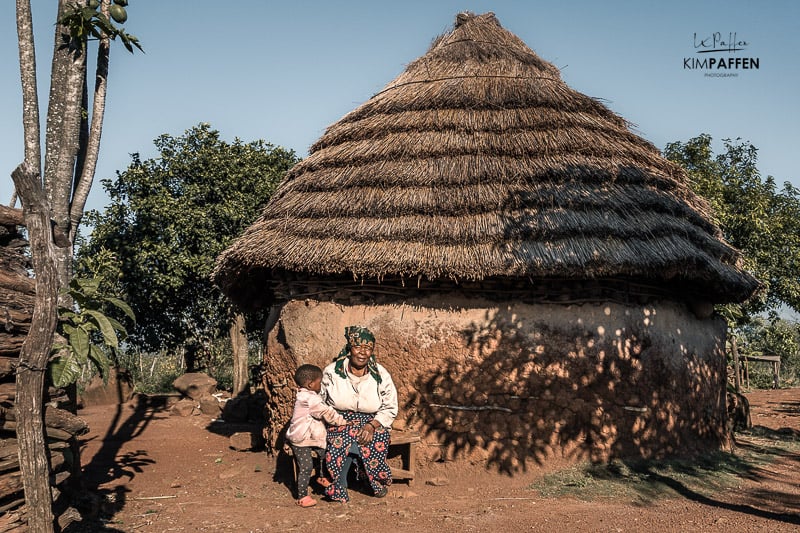
Planning to visit Eswatini or combine it with for example Kruger National Park and Hluhluwe in South Africa or with the white sandy beaches of Mozambique? Learn about the 25 best things to do in eSwatini (Swaziland) to create your Eswatini itinerary.
1 Quad Biking
Adventurous travelers looking for an adrenaline rush in the mountains should add this quad biking tour to their Eswatini itinerary. This fun quad biking activity is at Umushi weNkosazane Resort and Spa on the high rolling hills of the highveld in Forbes Reef, very close to Hawane Nature Reserve and the entrance of Malolotja Nature Reserve, on the road leading to Piggs Peak.
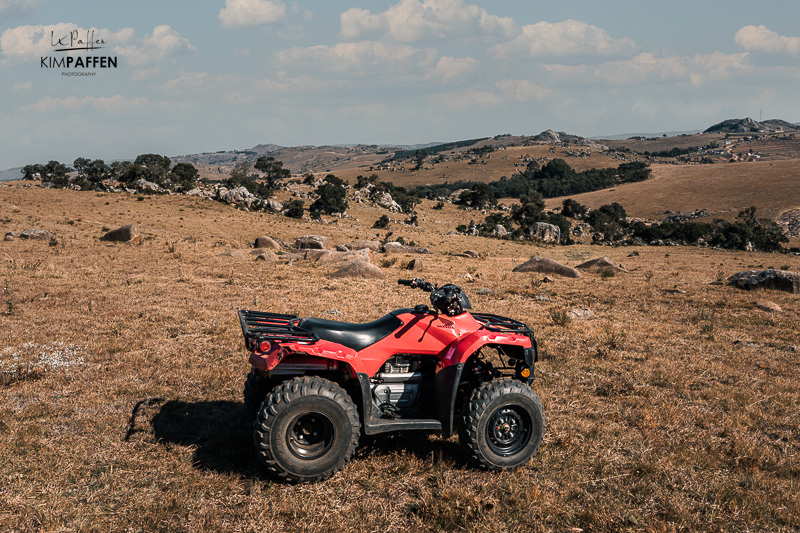
This Off Road quad biking adventure offering 360 degrees of panoramic views , is one of the most fun things to do in Eswatini. You can choose to either do a 30-minute tour (which I’d never suggest) or a 1-hour tour. I did the 1-hour tour but for the best experience, I would have liked to do at least 1,5-2 hours. This will give you a bit more time to take photos of the stunning views, go for a short walk, have a rest at the water streams, or get closer to the falls.
On this 1-hour guided quad biking tour with some of the best views that Eswatini offers , you make your way to the falls and from there you will make your way back to Umushi weNKosazane .
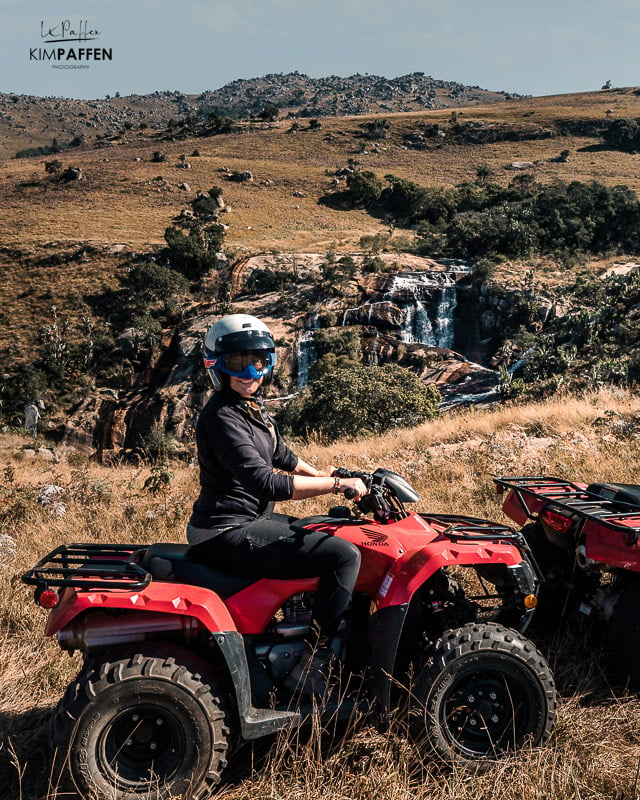
Our guide didn’t know the name of the falls, so if anyone knows the name of the waterfall, please leave a comment below. This quad biking adventure was one of the Swaziland highlights.
2 Malolotja NR
Malolotja Nature Reserve is the largest protected area located in the highlands of eSwatini where you will find the country’s highest mountains with Ngwenya Mountain standing out, to the deep Nkomati River Valley and the highest waterfall; the 89-meter (292ft) Malolotja Falls. In height, the waterfall measures itself with the Victoria Falls in Zimbabwe .
Molotja is a hiker’s paradise for adventurous travelers and nature enthusiasts. Malolotja National Park offers various hiking trails for beginners and advanced mountaineers including multiple-day (guided) camping trips for up to 7 days.
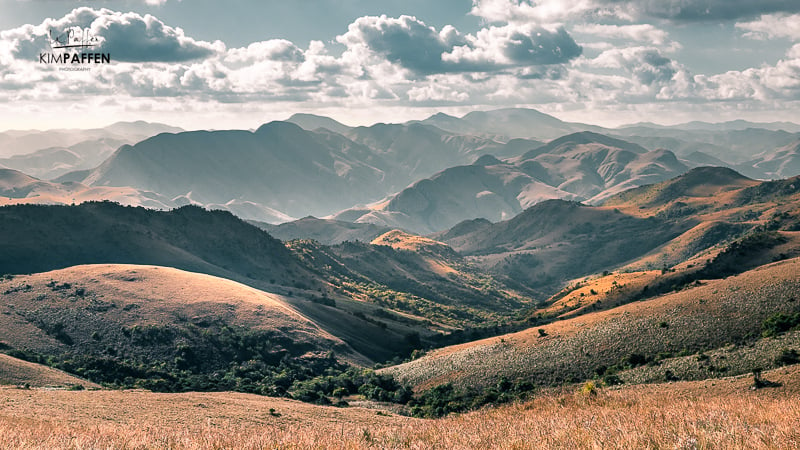
Molotja doesn’t have big game animals, but you are most likely to see various antelopes like eland, klipspringer, reedbuck, oribi blesbok, jackal, and blue wildebeest, the rare black wildebeest, and zebra. Leopards are part of the ecosystem too, but very rare to see.
Imagine this African wildlife with beautiful wildflowers and rolling mountain hills as a backdrop, and you’ll have picture-perfect views everywhere you look. The stunning nature reserve is also home to several birds with colorful species like louries, blue cranes, sunbirds, the endangered blue swallow, and a breeding colony of bald ibis, that nest on the cliffs near Malolotja Falls.
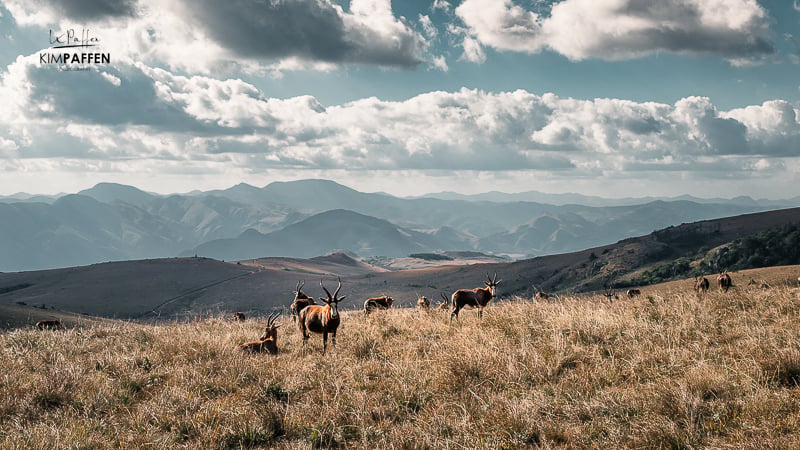
For the adventurous traveler, the reserve also offers the Malolotja Canopy Tour ; a fun adventurous activity in Swaziland's highlands where you zip line between wooden treetop platforms in the canopy. There are 10 slides and 1 suspension bridge . The canopy tour is one of the best and most adventurous things to do in eSwatini.
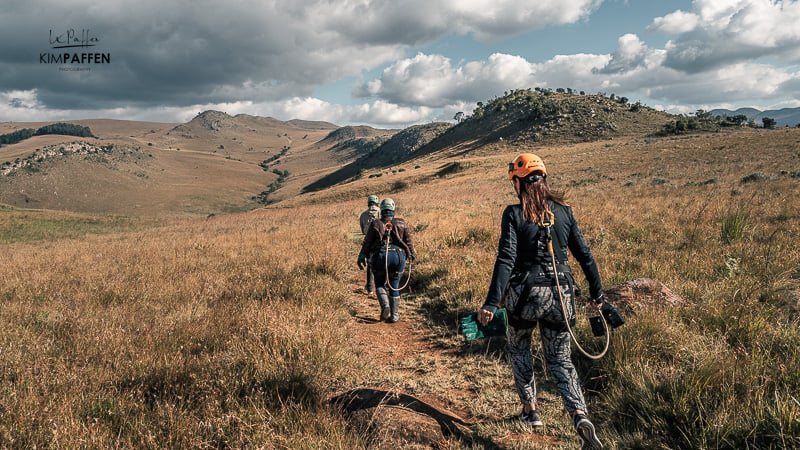
Other activities to do in Malolotja Nature Reserve are mountain biking, 4x4 safari, camping, and walking. You can easily spend a few nights in the unspoiled wilderness of Malolotja Nature Reserve, either at one of the many camping spots in the mountains or at picturesque wooden self-catering Malolotja Cabins with amazing scenic views over the rolling grasslands and mountain peaks in the distance.
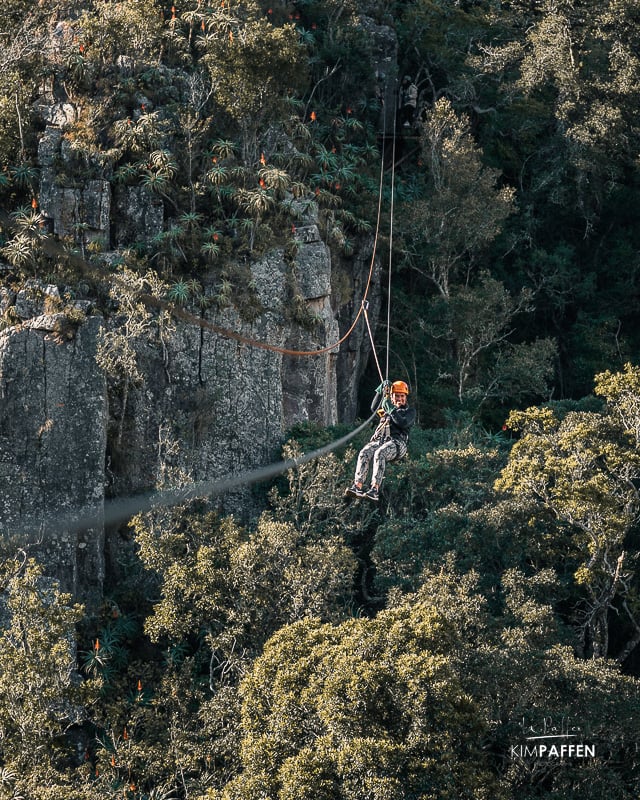
A list of top-rated Eswatini tourist attractions in Malolotja Nature Reserve (Eswatini):
- Malolotja hiking trails (half day up to 7 days)
- Malolotja Falls
- Mountain biking
- Malolotja Canopy Tour / Zipline
- Horse riding nearby Hawane resort
- Forbes Reef Gold mine in the center of Malolotja Nature Reserve
3 Maguga Dam
Maguga Dam is located in the tiny village of Maguga between the hills of the Hhohho Region in the northern part of Eswatini. Maguga, between Malolotja and Piggs Peak, is worth a stop-over to take photos of the 115-meter-high dam wall that crosses the Nkomati Valley . The structure was completed in 2001 and built to withstand flooding and cyclones. Maguga Dam has received many awards for civil engineering achievements. Apart from the impressive structure itself, it is also a beautiful place in Eswatini to relax at the lake shore, go on a boat tour, hire a houseboat or go fishing. Hippos are also present in the lake. If you don’t see them, you most likely hear them. Visiting Maguga Dam is one of the free things to do in Eswatini .
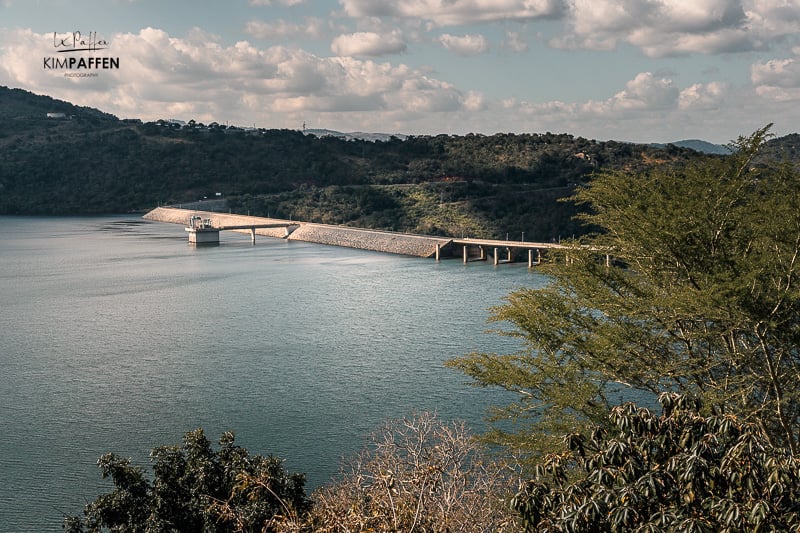
For one of the best views of Maguga Dam and good food, visit Maguga Lodge . The lodge has a lovely outdoor terrace with scenic views of Maguga Dam and the lake. From Maguga Lodge, you can also do guided hikes to the Nsangwini Bushmen Paintings and waterfalls.
Nice fact: Maguga Lodge is just a short drive from Kruger National Park and Mozambique and therefore an ideal stop if you wish to explore Eswatini in combination with South Africa and Mozambique.
4 Nsangwini Rock Paintings
The Nsangwini Rock Art comprises a series of Bushmen Paintings that are considered the best bushman paintings in Eswatini (Swaziland). These historical paintings are on the northern hillside of the Nkomati Valley overlooking Maguga Dam and the Komati River, beneath a rock shelter. These inspiring rock paintings are only accessible by foot.

A guide from the local community accompanies you on a 20-minute slightly steep and rocky hike down (and 25-30 minutes back up) to the Nsangwini Rock Paintings. At the rock shelter, the guide tells you everything about the symbolic meaning of the Bushman Paintings and how these hunter-gathered San people used to live. These works of art are an interesting way to learn more about the ancient way of life of our forerunners, which are believed to be up to 4.000 years old. The ‘birdmen’ painting lets archeologists think about whether it was the portrayal of a spiritual component of life in the Nsangwini Rock Shelter .
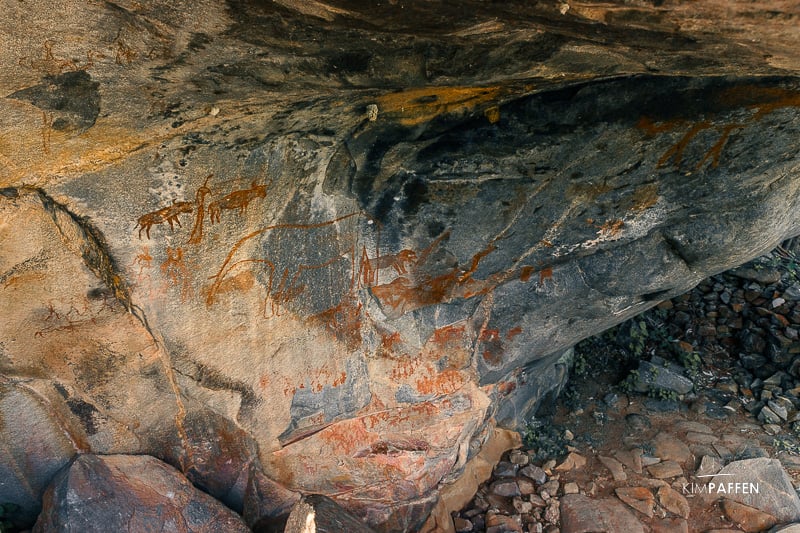
To my surprise, the paintings that are painted in red ochre and animal blood , aren’t protected yet. In my opinion, this historical site should be part of UNESCO’s World Heritage Sites to preserve these paintings for future generations. A few paintings are already washed away by rain and light; it would be sad if those meaningful paintings - that tell the stories of the San people - would vanish. Put it on your list of incredible things to do in Swaziland , as you never know how long these paintings will last if they're not protected.
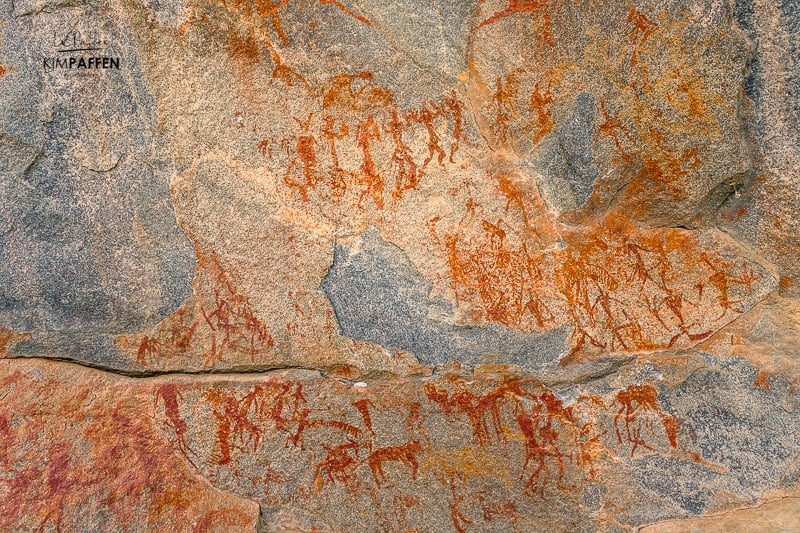
This hike to the Nsangwini Rock Art can also be extended with a trail leading to a few potholes, called Esicancweni: the Gap . An incredible thing to do in Swaziland
5 Piggs Peak
Piggs Peak town is only 30 minutes by car from Malolotja Nature Reserve and is named after William Pigg, who discovered a reef in the hills. The gold mine was the most important one in Eswatini. Nowadays Piggs Peak’s most important industry is forestry. Apart from that, it offers great hiking trails and nice homestays. Just like Maguga, Piggs Peak is also a perfect stopover for travelers that want to visit Kruger National Park in South Africa.
Souvenir shopping at the Peak Craft Centre north of the Piggs Peak Hotel & Casino is one of the best things to do in Piggs Peak as it is the most scenic craft center offering amazing views over Piggs Peak. Expect to find African handicrafts like carpets, curtains, hand-woven blankets, scarves and shawls, ceramics, stone-carving, and jewelry. At Coral Stephens Handweaving you can also see how the weaving takes place.
Where to stay in Piggs Peak? Check out the Piggs Peak Hotel & Casino .
6 Phophonyane NR
The 600-hectare Phophonyane Nature Reserve is only 8-10 kilometers from Piggs Peak with year-round water, tiny antelopes, and birds. The top tourist attraction of Eswatini's private nature reserve is the 80-meter-high Phophonyane Falls which can be visited on a short self-guided hiking loop. You start from Phophonyane Falls EcoLodge which is located on top of the waterfall. From there you hike down through the forest to the bottom of Phophonyane Falls, stopping at several viewpoints with scenic views of the falls.
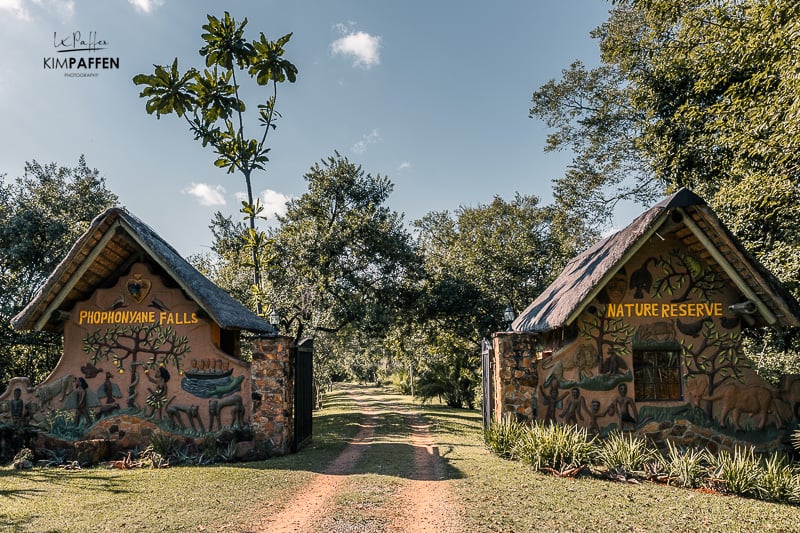
Once you are at the bottom you are treated with an up-close view of the waterfall which is also a great picnic spot to relax and take some images of the Phophonyane waterfall. The rocks are believed to be some of the world’s oldest rocks (3.55 billion years).
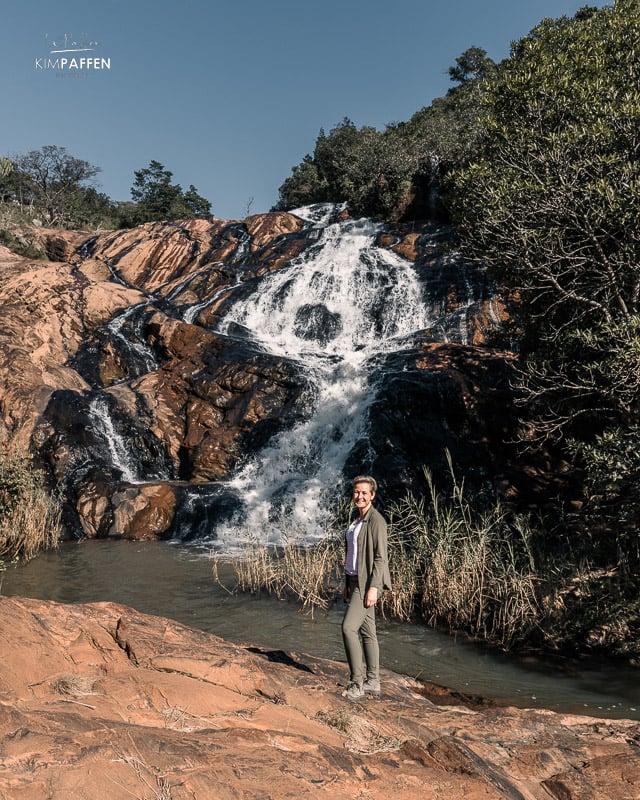
After that, you have to climb a steep hill with a few stairs to get back up. Along the walk, you can spot birds, spiders, millipedes, rainbow skinks, red duiker, vervet monkeys, and if you are lucky a snake.
Because of my tight schedule, I only did a short walk, but there’s a network of several walking trails around the river and waterfall. You may want to check out Phophonyane Falls EcoLodge , an enchanting place to stay with natural rock pools and a lovely swimming pool to relax. Definitely, one of the top things to do in Swaziland .
7 Shewula Cultural Experience
The Shewula Cultural Experience is one of my favorite things to do in Eswatini and also one of the most unique places I’ve visited during my stay in the Kingdom of Swaziland . This cultural activity takes you to Shewula Mountain Camp, located on top of the Lubombo mountain range, nearby Shewula Nature Reserve. Be prepared for an African massage on your way up as the last 10 km is a dirt road.
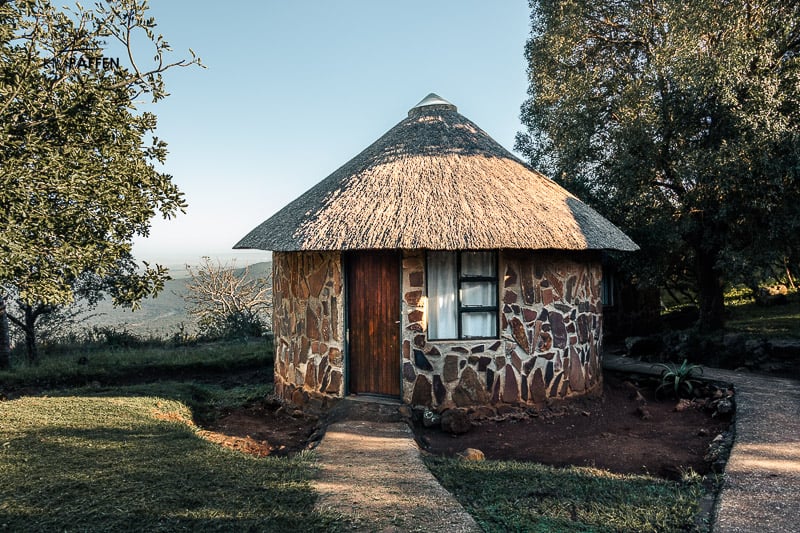
Shewula Mountain Camp
On arrival, you get a warm welcome from the kids of the community performing traditional dances and songs. Sleeping in Shewula Mountain Camp is an experience on its own as you can enjoy an amazing night sky with clear views of the milky way, the Southern Cross, Scorpio, and many more star constellations.
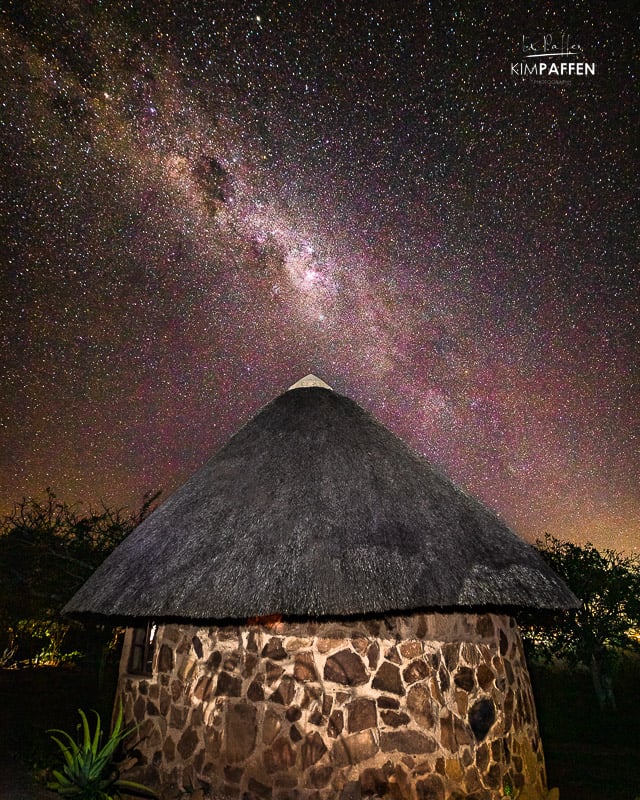
The traditional community huts with thatched roofs don’t have electricity but only two oil lamps and an outdoor shower with premier views of the stars. There is no phone signal or WiFi, meaning back to basic and I loved it. Charging your devices is possible in the dining area.
First Eco-tourism project Eswatini
The goal is to experience how these members of the Shewula community live, so we also got to taste some traditionally cooked meals for dinner and breakfast. The Shewula Mountain Camp experience is the first community-owned eco-tourism project in eSwatini and the community counts 14.000 members.
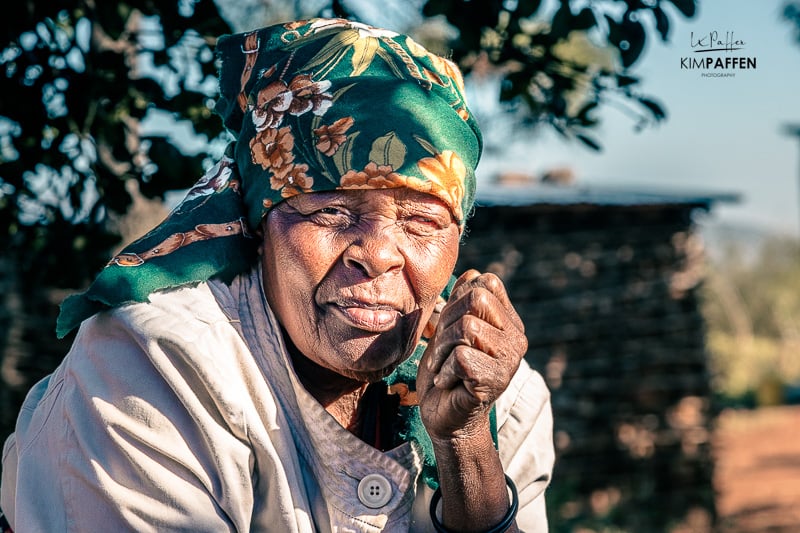
Shewula was without a doubt one of the highlights of my visit to Eswatini for several reasons. The views were simply magnificent with panoramic views of Swaziland and Mozambique. If you only plan to stay for one night, arrive in time for the magical sunset and make sure to wake up early to sip your coffee while the sun is slowly rising. The colors in the sky are amazing.
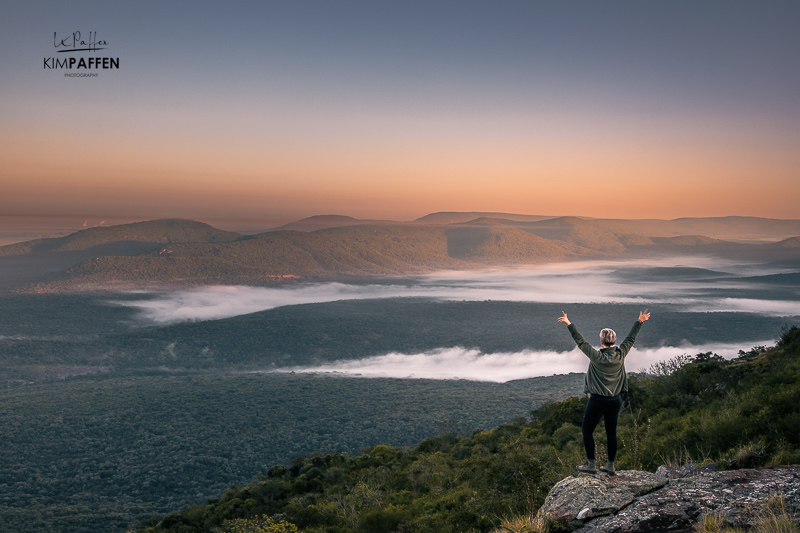
Shewula Village Tour
As part of the Shewula experience, they also offer a cultural village tour to several homesteads belonging to the Shewula community. These visits were still authentic and not touristy, like the commercial village tours in some places of Eswatini - like Mantenga. I felt privileged to get a peek into their home and learn about their way of life.
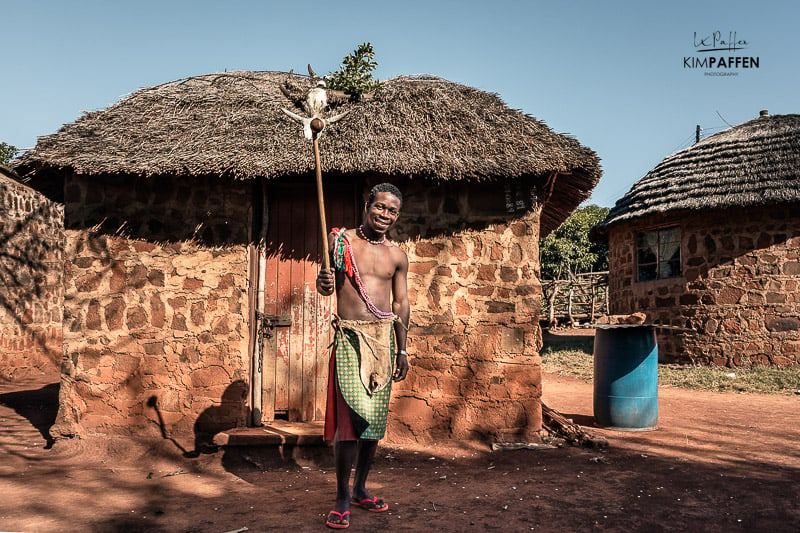
Other things to do in Shewula Nature Reserve are several hiking trails and mountain biking. In my opinion, Shewula is one of the most beautiful places to visit in Eswatini.
Hlane Royal National Park is the no. 1 tourist attraction in Eswatini. It’s the only national park in Swaziland and it offers good game viewing possibilities. If you’re going on a game drive in Hlane National Park, you can find 4 out of the Big Five : Elephant , Rhino , Lion , and Leopard. Three out of the Big 5 are usually easy to spot, except for the elusive leopard. I saw several white rhinos , male lions and a lioness, a cool rock monitor next to the game drive vehicle, and animals like warthog, antelopes, and birds.
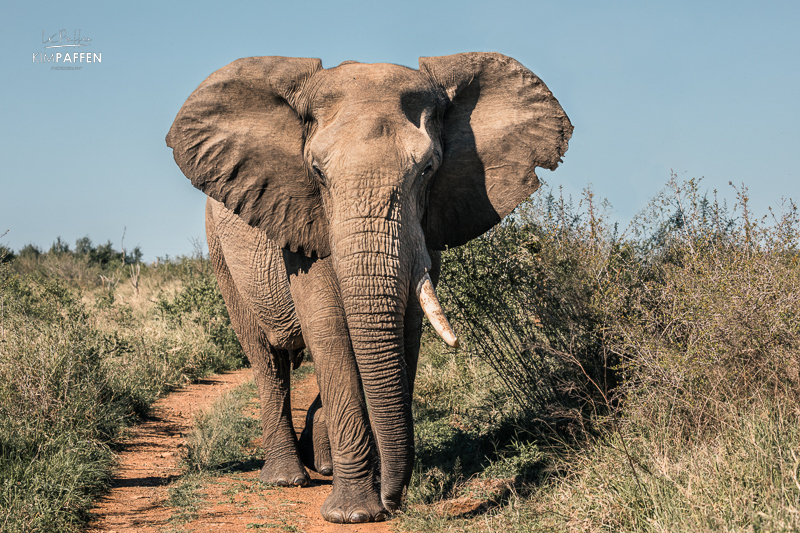
You can either choose to do a game drive as a day visitor or opt to stay inside Hlane National Park in one of their camps, like Ndlovu Camp. The nice thing about Ndlovu Camp in Hlane is the presence of a water pool where you regularly spot hippos or rhinos coming to drink as well as several birds like storks and Hamerkop.
Visitors are also welcome to do a self-drive but going on a game drive by yourself doesn’t allow you to go to the area where the lions are. That is a separate area in the Hlane National Park that is only accessible to tourists that book a guided game drive.
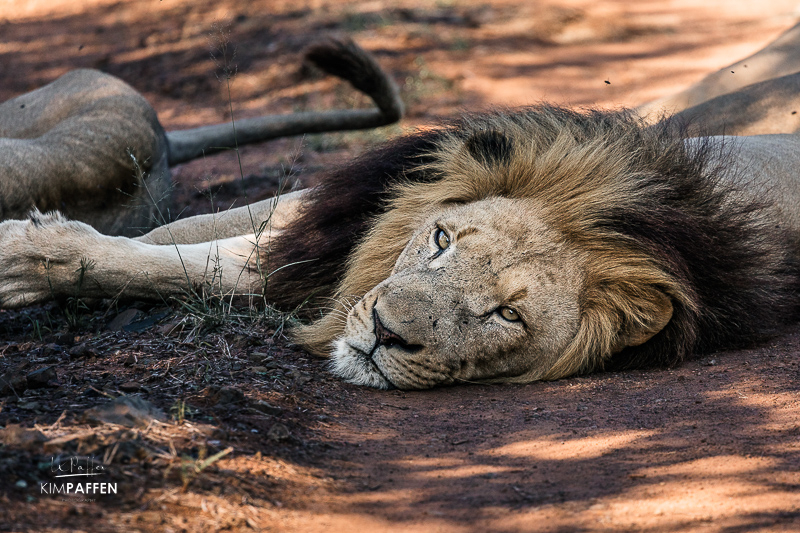
Hlane Royal National Park is part of the Kingdom of Swaziland's Big Game Parks . His Majesty, King Mswati III , held an interesting speech at Hlane in July 1994 as a tribute to the Game Rangers of Eswatini:
"I would like to mention the role of the forgotten heroes of Swaziland's conservation efforts. The Kingdom's ranger force, under the dedicated and determined leadership of my wildlife advisor Mr. Reilly, Macobane, continues to display the highest levels of courage, devotion, and professionalism in their daily work. Without the discipline and commitment of all our rangers Swaziland (now Eswatini) would have no wildlife left to admire, they are an inspiring example to us all..."
9 KaMsholo Safari
Formerly known as Nisela Safaris, KaMsholo Bushveld Safaris impressed because of the stunning Lebombo mountains as its backdrop, including a body of water and acacia savanna with iconic Africa trees, known as ‘umbrella’ acacias. You can stay within KaMsholo Game Reserve .
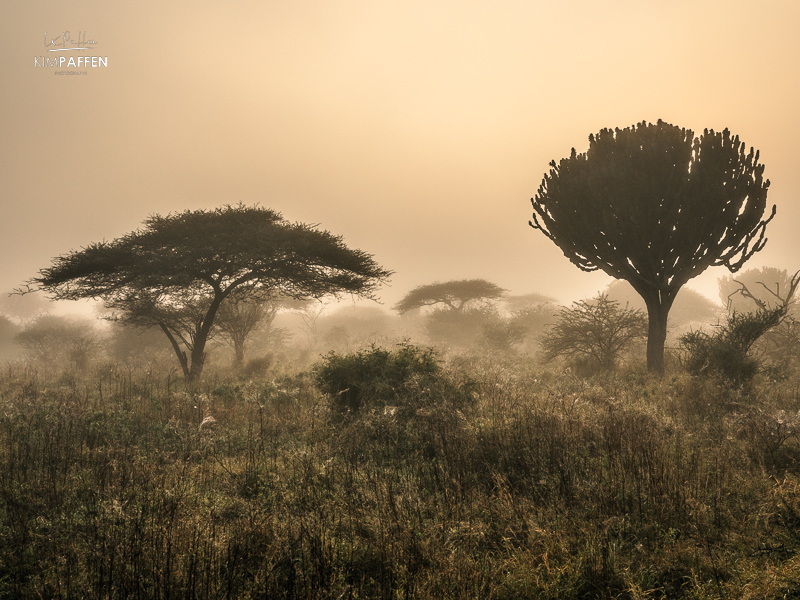
KaMsholo Game Reserve has no big game animals or predators, only antelopes like impala, nyala, kudu, reedbuck, and duiker. Other common wildlife to spot on a game drive in KaMsholo is wildebeest, zebra, giraffes, ostriches, warthogs, and lots of birds, with mostly Hornbills, Go-away birds, glossy starlings, kingfishers, and several raptors. If you look at wildlife only the park isn’t the best park for a safari in Eswatini , but the combination of the vegetation and views makes it a scenery you will find nowhere else in this land of the Swazi.
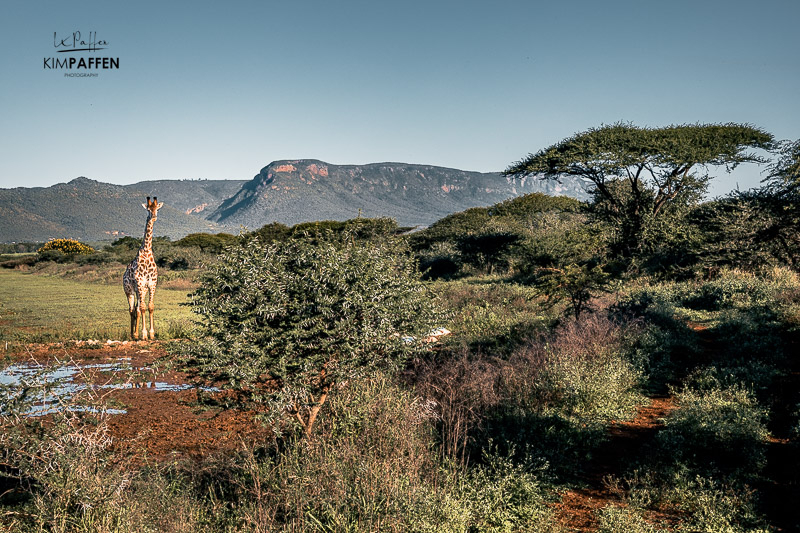
Another interesting addition to Nisela Safaris , now called KaMsholo is the two-level photography hide with views of a water hole; a birder’s paradise. Apart from birds we also spotted water monitors. Have a look in the morning and in the afternoon. In the morning there’s still mist hanging over the water which adds a more dramatic look to your images. If you are a lover of travel photography or wildlife photography add KaMsholo Safari to your Eswatini itinerary.
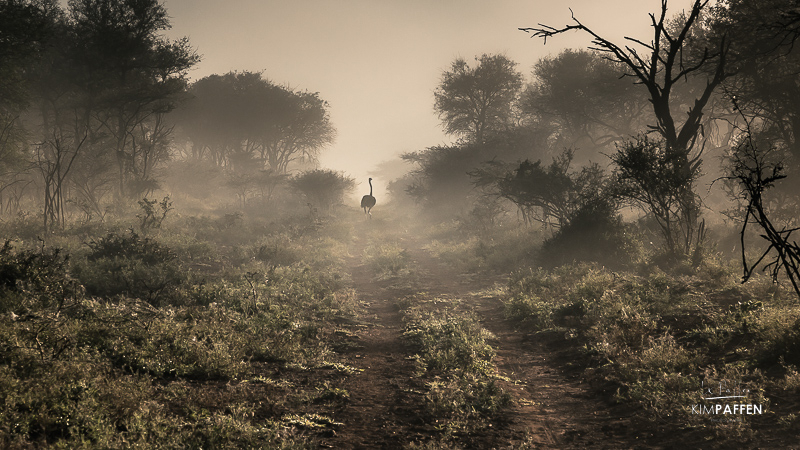
If you visit Eswatini during wintertime, don’t skip the morning game drives in KaMsholo! The low-hanging fog between the acacia trees offers some great photography opportunities. The orange-colored African sunset on your afternoon game drive safari in Eswatini is also a real treat and gives you the ‘this is Africa’ feel.
10 Mkhaya Game Reserve
Award-winning Mkhaya Game Reserve is Eswatini’s refuge for endangered species; a unique international conservation effort. The reserve lies in the heart of the Lowveld, between Manzini and Big Bend, and is an exclusive safari retreat in Eswatini. Mkhaya offers a unique wildlife experience with endangered African species, like the Black Rhino and White Rhino. It has one of Africa’s most effective anti-poaching units to protect these highly endangered species.
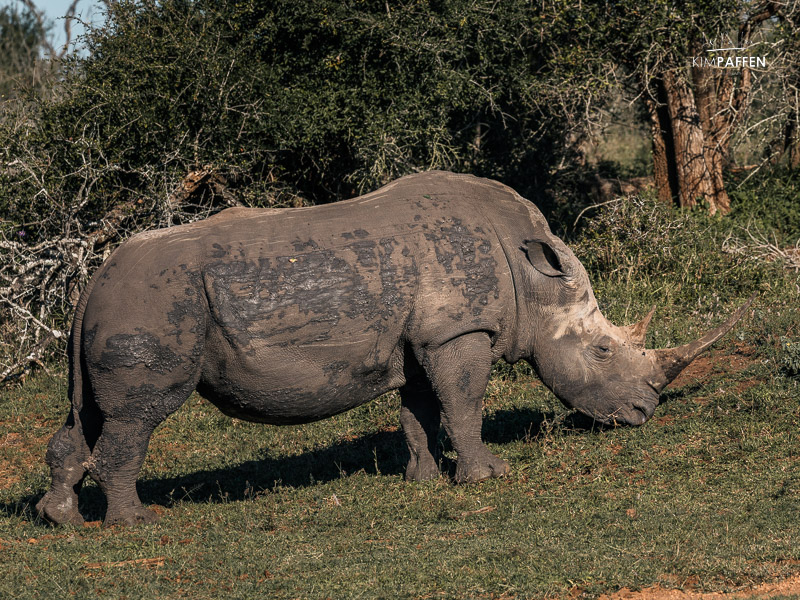
Mkhaya Game Reserve is also home to giraffes, zebra, hippo, crocs, warthog, the only buffalo in Eswatini, as well as the sable antelope, tsessebe, and Livingstone’s eland. Visiting Mkhaya is a soul-enriching responsible thing to do in Eswatini, as you support their conservation efforts through paying park fees.
Apart from game drives, Mkhaya also offers game walks and bush trails where you track rhinos on foot in Eswatini . Common sightings on these walks also include both black rhinos and white rhinos, a very special experience to view these endangered animals up-close. However, these bush walks are not only about rhino trekking or other big game animals. It’s a complete experience where you become part of the environment and one with nature using all your senses to learn everything about the African bush. If you are into a bush walk, pack good closed walking shoes with solid soles to protect yourself from thorns, a sun hat, insect repellant, and lightweight long clothing.
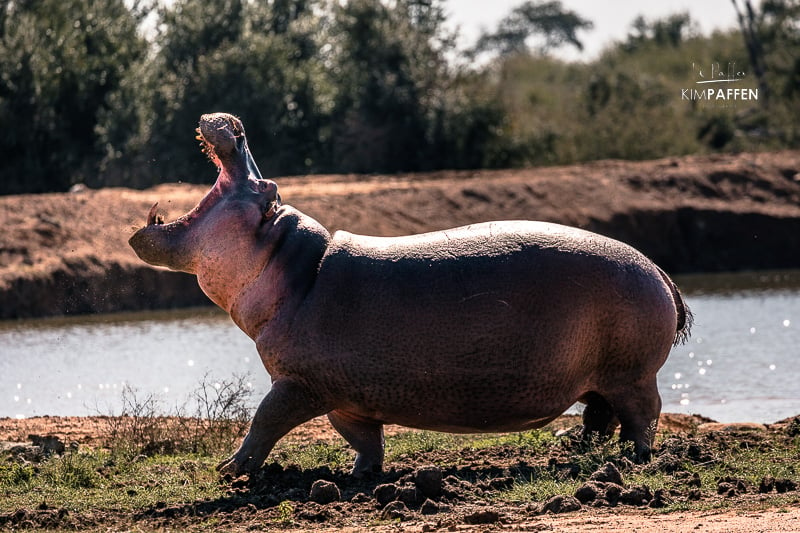
11 Manzini City Tour
Doing the Manzini Eco City Tour is a journey to experience Manzini as a local while discovering all the hidden gems and historical buildings Manzini has to offer. Manzini is formerly known as Bremersdorp by the name of explorer Arthur Bremer, and used to be the colonial headquarters.
In the Old Stone Church Museum in Manzini’s old town, you come to know about the origin of Manzini. After that, you will explore other interesting places in Manzini, like king Bhunu’s trial site, the King’s tree, Manzini markets, the birthplace of His Majesty, the Ludzidzini Royal Residence, and the grand statue of the father of the Swazi nation (King Sobhuza I) that stands in King Somhlolo Park .

Manzini is a true Hub nearby the Matsapha International Airport in Eswatini and worth adding to your Swaziland itinerary. It’s also a good place to find typical Swazi souvenirs . Strolling the markets is a free thing to do in Swaziland, but the local sellers appreciate it when you buy a small souvenir at one of their stalls.
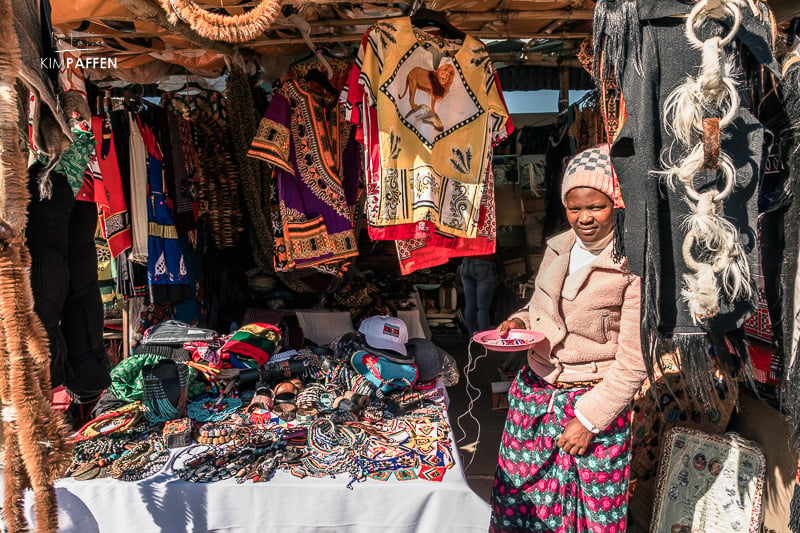
12 Mantenga Reserve & Falls
Mantenga Nature Reserve is one of the best places to visit in Eswatini (Swaziland) with Mantenga Falls as the main tourist attraction; it’s Eswatini’s largest waterfall by volume. The reserve offers several short trails that lead to several rock pools along the southern boundary with Mlilwane Wildlife Sanctuary and the Mantenga Falls.
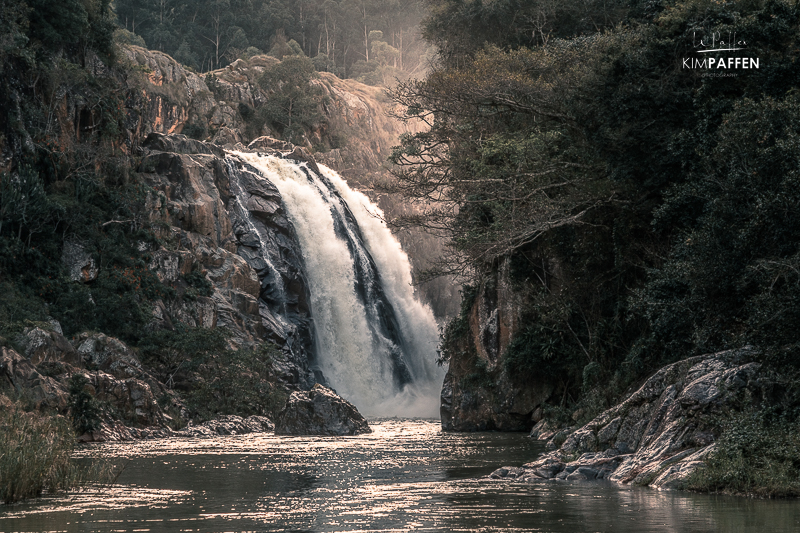
On your trail through the forest, you can find small wildlife, like duiker, rock hyrax, bush pig, nyala, vervet monkeys, and klipspringer. Stay in Mantenga Lodge if you like to stay inside the reserve. At the reception, there’s a free map available with various hiking trails. Mantenga Cultural Village is also part of the Mantenga Nature Reserve and is worth a visit if you would like to learn more about the Swazi traditional way of life.
13 Swazi Cultural Village
The Mantenga Cultural Village in Swaziland is the most popular cultural thing to do in Eswatini among tourists. The Swazi village is part of the small Mantenga Nature Reserve that is situated in the Ezulwini Valley .
The Swazi cultural village with authentic beehive huts is a replica village built for commercial purposes to teach tourists visiting Swaziland about the Swazi history, culture, and traditions. A guided cultural village tour includes a cultural show where Swazi perform a sibhaca dance and sing meaningful songs.
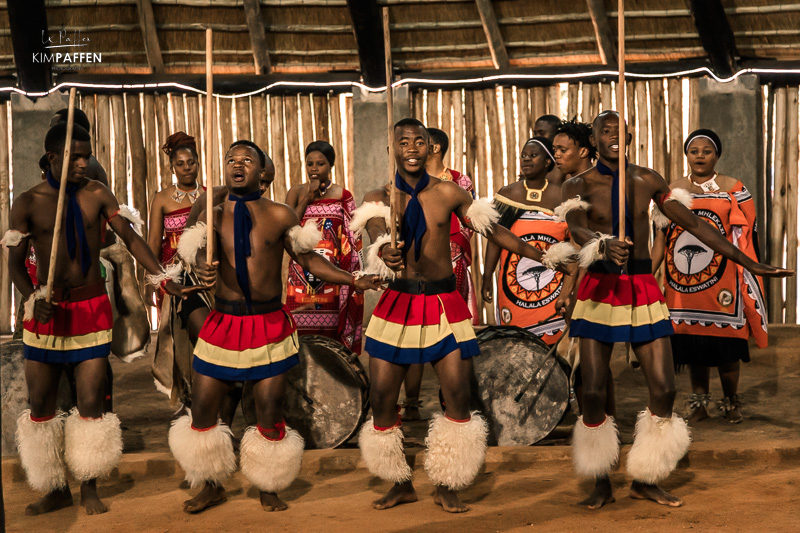
After the cultural display, you visit the replica Swazi village where a local guide will explain how the Swazi life, including the role of every family member and the purpose of each beehive hut. He also talks about the authentic materials used to build these famous Swazi huts .
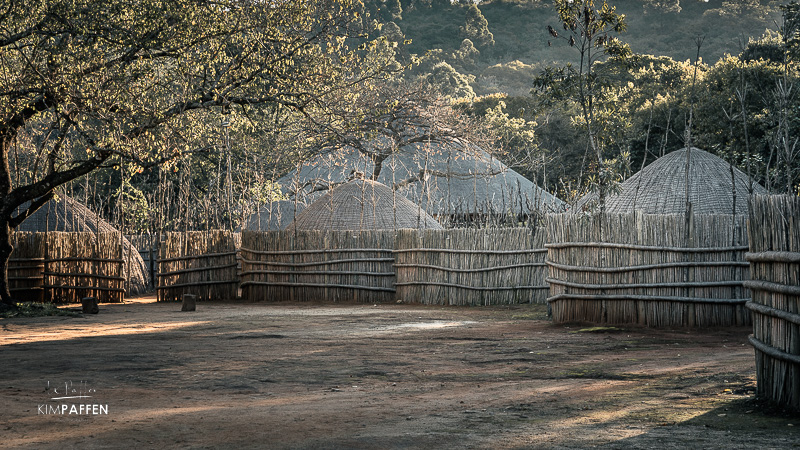
Personally, I’m not a fan of these commercialized villages and I prefer visiting authentic villages. On the other hand, it’s a great and probably the best way to learn about the Swazi lifestyle and their cultural traditions. Therefore, I put it on this list of the best things to do in Swaziland. Especially for those who are short in time because they use Eswatini as a shortcut to travel from Hluhluwe to Kruger or vice versa, this is a great stop-over to learn more about the Swazi way of life. Mantenga Cultural Village is also close to Swaziland National Museum , at King Sobhuza II Memorial Park.
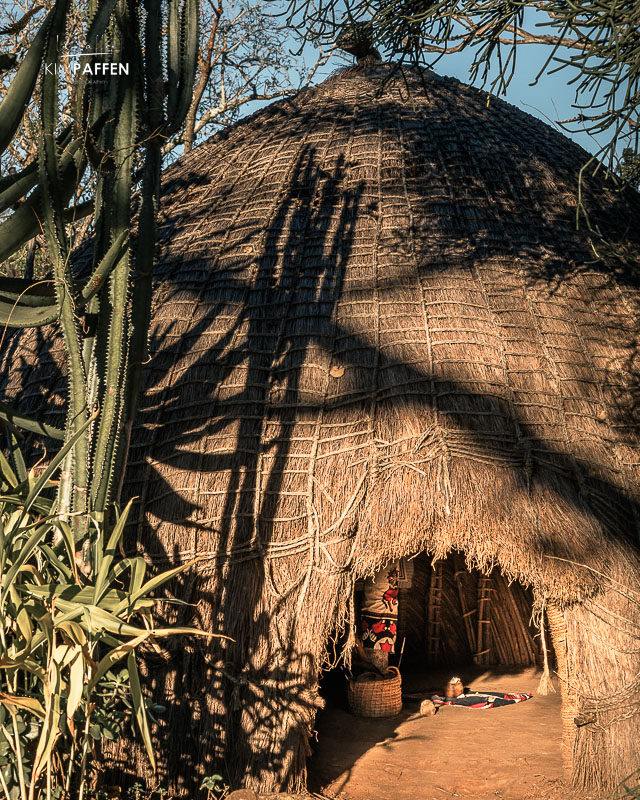
Mbabane is the official capital city of Eswatini (Swaziland) and is also the largest city in this land of the Swazi. The city is located on the Mbabane River, in the Hhohho Region. Mbabane is a great location as a base to explore some of the best places in Eswatini as it's centrally located among Swaziland's top tourist attractions.
Mbabane is also known for the Mbabane Market with fruit and veggies sold by the 'market mamas', the Mbabane Shopping Mall, Swazi Plaza, and the traditional Swazi Craft Markets . You can find one on the main road next to the Ezulwini Sun and the other one is at the Royal Swazi's Suns' entrance. You can also enjoy the nightlife in Mbabane as it also has bars and a casino.
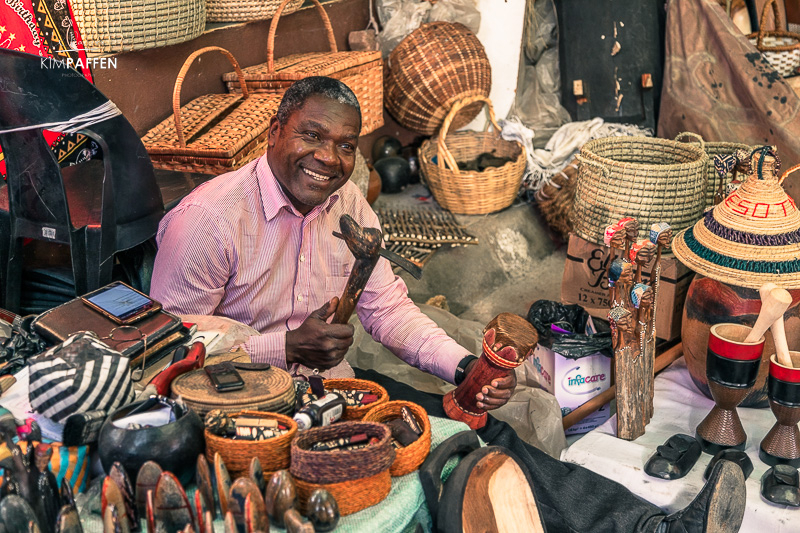
If you are looking for a good restaurant in Mbabane, choose Ramblas Restaurant . It's one of the best restaurants in Eswatini and that's also where I drank one of the best coffees. My best Eswatini travel tip for lunch is Farm to Table in Mbabane. Its mission is to create market access for local farmers and start-up food businesses. They do this by making their goods conveniently and easily accessible to people in both their shops and restaurants. If you are going for lunch at Farm to Table you are supporting locals and making a positive impact on the community, a perfect example of sustainable travel .
15 Sibebe Rock
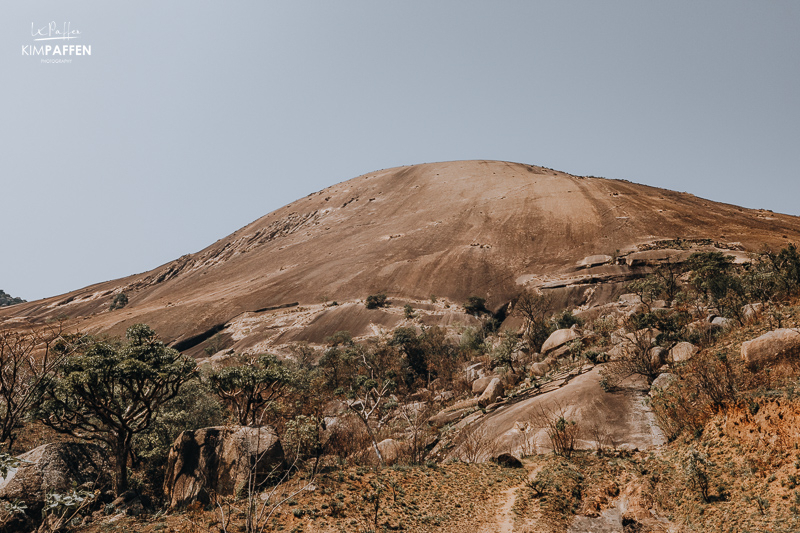
Sibebe Rock is the world’s largest granite dome and is located only 10 km from Mbabane, the capital city of Swaziland. It’s an impressive geological volcanic feature that is up to 3 billion years old. You can book several Sibebe Rock Tours and there are a variety of hiking trails to climb Sibebe Rock. Some of them are hard and very steep, while other trails are easy with amazing views. Climbing Sibebe Rock is one of the best hiking activities in Eswatini and a must for your Swaziland bucket list.
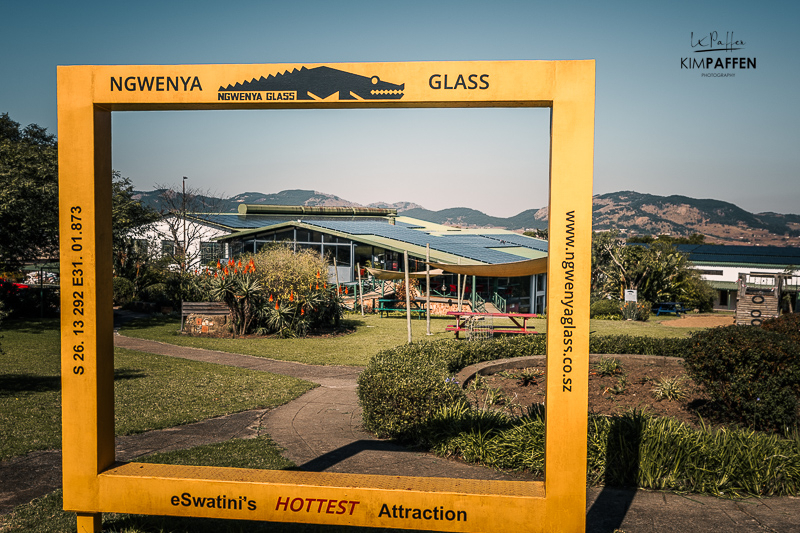
16 Ngwenya Glass Factory
What I liked about the Ngwenya Glass Blowing factory is that you can see local Swazi creating handmade products from 100% recycled glass. A worker in the factory showed us how they shape and mold molten glass into various products. They named themselves the hottest tourist attraction in Eswatini .
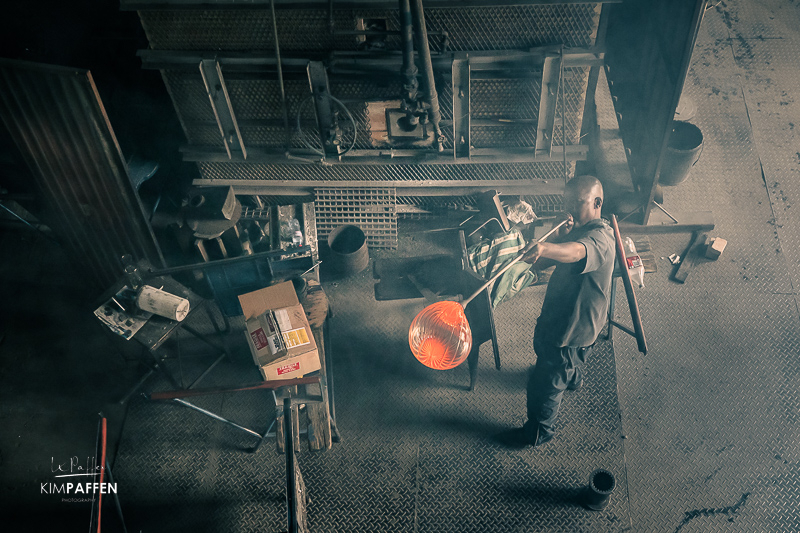
The factory also encourages the local Swazi community to collect discarded glass in return for payment; I really love these kinds of eco-friendly community projects. Next to the Ngwenya Glass Blowing factory, there are many other souvenir shops with handmade products from eSwatini, like jewelry and other products made from recycled paper, woven baskets, clothing, and Swaziland chocolate.
17 Sleep in traditional Beehive huts
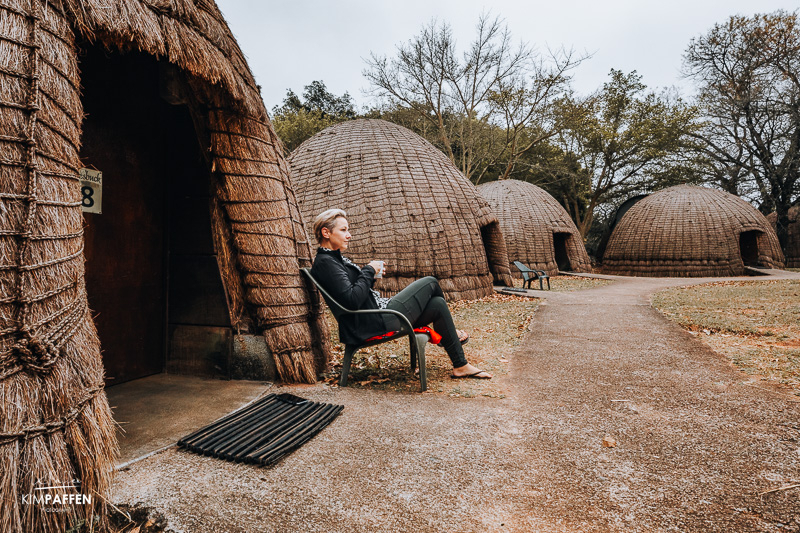
One of the top things to do in Eswatini is stay in a traditional beehive hut .
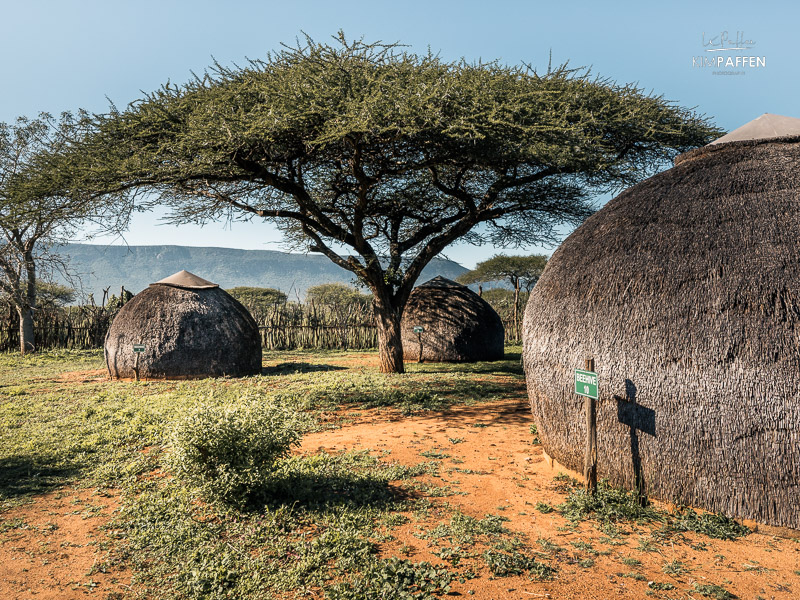
There are a few places to stay in Eswatini that offer these unique sleeping possibilities, like the traditional beehive chalets – complete with modern interiors – at Hawane Resort, and the budget-friendly Swazi huts in KaMsholo Bushveld Safaris, which is one of the cheap(er) places to visit in Swaziland.

At Mlilwane Wildlife Sanctuary, you also have the possibility of sleeping in a traditional swazi beehive hut .
18 Lunch at Velvet Monkey
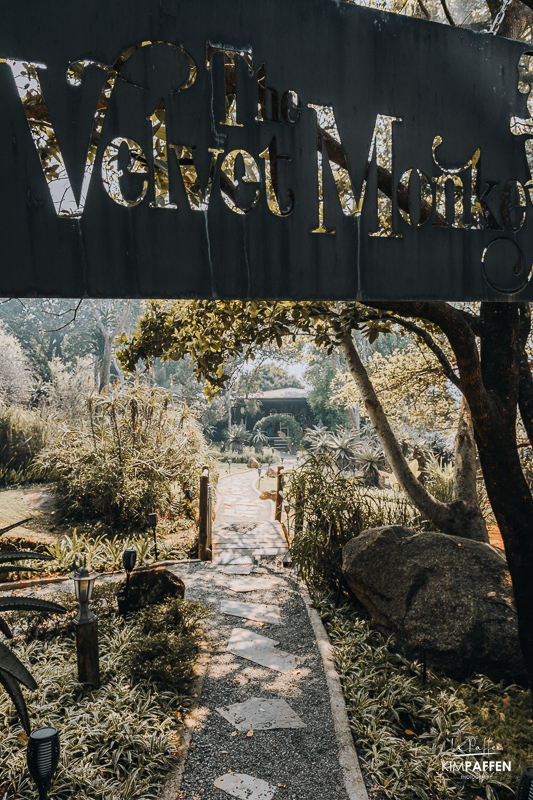
A great lunch or dinner spot in Eswatini is the Velvet Monkey . It's rated among one of the best restaurants in Eswatini and in Ezulwini. The friendly staff and cozy atmosphere make you feel at home, and the food is excellent with reasonable portions. Nestled in Eswatini's beautiful landscapes, it's a hidden gem for those who love exquisite Italian cuisine. The unique decor adds to the charm, and I suggest outdoor seating, which is covered and enjoyable even in rainy weather.
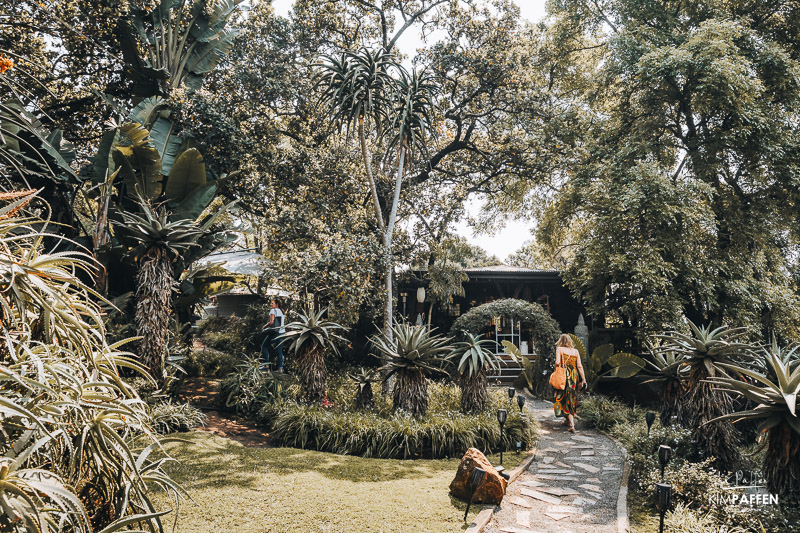
The Velvet Monkey is currently a popular place, known for its unique interior, lovely views, warm ambiance, creative cocktails, and great Italian food and/or tapas platters. They also offer regular live music and karaoke for a fun time.
19 Swazi Candles
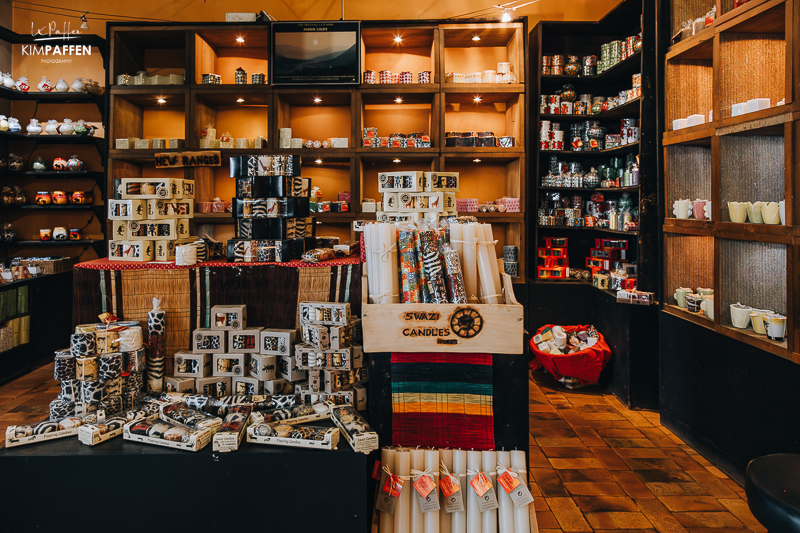
If you’re looking for a place to shop for local Swazi crafts, handmade goods, and other souvenirs, you can lose track of time at the Swazi Candles Center . It’s a touristy, but lovely, informative, and unique spot.
The Swazi Candles Centre serves as a hub for promoting local craftsmanship and supporting the Swazi community's livelihood. The core business is candle making, both traditional paraffin wax and soy candle tea lights. They currently export to over 20 countries.
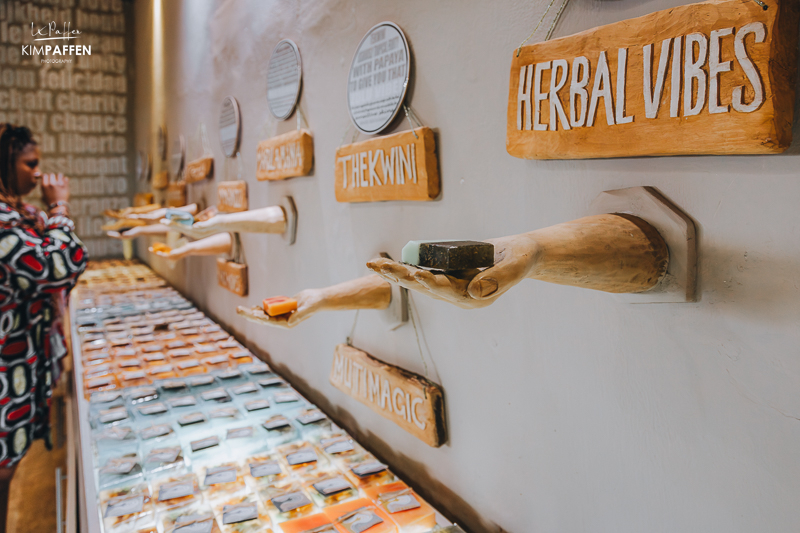
Apart from that, the Swazi Candles Centre has become an important cultural landmark and a significant contributor to the Eswatini's tourism industry, drawing visitors from all over the world interested in experiencing Swazi culture and witnessing the creation of these exceptional handcrafted candles. Apart from candles they also sell Swazi Soaps .
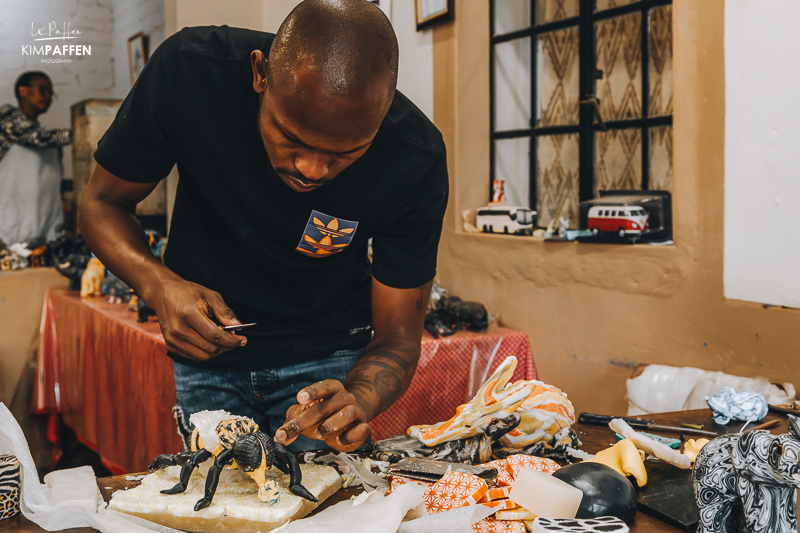
Swazi Candle Travel Trip : attend a candle-making tour (free) to learn how they make the candles and develop appreciation for their work. There is also a market where you can buy other handmade Swazi souvenirs and a restaurant.
20 Summerfield Botanical Gardens
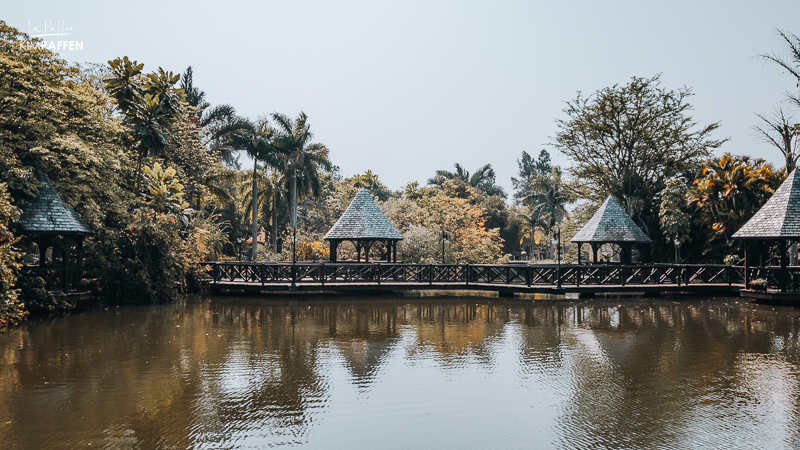
Tucked away in the breathtaking region of Malkerns Valley, Summerfield Botanical Gardens is a perfect place to unwind by taking a leisurely walk in their beautifully decorated gardens and having lunch or dinner at the restaurant with views of the lake.
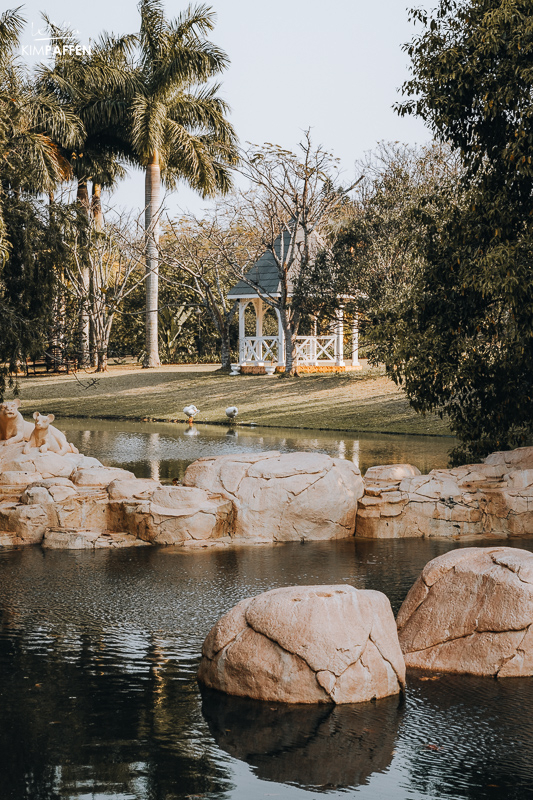
The Summerfield Resort is one of the best places to stay in Eswatini , close to several popular Swaziland attractions. Rated #1 accommodation in Eswatini by the Ministry of Tourism, Summerfield Resort is a special place, perfect for a breakaway. I didn't stay at the hotel in the Botanical Gardens myself, but I did enjoy a delightful tapas lunch at the restaurant of Summerfield Resort, which is known as one of the best restaurants in Eswatini.
21 Mlilwane Wildlife Sanctuary
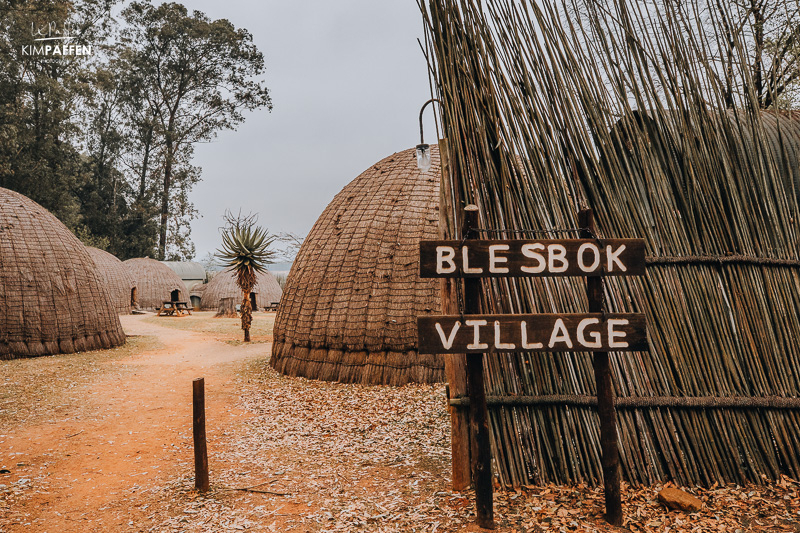
Situated between Mbabane and Manzini in the Ezulwini Valley, also known as the 'Valley of the Heavens', Mlilwane Wildlife Sanctuary stands as Swaziland's first conservation area. Despite its size, Mlilwane in Swaziland hosts a diverse range of wildlife, both large and small.
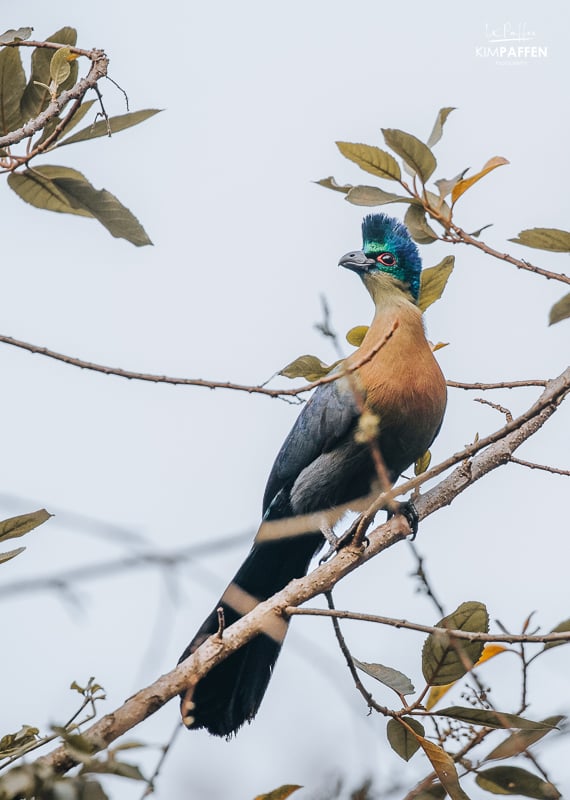
Managed by a non-profit trust, it spans 4,560 hectares and features grassland plains, granite peaks, and a network of trails for walking, self-driving, biking, or horse riding. The absence of dangerous game, allows for safe exploration on foot. The primary tourism hub is in the southern section of Mlilwane Park, which extends from open grassland plains to the prominent granite peaks of Nyonyane Mountain.
At Mlilwane Wildlife Sanctuary , you can also sleep in a traditional beehive hut.
22 Sheba's Breast & Execution Rock
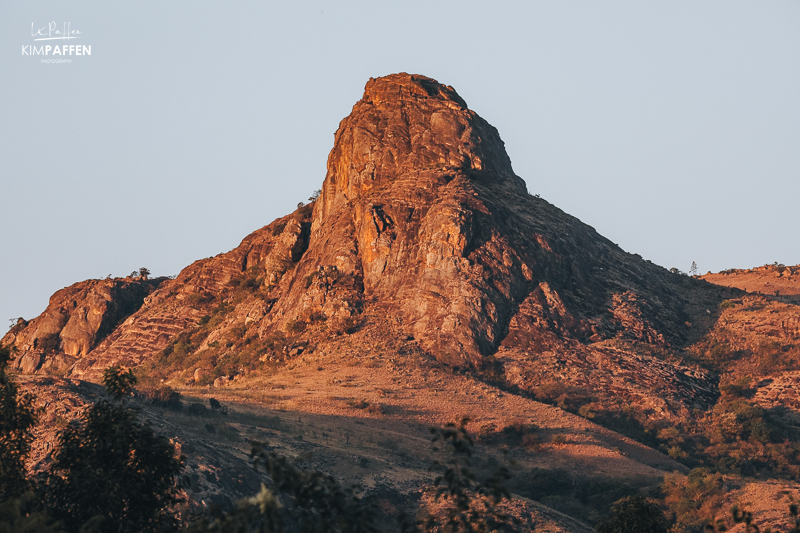
Located in the Ezulwini Valley in the Kingdom of Eswatini, you will find two well-known mountains, both providing stunning views over the valley and hiking opportunities to the top: Sheba’s Breasts and Execution Rock . Trekking and hiking around Sheba's Breast Mountain are popular activities for adventurous tourists interested in experiencing the natural beauty and cultural heritage of Eswatini.
Sheba's Breasts
Sheba’s Breasts are two peaks forming the west side of the Ezulwini valley, named after Ethiopia's legendary Queen of Sheba. To Sheba's breast, there are two hikes. One starts at Lidwala Lodge , where you must obtain a permit, and the other trail starts at the entrance to the Mantenga Nature Reserve.
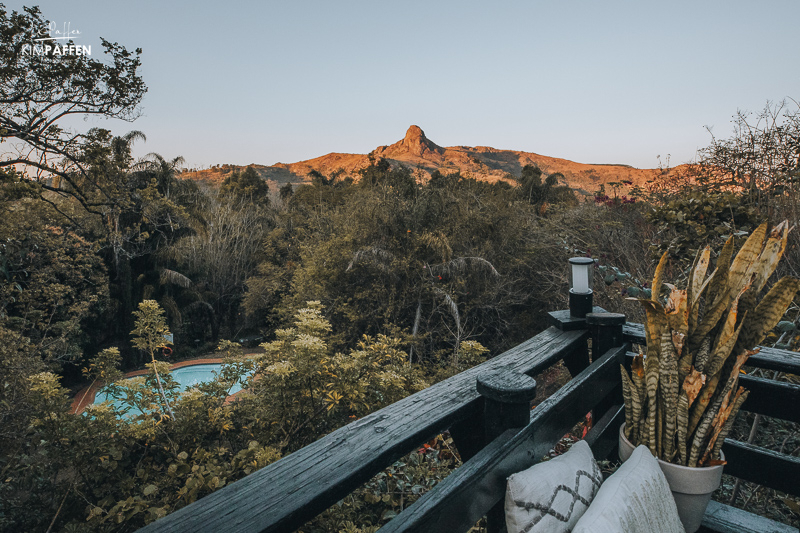
The Sheba’s Breast Mountain summit offers 360-degree views over Mlilwane Wildlife Sanctuary & Mantenga Nature Reserve. It’s a rugged and steep trail but offers some of the most spectacular views in Eswatini from the summit of the Kingdom's most iconic mountain. A great place to stay on the foot of Sheba's breast with an amazing view of Execution Rock is Mantenga Lodge ., 500 meters from the Mantenga Craft Center .
Execution Rock
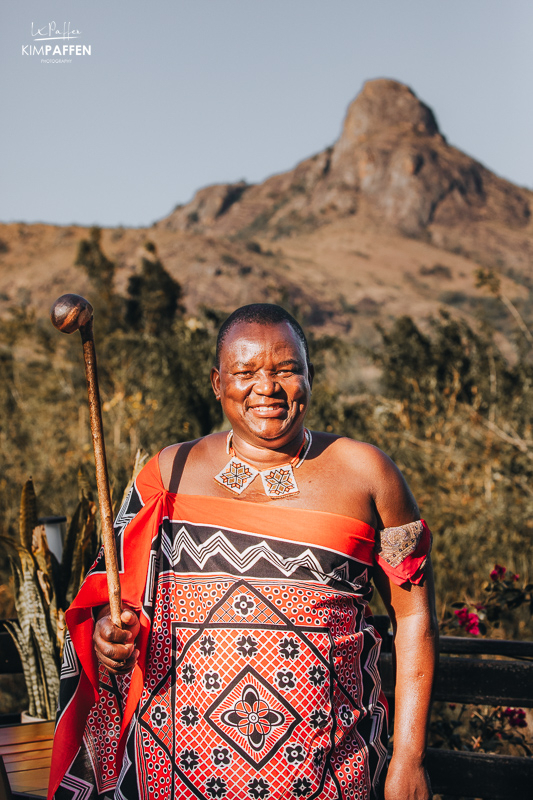
Execution Rock (Nyonyane Mountain), with its exposed granite peak at 1110m, was once home to ancient Bushmen and now hosts Swazi Royal graves, making it historically important. Execution Rock lies within (and is accessible from) Mlilwane Wildlife Sanctuary. It takes about 4 hours up and down from the Mlilwane Park entry office. If you are on Execution Rock at the Nyakato viewpoint , the two "breasts" of Sheba’s Breasts are visible.
23 National Museum & King Sobhuza Park
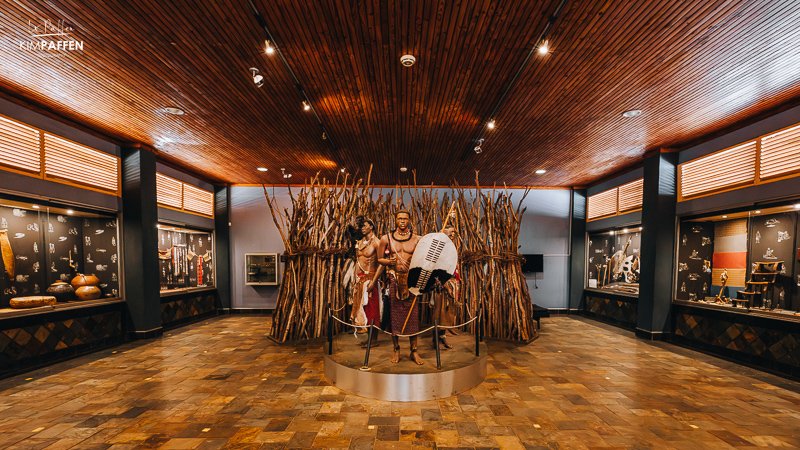
Located in Lobamba, adjacent to the Parliament, you will find Eswatini’s National Museum , known as ‘Umsamo Wasive’.
Visit this museum in combination with the nearby King Sobhuza II Memorial Park if you’re interested in getting a deeper understanding of Eswatini’s national culture and history. Eswatini Travel Tip : Ask for a discounted combo ticket.
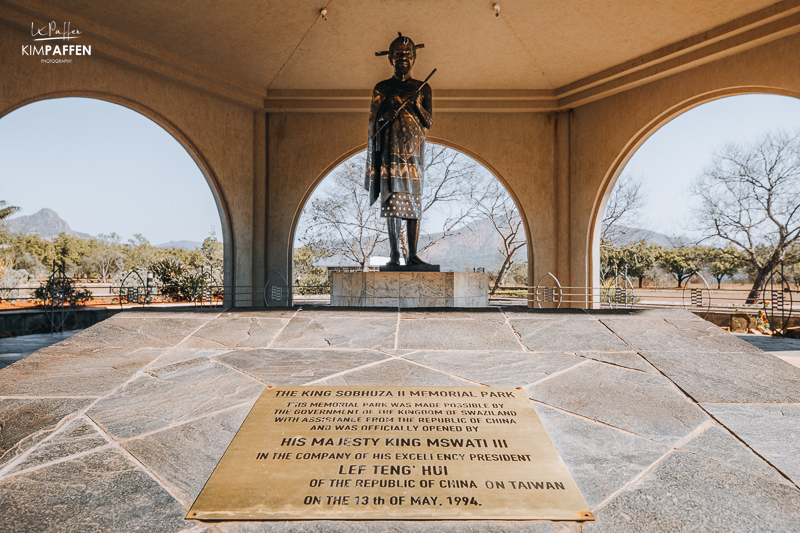
The small national museum showcases displays of the Swazi culture and several cars from the 1940s that belonged to King Sobhuza II.
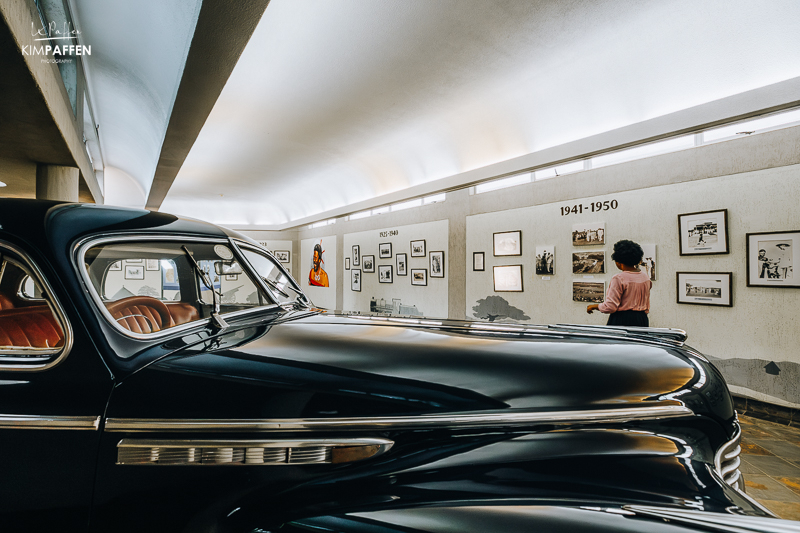
The King Sobhuza II Memorial Park is a formal garden built in 1982 after the death of King Sobhuza II at the site where his body lay in state.
24 Reed Dance Festival
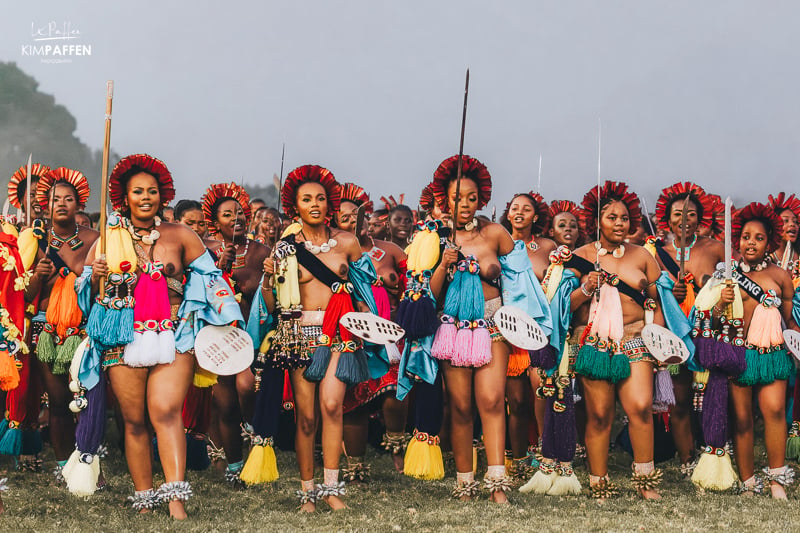
The Umhlanga Reed Dance Festival , also known as Zulu Reed Dance or Swaziland Reed Dance, brings about 40,000 up to 60,000 unmarried girls and young women of the country together to cut and collect reeds and present them to the king. It’s an annual traditional 8-day ceremony and symbolizes the pride and unity of the Zulu nation.

Attending the traditional Reed Dance Ceremony in Eswatini is a unique and exciting cultural experience. Read everything you need to know about the Umhlanga Reed Dance , including the history of the Reed Dance, the purpose of the Royal Reed Dance, its cultural relevance, and how you can attend this colorful Eswatini festival & ceremony.
25 MTN Bushfire Festival
The Bushfire Festival in the Kingdom of Eswatini is held every year and has a variety of stages that showcase the dynamic, and talents from Africa and around the globe. I haven't been to the MTN Bushfire Music Festival yet, but it's still on my Eswatini bucket list. Therefore, I added it as number 25 to the list of best things to do in Eswatini (Swaziland).
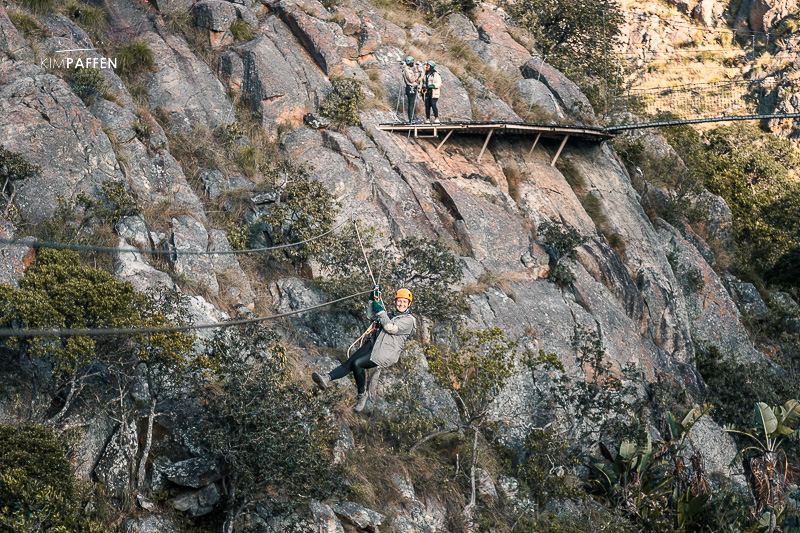
25 best things to do in Eswatini (Swaziland)
There are a lot of beautiful places to visit in Swaziland that offer adventurous and unique things to do. To sum it all up, I listed the top 25 Eswatini things to do below:
- Quad Biking
- Malolotja NR
- Maguga Dam
- Bushman Paintings
- Piggs Peak
- Phophonyane NR
- Shewula Cultural Experience
- Kamsholo Safari
- Mkhaya Game Reserve
- Manzini City Tour
- Mantenga Falls
- Swazi Cultural Village
- Sibebe Rock
- Glass Factory
- Stay in Beehive huts
- Eat at Velvet Monkey
- Swazi Candles
- Summerfield Botanical Gardens
- Mlilwane Wildlife Sanctuary
- Sheba's Breast & Execution Rock
- National Museum & King Sobhuza Park
- Reed Dance Ceremony
- MTN Bushfire Festival
If this article about the best Swaziland attractions and what to do in Swaziland (now Eswatini) was helpful to you, please share this list of the 25 best things to do in Eswatini on social media or leave a comment or your questions below! I'm happy to help.
Are you still doubting if Swaziland is worth visiting or if it is safe in Eswatini? I also wrote a complete Eswatini Travel Guide , including the best time to visit Eswatini, travel requirements to Swaziland, and other things to know before you travel to Eswatini.

Top Things to Do in Eswatini (Swaziland)
Places to visit in eswatini (swaziland), explore popular experiences, popular cities in eswatini (swaziland).
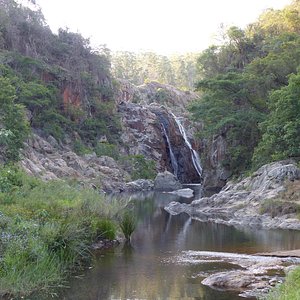
Top Attractions in Eswatini (Swaziland)

Full-day Tours
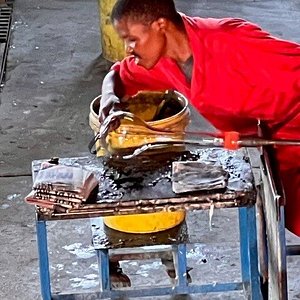
Cultural Tours

Private Sightseeing Tours
Multi-day tours.

Historical Tours

What travellers are saying

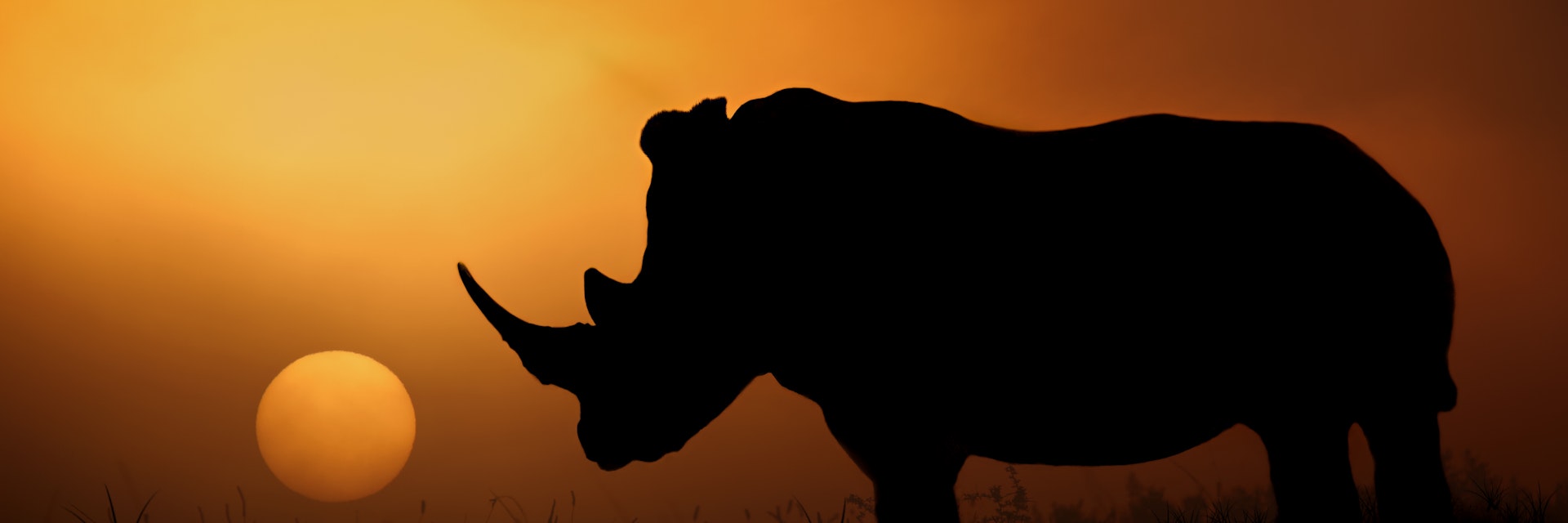
eSwatini (Swaziland)
In short: big things come in small packages. The intriguing Kingdom of eSwatini (formerly Swaziland) is diminutive but boasts a huge checklist for any visitor. Rewarding wildlife watching? Tick. Adrenaline-boosting activities such as rafting and mountain biking? Tick. Lively and colorful local culture, with celebrations and ceremonies still common practice? Tick. Plus there are superb walking trails, stunning mountain and flatland scenery, varied accommodation options and excellent, high-quality handicrafts.
Attractions
Must-see attractions.
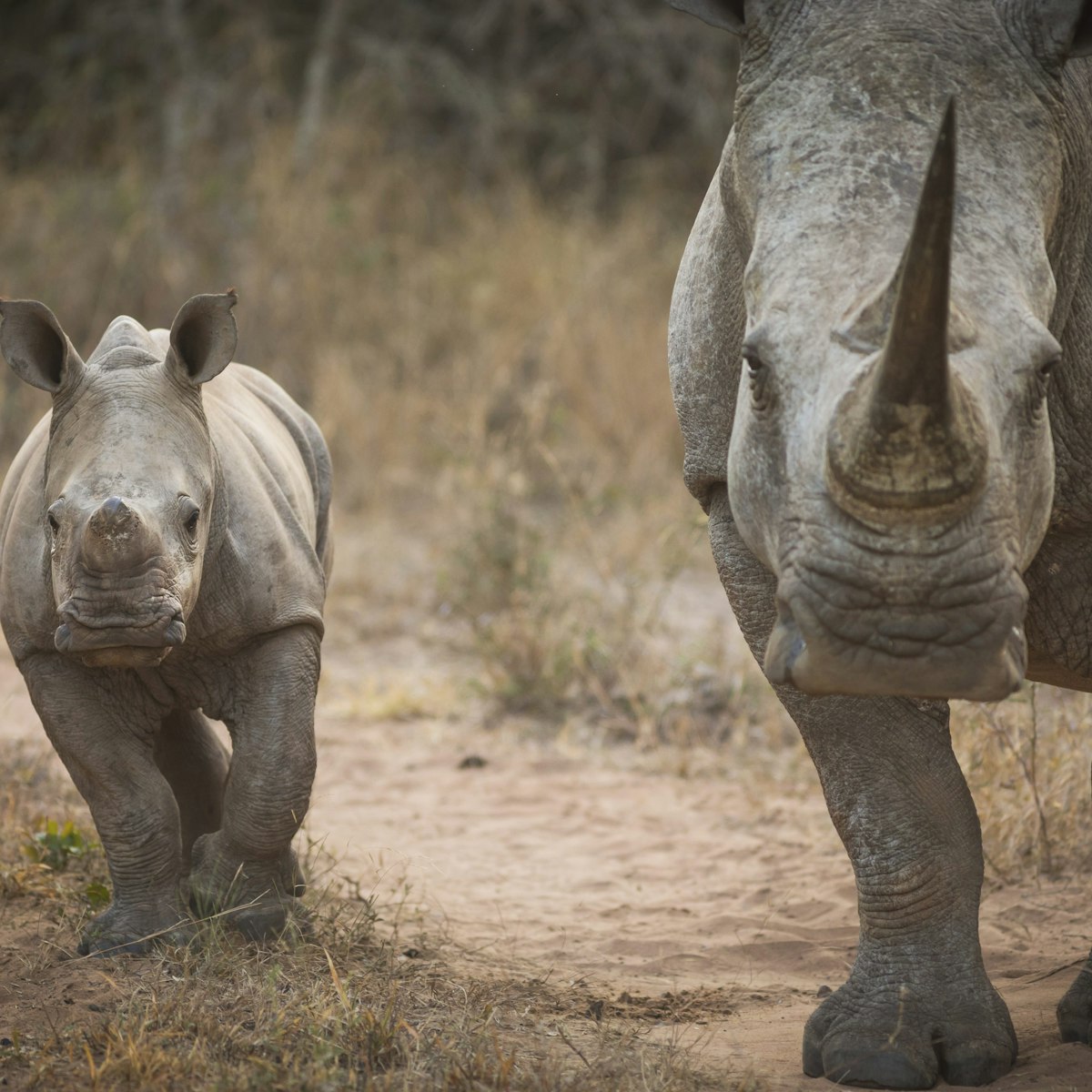
Mkhaya Game Reserve
Spectacular Mkhaya was established in 1979 to save the pure Nguni breed of cattle from extinction. It’s known, however, for its black and white rhino…
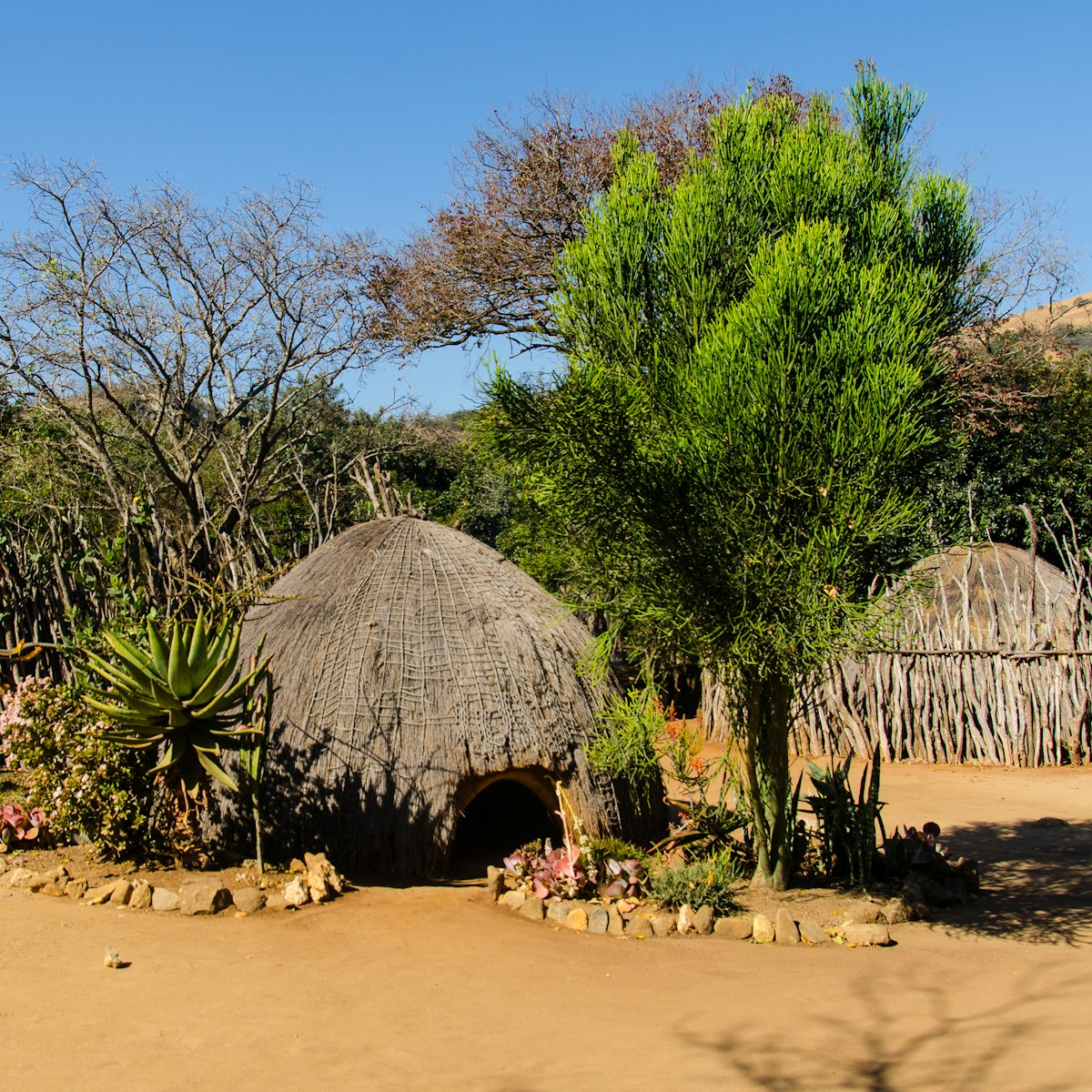
Mantenga Cultural Village & Nature Reserve
The entrance fee to this tranquil, thickly forested reserve covers a guided tour of the Swazi Cultural Village, a ‘living’ cultural village with…
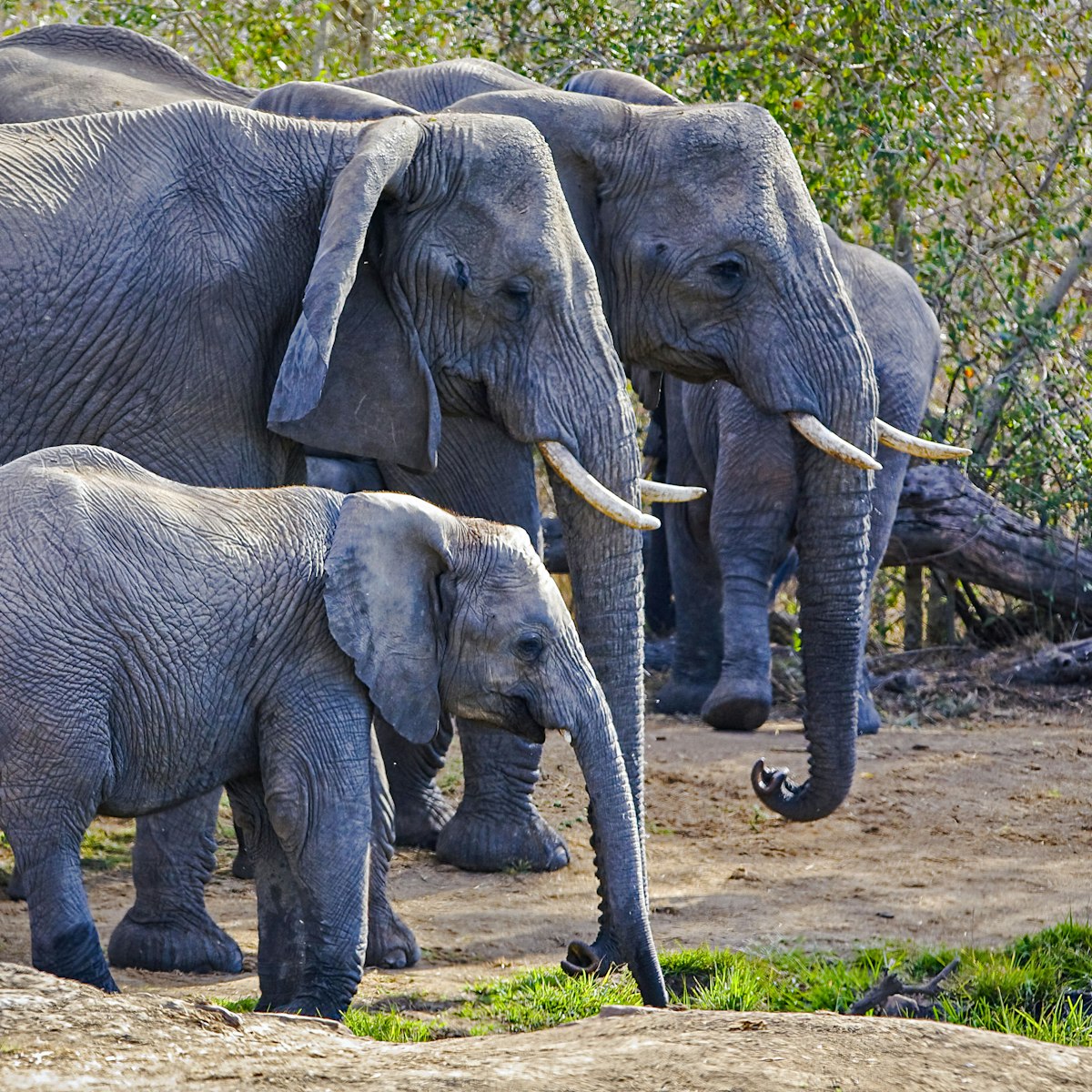
Hlane Royal National Park
You come to Hlane Royal National Park for the big stuff. eSwatini’s largest protected area, this well-organised reserve is home to elephants, lions,…

Sibebe Rock
About 8km northeast of Mbabane is Sibebe Rock, a massive granite dome hulking over the surrounding countryside. It's the world's second-largest monolith,…
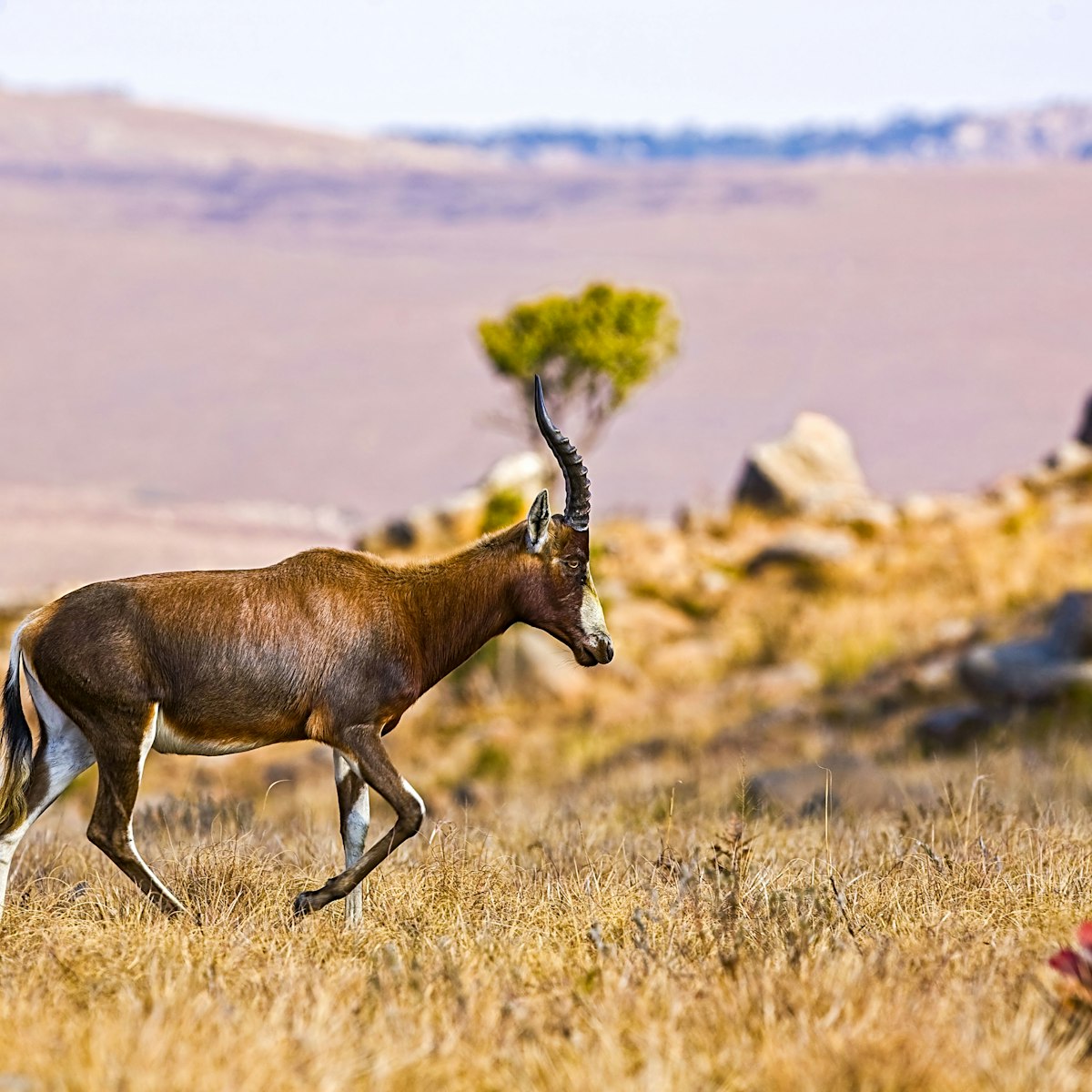
Malolotja Nature Reserve
The ruggedly beautiful Malolotja reserve is a prime spot for hiking, with varied terrain to keep walkers interested. The centrepiece is the Komati River,…
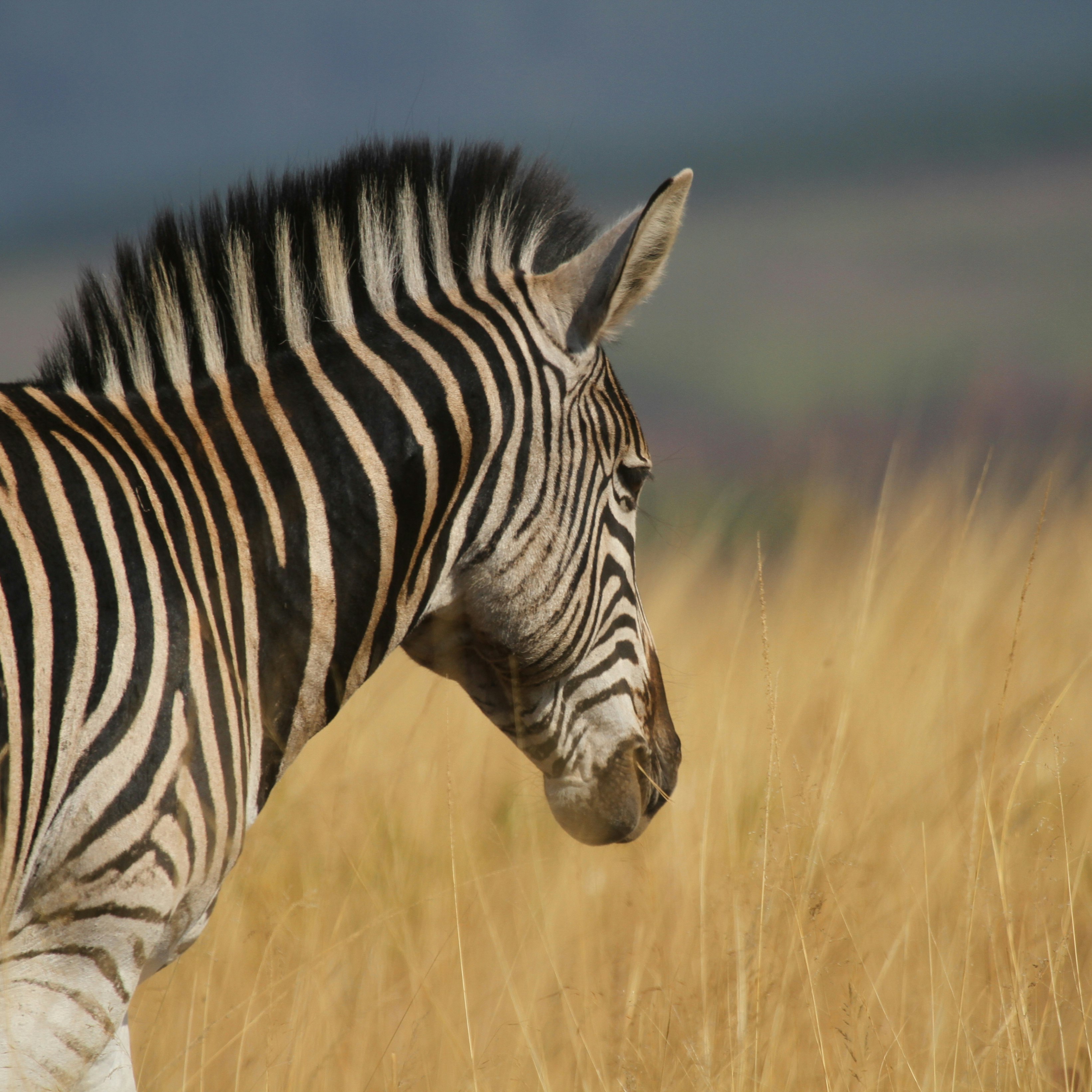
Mlilwane Wildlife Sanctuary
There are many reasons to visit this private reserve – eSwatini’s first protected area: it's quiet, easily accessible and really rather beautiful. Its 46…

Nisela Safaris
Nisela is a small private reserve nestled at the foot of the Lebombo Mountains south of Nsoko. Wildebeest, giraffes, zebras, warthogs and numerous species…

Mlawula Nature Reserve
Mlawula doesn't boast many large mammals, though you'll surely see a few antelope and perhaps a spotted hyena. The draw here, though, is the excellent…
Latest stories from eSwatini (Swaziland)
Filter by interest:
- All Interests
- Adventure Travel
- Art & Culture
- Beaches, Coasts & Islands
- Food & Drink
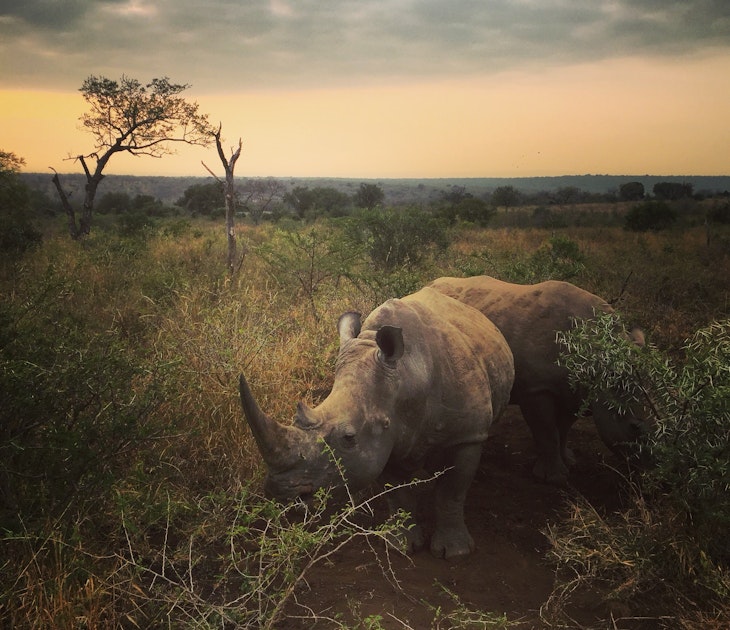
Wildlife & Nature
May 23, 2017 • 6 min read
Safari and eSwatini sound like a perfect match, though few realise this small African kingdom is ripe with opportunities to view iconic African wildlife.
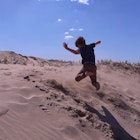
Apr 13, 2015 • 6 min read
in partnership with getyourguide
Book popular activities in eSwatini (Swaziland)
Purchase our award-winning guidebooks.
Get to the heart of eSwatini (Swaziland) with one of our in-depth, award-winning guidebooks, covering maps, itineraries, and expert guidance.
12 Best Places to See in Eswatini

The Kingdom of Eswatini, formerly known as Swaziland, is a landlocked country between South Africa and Mozambique. Most travelers that visit Eswatini, use this small Kingdom as a shortcut to get from Hluhluwe (KwaZulu-Natal) to Kruger National Park in South Africa or vice versa. That’s totally understandable as it’s the fastest route, plus you get a glimpse of a different country and a new passport stamp.
However, since I recently explored Eswatini on a 6-day itinerary, it’s fair to say that the Kingdom of Eswatini is surprisingly amazing and well worth it to spend more time than only passing through.

In this article, I will share the best places to visit in the Kingdom of Eswatini, including activities and places to stay. Be prepared for amazing wildlife encounters, stunning nature, fun adventurous activities, and cultural experiences that enable you to learn more about the Eswatini culture and the Swazi lifestyle. You can visit all these places in a minimum of 6 days itinerary.
This Eswatini travel blog is written by Traveltomtom team member Kim Paffen. Feel free to contact me through my Instagram @ourplanetinmylens with all your questions about traveling to Eswatini.

Good to know: I entered the Lavumisa border of Eswatini as I was traveling in KwaZulu-Natal before I traveled to Eswatini. If you are flying to Johannesburg or you want to visit Eswatini from Kruger, you can enter the Ngwenya Border Post. You can also fly to Eswatini from Johannesburg or Durban. Eswatini is a safe country to travel and the border crossings from and to South Africa went very smoothly! Even in times of COVID-19, it was a friendly way of crossing the border without the hassle of doing extra PCR tests on arrival. To not confuse tourists, Eswatini basically handless the same COVID-19 requirements as South Africa.
1. KaMsholo Bushveld Safaris

Upon arrival at the Lavumisa Border Post, it’s a 45-minute drive (40 km) to get to the first stop: KaMsholo Bushveld Safaris in Ndzevane. It was formerly known as Nisela Safaris, but with Eswatini’s Big Game Parks taking over the park it got new management and a new name. You could tell there’s still some upgrading to do, but overall, this park has a lot of potential and I was happy I got to explore this piece of nature.

There are no predators in the park, only impala, nyala, kudu, reedbuck, wildebeest, zebra, giraffes, ostriches, common duiker, warthogs, and lots of birds, including raptors.
What impressed me the most was the beautiful backdrop of the Lebombo mountains and the many iconic ‘umbrella’ acacia trees. Picture these together with animals like giraffes on a foggy morning or an orange African sunset, and you find yourself in a picture-perfect African atmosphere; a good start to your Eswatini itinerary with sceneries you will find nowhere else in the Kingdom.

KaMsholo Bushveld Safaris also has a 2-level hide overlooking a water pool where you can spot many birds and even water monitors! We experienced an afternoon game drive with a stunning sunset, as well as an early morning game drive on a foggy winter morning.
Where to stay in Ndzevane?

As we were visiting KaMsholo Bushveld Safaris, we stayed inside the park in Tinsele Rest Camp , a self-catering cottage. However, it’s also an option to go for dinner in their restaurant. The camp also has a swimming pool.

KaMsholo also offers accommodation in traditional beehive huts; an experience on its own!
2. Royal Hlane National Park

From KaMsholo it’s a 60-minute drive (90 km) to Hlane Royal National Park where you can find 4 out of the Big Five: Rhino, Lion, Elephant, and Leopard. You can also find various species of birds including vultures, and marabou stork.

Before entering the park gate, you can already spot animals along the road, so keep your eyes open. Hlane National Park also offers accommodation, for example in Ndlovu Camp, but we just went there for a game drive. If I had more time, I would’ve liked to overnight there as well.
Game drive in Hlane Royal National Park

We spotted a herd of elephants, several rhinos, two male lions with a female, a rock monitor, and several small game and birds, like the Martial Eagle. At Ndlovu Camp, you can enjoy hippos and rhinos at the waterhole while eating your lunch.

Day visitors are also welcome to self-drive and picnic in the camp, but the self-drive doesn’t allow you to go to the area where you can find the lions, as this is a separate area only accessible by guided game drives.
you may also like...

3. Shewula Mountain Camp

After a good lunch in Hlane National Park, we followed our way to Shewula Mountain Camp on top of the Lubombo Mountains on the edge of the Shewula Nature Reserve with amazing views. From Hlane, it’s a 70-80-minute drive (44 km) and the last 10 km or so on a dirt road.

The Shewula Mountain Camp experience is the first community eco-tourism project in eSwatini where all profits go to the community. The total Shewula community consists of 14,000 members.

Shewula was one of the highlights of my trip to Eswatini. I love the fact that it’s run by the community. Apart from that, the camp is a very peaceful place with some of the best views I’ve seen in Eswatini as it offers a 100 km panoramic view of Mozambique and Swaziland. If you plan to visit Shewula Mountain Camp, be there in time to enjoy a magical sunset and wake up early to witness the sunrise.
What I also liked about the camp is that you are able to taste their traditional food - which was really tasty - and enjoy cultural dances and music performed by the kids that are part of the Shewula community.
Shewula Village Tour

After enjoying a local breakfast, we did a village tour to two homesteads that are part of the Shewula community. You friendly ask the owners to visit their home by shouting ‘Ekhaya’. These visits are not touristic at all as you really get to see the homes of these wonderful, friendly people. Other activities you can do from there are several hiking trails and biking.
Where to stay in Shewula?

Shewula Mountain Camp is accessible by two-wheel drive vehicles or local busses. Be prepared for an African massage up to the camp as it’s a dirt road, but the views and talks to the locals make this definitely one of the best things to do and best places to stay in eSwatini.
The huts have their own bathroom with hot water. The camp has no electricity in the basic comfy huts, but you are able to charge your gear in the dining area. Forget about your phone, chat with the friendly staff and local villagers and gaze at the million stars of the magical night sky in Shewula!

After the Shewula cultural village tour in the morning, make your way to Manzini (roughly a 2.5-hour drive) for a city tour with Bush Travel Tours. It’s a local tour operator that supports nature conservation and learners in schools to be entrepreneurs of the Kingdom of eSwatini.

Doing the Manzini City Tour was a fun and educational experience as you learn more about the history of eSwatini and the cultural city of Manzini that offers various historical sites. For example, the Old Stone Church Museum, a historical building dating from 1926 that is now a museum that features Eswatini’s history.

Other interesting places in Manzini are the Somhlolo Park with a statue of King Sobhuza I who is considered the father of the Swazi nation, King’s tree, Manzini’s colorful local markets with handcrafted products and foods, and the refuge sanctuary of ANC freedom fighters at Kwa Magogo at Number 43 to witness the bravery of a woman who defied great odds because she believed in freedom.

Bush Travel Tours is located next to the Old Stone Church Museum, where they also have a cozy place to have lunch or get takeaways: the Bush Pizzeria & Café. I had a lovely wood-fired pizza with Avocado. Definitely worth a try!

5. Mantenga Falls & Cultural Village

After a delicious pizza and a mocktail, we went to visit the Mantenga Cultural Village, a 40-minute drive from Manzini. It’s one of the top cultural tourist attractions in Swaziland, where locals wear traditional clothing and perform dances.

After the show you’re able to visit a replica Swazi village where a guide will tell you all about the materials used to build the huts, the Swazi-life and who lives where. Obviously, this is quite commercial and created for tourists to learn more about the Swazi-culture and traditions.
I personally preferred visiting the local villages in Shewula, for a more authentic feel, but for first-time travelers in eSwatini it is a good stopover to see the beehive huts and traditional dances of Swati covered in traditional clothing.
Mantenga Nature Reserve

Mantenga Cultural Village in Swaziland is located near Mantenga Falls in Mantenga Nature Reserve. Mantenga Falls is well worth a visit as it has the largest body of water in eSwatini by volume. A short hiking trail will lead you to the falls. If you have time, it’s also nice to spend some time near the various pools along the southern boundary with Mlilwane Wildlife Sanctuary. You could easily spend half-day in this area for a mix of cultural experiences, nature, and spotting small game like vervet monkeys, and nyalas.
Where to stay near Mantenga?

One of the best places to stay near Mantenga is the Happy Valley Hotel & Casino . They recently built a new wing. Those rooms are just perfect with a huge lounge area, flat screen TV, King sized comfortable bed and a bathroom with rain shower and a bath. The Wi-Fi worked very well.

The hotel also has a casino that is visited by many locals, especially in the weekends. They also have a great bar and a huge swimming pool. The hotel also has a curio shop and a spa. The buffet-breakfast was amazing with fresh eggs of your choice and a lot more to choose from, like fruits, yogurt, muesli, etc.
6. Umushi weNkosazane: Quad biking experience

After the delicious breakfast in Happy Valley Hotel, we visited the Ngwenya Glass Blowing factory where you can see workers make handmade products from 100% recycled glass. Around the complex you could also find various other curio shops with handmade products from eSwatini. Great spot if you want to take some souvenirs from eSwatini.
From there, drive for about 15 minutes to Umushi Wenkosazane Resort and spa, Eswatini for a fun and adventurous activity: quad biking! This is a must-do in eSwatini; even if you’re only passing through.

The off-road quad biking is fun, but the views make this quad biking tour one of the best things to do in eSwatini. The 1-hour tour will take you to a spot with amazing views of a waterfall. Because I loved the mountain views that much, the 1-hour tour could easily be 2 hours for me, as I would have liked to spend a bit more time photographing and taking in all the beautiful views. I will definitely visit again next time when I travel to eSwatini.
7. Malolotja Nature Reserve

Malolotja Nature Reserve is located in the highlands of Eswatini and has beautiful views everywhere you look. It is also a base for adventurous activities in Eswatini, like the Malolotja Canopy Tour. It’s definitely one of the best things to do in eSwatini. The canopy tour is in the middle of the Malolotja Nature Reserve with stunning views everywhere you look. The tour has 10 slides and 1 suspension bridge.

Before you arrive at the actual slides, you first drive for about 25 minutes in a safari vehicle through the nature reserve with magnificent views and small game like Eland, Blesbok, etc. Then there’s another soft hike to the start of the first slides. Truly an amazing and fun experience.

I loved the views in the nature reserve so much that I would have loved to stay longer and also do a hike to for example the Malolotja Falls. The nature reserve also offers various accommodations, like the self-catering cabins at the entrance of the park or various camping sites. Malolotja Nature Reserve is one of those unique places in Eswatini, I would love to explore more in-depth next time I travel to Swaziland. They also offer multiple-day hikes and camping trips.
Where to stay near Malolotja National Park and Piggs Peak?
After the canopy tour, we made our way to Piggs Peak because of a short hiking trail to Phophonyane Falls the next morning. If you’re heading for Piggs Peak, you can sleep in Piggs Peak Hotel & Casino . It’s the oldest hotel in eSwatini and needs to be upgraded. They used to have a casino, but not anymore. They do have a large pool and the breakfast was good with eggs of our choice. It wasn’t the most charming hotel on the trip as it was outdated and the Wi-Fi was bad, but regarding the itinerary, it was a good location to stay.
However, if you decide to stay near Piggs Peak, also have a look at the Eco Lodge of Phophonyane Falls .
8. Phophonyane Falls

Visiting the Phophonyane Falls in Piggs Peak is only 10 minutes from Piggs Peak Hotel. It’s a nice easy loop where you first hike down to the falls, and after crossing a wooden bridge with beautiful front views of the falls, you make your way up again. There are a few stairs involved, but the hike is not too strenuous.
9. Nsangwini Rock Art

The Nsangwini Rock Art isn’t too far from Phoponyane Falls. The hike to these historical rock paintings is a short hike down to the rocks where you find amazing Bushmen paintings. A local guide will tell you more about the Bushmen paintings, the meaning of their drawings, and their lifestyle. It’s very interesting to learn more about Eswatini’s history.

The Nsangwini Rock Art isn’t a protected place yet, but it should definitely be on UNESCO’s World Heritage Site list to preserve this special place for future generations. After the Bushmen paintings, it’s also possible to extend the hike to the nearby Potholes.
10. Maguga Dam

From the rock art, drive to Maguga Dam and the Nkomati Valley. Maguga Dam is the largest reservoir in Swaziland with a 115-meter-high wall. Make a short photo stop on the dam and opt for a boat tour or a fishing activity. As part of our 6-day itinerary, Maguga Dam was a perfect lunch spot after the two hikes in the morning.
Maguga Lodge is the perfect place to have a good lunch on its outdoor terrace with panoramic views of the dam. Keep your eyes open for hippos. If you don’t see them, you will probably hear them. If you have more time, you can also plan a hike from the bushmen paintings to Maguga Dam or vice versa.
11. Silverstone Falls & Lodge

After a healthy lunch at Maguga Dam, we followed our way to Silverstone Lodge located on the banks of the Mbuluzi River in the serene and peaceful Pine Valley. Silverstone Lodge is without a doubt one of the best places I’ve stayed in eSwatini, and it’s only a 10-minute drive to the center of Mbabane.
The staff was extremely friendly, and I enjoyed one of the best diners and breakfasts in Silverstone Lodge. It’s also the place with the best room views in Eswatini, as I had first-class views of the river and the amazing Silverstone Falls from my private balcony.

Unfortunately, the weather wasn’t with us, as it was really grey and rainy the morning I woke up. I would have loved to have my breakfast outside, enjoying the falls. Or have a walk around the falls to have a closer look. A place to remember for the next time I visit Eswatini and worth to spend at least two nights.
12. Eswatini’s Royal Capital City Lobamba

Lobamba is one of the best places to see in Eswatini, known as the political, cultural, and spiritual capital city of Eswatini.

Lobamba has a few interesting royal tourist attractions, for example, the Parliament, the Swaziland National Museum, and King Sobhuza II Memorial Park which also showcases some of Sobhuza’s old cars.

To the South of Lobamba, you can find Ludzidzini Royal Village which is the royal residence of the Queen Mother.

If you want to learn more about the Swazi culture and traditions, I highly recommend visiting the annual Swazi Reed Dance Festival that takes place in late August to early September. Exact dates are revealed only 4 to 6 weeks before the event.
It’s an eight-day festival where unmarried and childless women collect reeds to present them to the Queen Mother of Eswatini symbolizing (and celebrating) their purity, unity, and cultural strength. The main day of “Umhlanga” is open to the public, so as a tourist, you can visit this festival in Eswatini too.
The ceremony takes place in the royal arena, which is part of the Ludzidzini Royal Village in Lobamba.

On this Umhlanga Main Day, the maidens dance bare-breasted for the Royal Family, and more specifically for the King of Eswatini, currently King Mswati III.

In the old days, the King would choose a new wife during this event, but nowadays it’s more a symbolic event to keep ancient traditions alive.
Recommended 6 day itinerary for Eswatini
Visiting The Kingdom of Eswatini is a royal experience. To cover all these 12 best places in Eswatini, you need a minimum of 6 days. With this 6-day itinerary including places to stay, you are well prepared for your upcoming visit to Swaziland:
- Day 1: Lavumisa Border Post - KaMsholo Bushveld
- Day 2: Hlane National Park - Shewula Mountain Camp
- Day 3: Manzini - Mantenga Cultural Village
- Day 4: Ngwenya - Umushi Wenkosazane - Malolotja Nature Reserve
- Day 5: Phoponyane Falls - Nsangwini Rock Art - Maguga
- Day 6: Silverstone Lodge & Falls - Ngwenya Border Post

Even after a 6-day itinerary, there were some places in Eswatini we weren’t able to visit, for example, Dombeya Game Reserve or Mkhaya Game Reserve, Ewatini’s most exclusive safari retreat.
Eswatini has great things to do and see for each type of traveler. Active travelers might want to visit Eswatini for its adventurous activities, like white water rafting, hiking, zip lining, mountain/quad biking, caving, and climbing. Wildlife enthusiasts will love going on safari in Eswatini’s game reserves, and there are lots of cultural experiences to learn more about the Swazi-lifestyle and the various communities.

I hope this article helped you to plan your trip to Eswatini; either as a short holiday in Eswatini or as part of a two or three-country visit, together with South Africa and/or Mozambique.
This article was written by travel and wildlife photographer Kim Paffen , part of the Traveltomtom team. She also wrote amazing Africa articles about South Africa , Uganda , and Madagascar .
In case you have any questions about visiting Eswatini, please leave us a comment below.
Enjoy your trip to Eswatini!
- south africa
10 Attractions To Enjoy When Visiting Eswatini (Swaziland) In Southern Africa
Eswatini may be one of the smallest African countries, but it is full of stunning attractions for everyone to visit.
- Discover the history and culture of Eswatini at Mantenga Traditional Village and enjoy traditional dance performances - a popular attraction.
- Experience the Umhlanga Reed Dance, a vibrant festival where thousands of young women dance in colorful attire to be the King's next wife.
- Visit the Hlana Royal National Park for a safari and see reintroduced African animals, including elephants, rhinos, lions, and leopards.
Eswatini is a tiny kingdom in Southern Africa surrounded by South Africa on three sides and Mozambique on the northeast. It is one of the smallest countries in Africa and is one of the countries to visit while exploring South Africa.
It is a developing country and a country filled with warm and welcoming people, making it one of the most travel-friendly countries to visit in Africa . Here are the top attractions in Eswatini (formerly Swaziland) to discover while visiting this hidden gem in Africa.
Related: A Self Driving Tour Is The Best Way To See Namibia
10 Mantenga Traditional Village
Discover the history and heritage of the country and explore Mantenga Traditional Village, a cultural village brought to life for visitors. It is a replica of a mid-19th-century Swazi village and is one of the most popular attractions in the country.
Enjoy the guided tour of the village and stay for the traditional dance and performance put on for the tourists (traditional sibhaca routines are performed twice a day).
- Remarkable For: Replica Of A Mid-19th-Century Swazi Village With Traditional Dance Performances
9 The Umhlanga Reed Dance
The Umhlanga Reed Dance is one of the top festivals in the kingdom of Eswatini. It is an eight-day ceremony where young women cut reeds and present them to the kingdom's Queen Mother.
They then dance in celebration in traditional brightly colored attire. Up to 40,000 unmarried young women take part in the event.
- Remarkable For: Tens Of Thousands Of Women Dancing To Be The King's Next Wife
8 Incwala Festival
Attending the Incwala Festival is one of the best things to do in Eswatini; it is the main national event in Eswatini and takes place during the summer solstice.
The whole event takes around a month and is one of the oldest events in the country. It is about cleansing, renewal, and celebrating the kingship. Every Swazi is able to take part in the Incwala in the feasting and dancing - it includes traditional warriors in full battle regalia.
- Remarkable For: The Most Important National Festival
Related: Why You Should Visit The Cradle of Humankind In South Africa
7 Hlana Royal National Park
The Hlana Royal National Park is the largest protected area in Eswatini and is one of the top destinations in the kingdom for a safari. Many of the large African animals have been reintroduced to the park - including elephants, white rhinos, lions, and leopards.
Like other national parks in Southern Africa, visitors are able to go on a self-guided safari around the park ( Namibia's Etosha National Park is one of the best parks in the country for self-guided safari tours).
- Remarkable For: Largest Protected Area
6 Mkhaya Game Reserve
The Mkhaya Game Reserve is the most exclusive safari retreat in Eswatini. Take a private guide for a safari and bush walk and later sleep in a chalet listening to the sounds of nature.
The sanctuary is home to a number of endangered species, and visitors can see white rhinos, black rhinos, giraffes, zebra, hippos, wildebeest, and many other African animals.
- Remarkable For: Exclusive Reserve & A Large Amount Of Wildlife
Related: The Best Time To Visit South Africa's Largest Game Park, And What To Expect
Mbabane is the co-capital and largest city in Eswatini. While most people visiting Eswatini are visiting to see the natural attractions and the culture of the country, Mbabane offers many of the best city conveniences of the country.
Mbabane is only a small city with a population of around 100,000.
- Remarkable For: Largest City
4 Lidwala Lodge
Lidwala Lodge is arguably the best backpacker accommodation in Eswatini. Lidwala Lodge is located just out of Mbabane on the mountainside, with breathtaking views of the valleys and mountains.
It has a selection of chalets, private rooms, and dorms with its own in-house bar and swimming pool. Visitors can also camp at the lodge. It is a great place to meet other travelers in the country.
- Remarkable For: Excellent Backpacker Lodge
3 Sheba's Breasts
Sheba's Breasts is one of the most famous mountains in Eswatini, and it has well-marked trails running up to its top. The mountain has two peaks named after the Queen of Sheba, who visited King Solomon.
Hike the Sheba's Breasts Hiking Trail that starts at the Lidwala Lodge (it takes 2-3 hours to hike up and down).
- Remarkable For: Great Views & Hiking Trail
Lobamba is the co-capital of Eswatini and home to much of the government. The country's festivals take place there, and it is home to the Ludzidzini Royal Village (called the Royal Kraal).
Key attractions include the Parliament Building, the National Museum, and the King Sobhuza II Memorial Park.
- Remarkable For: The Spiritual & Cultural Heart of Eswatini
1 Great Usuthu River
There are plenty of other top activities in Eswatini enjoy (such as horse riding, quad-biking, and white water rafting), but rafting is one of the most adventurous.
White water rafting in Eswatini is offered on the Usuthu River on a remote and stunning stretch of the river. For most of the year, the river is generally a Grade III (or medium difficulty) rafting river. It may not be as heart-stopping as rafting the sources of the Nile in Uganda or rafting the raging Zambezi River by Victoria Falls , but it is a thrilling experience all the same.
- Remarkable For: White Water Rafting
Top Eswatini (Swaziland) Attractions
Things to do in eswatini (swaziland), explore popular experiences, popular cities in eswatini (swaziland).

Top Attractions in Eswatini (Swaziland)

Full-day Tours

Cultural Tours

Private Sightseeing Tours
Multi-day tours.

Historical Tours

What travelers are saying

World Travel Guide
Landmarks, Attractions and Places of Interest in Eswatini (formerly Swaziland)
Tuchman Travel Guide
Updated on: February 15, 2023
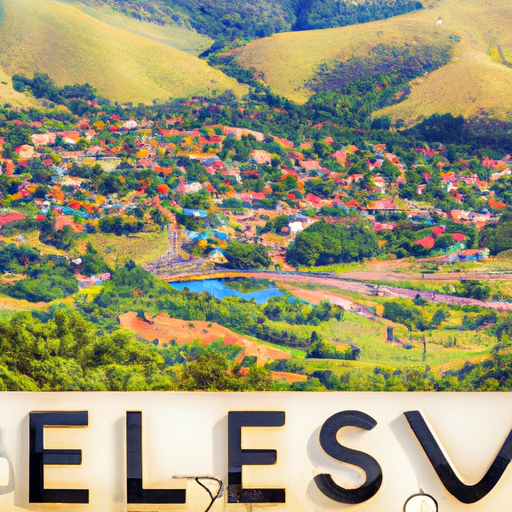
What to visit in Eswatini (formerly Swaziland)
is a small landlocked country nestled between South Africa and Mozambique in Southern Africa. It is an incredibly diverse and captivating place, with something to offer visitors of all ages. Whether you’re looking for historical landmarks, outdoor activities or interesting culture, there’s sure to be something that will pique your interest! There are plenty of attractions to explore around Eswatini including Lion’s Rock – the largest granite outcrop in the world; Mlilwane Wildlife Sanctuary where you can spot some of the region’s most iconic wildlife species; Sibebe Rock – one
- Overview of Eswatini (formerly Swaziland)
- Mlilwane Wildlife Sanctuary
- Mantenga Cultural Village
- Mlawula Nature Reserve
- Phophonyane Falls Nature Reserve
- Ngwenya Glass Factory.
- Weather in Eswatini (formerly Swaziland)
- Food and Cuisine in Eswatini (formerly Swaziland)
- Hotels Eswatini (formerly Swaziland)
- Reviews and Stories from Eswatini (formerly Swaziland)
- 1. Where can I find the best hotels in Eswatini?
- 2. Are there any affordable hotel options in Eswatini?
- 3. What activities are available for visitors staying at a hotel in Eswatini?
- 4. How far is the nearest beach from a hotel in Eswatini?
- 5. Is it safe to stay at a hotel in Eswatini?
There are so many things to see and do in Eswatini (formerly Swaziland), Africa we couldn’t list them all but we want to highlight 5 popular places in Eswatini (formerly Swaziland) to give you a feel of the country. If you think we have missed anything major or if your favourite thing to do in Eswatini (formerly Swaziland) is missing let us know and we would be happy to add it to our travel guide.
Place of interest in – Mbabane
- Mlilwane Wildlife Sanctuary in Eswatini (formerly Swaziland)
- Mantenga Cultural Village in Eswatini (formerly Swaziland)
- Mlawula Nature Reserve in Eswatini (formerly Swaziland)
- Phophonyane Falls Nature Reserve in Eswatini (formerly Swaziland)
- Ngwenya Glass Factory. in Eswatini (formerly Swaziland)
Mlilwane Wildlife Sanctuary in Eswatini (formerly Swaziland) – Mlilwane Wildlife Sanctuary is a paradise for nature lovers. Nestled in the Ezulwini Valley, this 4,560-acre sanctuary is home to abundant wildlife and offers visitors a unique opportunity to experience African culture and explore stunning landscapes.
Mlilwane Wildlife Sanctuary is known as one of Eswatini’s most popular tourist attractions, offering visitors a chance to observe and learn about animals like hippos, zebras, antelope and giraffe in their natural habitat. There are plenty of activities available at Mlilwane such as game drives, guided walks through the bushveld
Mantenga Cultural Village in Eswatini (formerly Swaziland) – Mantenga Cultural Village is a beautiful and diverse wildlife conservation area located in northeastern Swaziland. It is renowned for its stunning scenery, rich biodiversity, and plentiful birdlife. The reserve covers an impressive 30 000 hectares of protected wilderness, which includes grasslands, forests, wetlands, and rivers.
Mlawula Nature Reserve offers visitors the chance to explore the African bush on foot or by vehicle with guided tours that provide insight into this unique ecosystem. During these tours you can observe animals such as elephants, rhinos, giraffes, zebra and antelopes in their natural habitat. There are also various
Mlawula Nature Reserve in Eswatini (formerly Swaziland) – Mlawula Nature Reserve
Located in Swaziland, the Ngwenya Glass Factory is a unique destination for tourists looking to explore and enjoy African culture. The factory produces hand-crafted glassware made with recycled bottle pieces which are used to make beautiful sculptures, jewelry and home décor items. Visitors can tour the factory and learn about the process of creating these works of art from start to finish.
The best time to visit the Ngwenya Glass Factory is during dry season (May – October). This period offers clear skies, mild temperatures, and plenty of sunshine –all great conditions for exploring both
Phophonyane Falls Nature Reserve in Eswatini (formerly Swaziland) – Simien Mountains National Park, and boat safaris to watch birds and animals. The sanctuary also offers cultural activities such as traditional dancing, storytelling, craft-making and guided tours of the historical sites of Eswatini.
The best time to visit Mlilwane Wildlife Sanctuary is during the dry season from May through October when there are fewer mosquitoes and more wildlife activity. This also makes it easier for visitors to explore the open savannahs on foot or by car. November through April is the wet season in Eswatini so bring rain gear if you plan to visit during this time!
Ngwenya Glass Factory. in Eswatini (formerly Swaziland) -Ngwenya Glass Factory. birding sites for those with a keen interest in ornithology.
The best time to visit the Mantenga Cultural Village is during the dry season from May to October, when temperatures are mild and wildlife activity is at its peak. During this period you can also enjoy outdoor activities such as game viewing, fishing, hiking and mountain biking. It’s also worth noting that a guided tour of the reserve must be booked in advance.
Whether you’re looking for an adventure-filled holiday or a peaceful escape from everyday life, Mantenga Cultural Village has something for everyone! Its stunning
Weather Eswatini (formerly Swaziland)
When booking a holiday in Eswatini (formerly Swaziland) one of the main things to look at is what the weather will be like when you get there. Due to these common weather questions, we have created a separate page talking about what the Whats the weather like in Eswatini (formerly Swaziland)? . This included a month-by-month breakdown of what the weather is like and questions travellers have had regarding the climate.
Food Eswatini (formerly Swaziland)
The second biggest concern I and my team have when we travel is what will we eat! I am a big foodie and love to try everything I can the more unique the better. If you want to find out more about the type of food and cuisine in Eswatini (formerly Swaziland) check out the food page ( Whats the food like in Eswatini (formerly Swaziland)? )
Hotels in Eswatini (formerly Swaziland)
Finally, after reading about Eswatini (formerly Swaziland)’s weather, food, and tourist destinations, you might want to spend some time reading about the best hotels in Eswatini (formerly Swaziland) . Hotel information is always changing so please let us know if any of our reviews need updating and please feel free to share your stories and reviews from hotels you visit in both Eswatini (formerly Swaziland) to help others on their travels. Also, feel to check out our hotel map from Booking.com to quickly find a hotel in Eswatini (formerly Swaziland)
Booking.com
The Capitol of Eswatini (formerly Swaziland) is – Mbabane
When heading off to a country for the first time it’s always a good idea to read up on the capital city. and we have prepared a short guide about the captiol – Mbabane to get you started.
Stories and Reviews from Our Team/Clients in Eswatini (formerly Swaziland)
Eswatini (formerly Swaziland) is an African country with a culture that is steeped in tradition and history. I recently had the opportunity to visit this beautiful land and experience the delicious local food firsthand.
From the moment I arrived, I was surrounded by wonderful aromas of spices, herbs and other savory ingredients used to create some incredible dishes. One of my favorite experiences was trying umkhunsu – a traditional stew made up of beef or goat, potatoes, tomatoes and onions cooked in curry powder. The flavor combination was unique but truly delicious!
Another highlight for me was eating sishwala – a
Do you have a story to share about a visit to – Mbabane or Eswatini (formerly Swaziland)? We would love to hear about it and add it here! Please feel free to comment at the bottom of this page or fill in our contact form .
Frequently Asked Questions About – Mbabane, Eswatini (formerly Swaziland)
Here at Tuchman Travel Guide, we are always trying to help if you have a question about an upcoming trip that our site does not answer just leave a comment below and we will try to get back in touch ASAP!
1. Where can I find the best hotels in Eswatini? – Eswatini has some beautiful places to stay. Whether you’re looking for a luxurious resort or something more affordable, there’s sure to be an option that fits your needs. Check out the Royal Villas and Mlilwane Wildlife Sanctuary near Mbabane for luxury accommodation with stunning views of nature. For those on a budget, Manzini is home to many local hotels with comfortable amenities and prime locations. No matter what type of hotel experience you’re looking for, Eswatini is sure to have something perfect!
2. Are there any affordable hotel options in Eswatini? – Yes, there are several affordable hotel options in Eswatini. From cozy bed and breakfasts to budget-friendly resorts, you’ll be able to find an option that fits your needs and budget. The country is full of friendly locals who can help guide you in the right direction if needed!
3. What activities are available for visitors staying at a hotel in Eswatini? – Staying at a hotel in Eswatini offers visitors the chance to experience the unique culture and beauty of this beautiful country. From breathtaking safaris, game drives, and nature walks to relaxing boat cruises on Lake Ngami or Maguga Dam, there’s something for everyone. There are also plenty of local markets where you can purchase traditional crafts or try some delicious Swati cuisine. For those looking to relax and unwind, several hotels offer swimming pools and spa facilities as well as activities like yoga classes or guided hikes through nearby national parks. No matter what your interests are, there
4. How far is the nearest beach from a hotel in Eswatini? – The nearest beach from a hotel in Eswatini is only a short distance away. I can feel the warm ocean breeze and hear the sound of waves crashing against the shore, even while I’m still at my hotel room. It’s exciting to know that I’m so close to such a beautiful place!
5. Is it safe to stay at a hotel in Eswatini? – Yes, it is safe to stay at a hotel in Eswatini. The country has excellent infrastructure and the people are friendly and welcoming. Hotels tend to be well-maintained and offer modern amenities, so you can rest assured that your stay will be comfortable. Plus, with its beautiful landscape and warm climate, Eswatini is an amazing place to visit!
Leave a Comment Cancel reply
Save my name, email, and website in this browser for the next time I comment.
most recent

Food , Zimbabwe
Must try local cuisine in zimbabwe.

Food , Zambia
Must try local cuisine in zambia.

Food , Yemen
Must try local cuisine in yemen.

Food , Vietnam
Must try local cuisine in vietnam.

Food , Venezuela
Must try local cuisine in venezuela.

Food , Vanuatu
Must try local cuisine in vanuatu.
All About the World of Travel
Welcome to our Tuchman Guides. We pride ourselves on more than 1,000 pages of firsthand information about Beaches of the World and Travel Around the World.
© Tuchman Travel Guide 2024
- All Regions & Map
- All Experiences
- MTN Bushfire
- Special Offers
- Accommodation
- Tours, Activities & Transport
- Local Tour Guides
- International Tour Operators
- Arts & Crafts
- Getting There
- Getting Around
- Travel Advice
- Food & Drink
- Responsible Travel
- Brochures & Maps
- Review your Trip

Ezulwini Valley
Ezulwini Valley is Eswatini’s (Swaziland’s) main tourist area offering a wealth of attractions. Ezulwini means ‘place of heaven’, and the panoramic valley that bears this name certainly offers its share of hedonistic delights. This is where tourism in Swaziland began, and today its attractions include hotels, restaurants, hot springs, casinos, craft markets, art galleries, riding stables, a nature reserve, a golf course and a cultural village. Most visitors pass this way, and those who spend just one night in the kingdom will probably spend it here. Ezulwini Valley lies directly south east of Mbabane , extending from the bottom of the Malagwane Hill to Lobamba , and runs parallel with the MR3 highway from Mbabane to Manzini . It is flanked to the west by the craggy Luphohlo/Lugogo mountains and to the east by the sacred Mdzimba mountains. Its development as a tourist centre dates back to the 1960s, when the Royal Swazi Spa Hotel opened beside some natural hot springs known as the Cuddle Puddle, bringing with it southern Africa’s first casino. By 1983, Ezulwini had become the country’s Golden Mile, with a proliferation of hotels, casinos, golf courses, restaurants and other tourist honey pots.
Times have changed, however, and the Valley – once famed for its colourful nightlife – is now better known for its fine family-friendly hotels, and natural and cultural attractions. And while its lights may be bright by Swati standards, the developments are still dwarfed by their picturesque backdrop. Today visitors can still stay at top-end hotels, or choose from plentiful guesthouses, chalets and backpacker hostels. Eating out options range from the renowned Calabash Restaurant, to international cuisine at the Gables shopping centre, with no shortage of cafés and takeaways for the budget conscious.
The Ezulwini Valley offers a wealth of options for that quintessential Swazi gift. At the Ezulwini Craft Market – Eswatini’s largest, with some 126 different stalls – you will find everything from wooden carvings, plates and beadwork to jewellery, textiles and traditional garments. The Mantenga Craft and Lifestyle Centre nearby offers similar fare, plus an opportunity to nip round the back and watch the artisans in action. For lovers of contemporary art, the Yebo Art Gallery and Design Studio hosts regular exhibitions. Gables provides standard ‘mall shops’.
There is a casino to enjoy at the Happy Valley Hotel , while the larger hotels stage regular live performances, from cabaret nights to fashion shows, and House on Fire at Malandela’s is only 15 minutes’ drive away. Those in search of more active pursuits will find swimming pools and tennis courts at the larger hotels. The jewel in the valley’s sporting crown, however, is undoubtedly the 18-hole, championship-standard golf course at the Royal Swazi, one of the most impressive and scenic in southern Africa. (2022: although the Royal Swazi Spa hotel is currently closed down, the golf course remains open)
Other activities include in the Ezulwini Valley horse riding at Hoofbeat Safaris , with outrides of different lengths across the valley, and quad biking at The Devil’s Cauldron, the site of an old tin mine behind the Royal Swazi. The more limber can also get beneath the surface of Eswatini, literally, with adventure caving – a guided activity that explores a unique cave system underneath the Malagwane Hill. These last two activities, and many more, are the brainchildren of Swazi Trails . They and All Out Africa , are the country’s top adventure tour operators, offering cultural and wildlife excursions as well as adventure activities.
Top Eswatini (Swaziland) Attractions
Things to do in eswatini (swaziland), explore popular experiences, popular cities in eswatini (swaziland).

Top Attractions in Eswatini (Swaziland)

Full-day Tours

Cultural Tours

Private Sightseeing Tours
Multi-day tours.

Historical Tours

What travellers are saying

Three Eswatini chiefdoms overcome rivalry to preserve indigenous forest
Illegal poaching of wildlife and plants in Jilobi Forest threatens the biodiversity hotspot in the Southern African kingdom.

Lubombo, Eswatini – In the heart of the Jilobi Forest, a biodiversity hotspot in Eswatini’s eastern region of Lubombo, the three chiefdoms inhabiting the territory had longstanding disputes, and tensions used to run high.
But recently, an urge to preserve their shared land has caused them to retire their rivalry.
Keep reading
‘people want change but fear the guns’: fighting for democracy in eswatini, taiwan’s president tsai begins visit to eswatini, last ally in africa, parliamentary vote set for eswatini, africa’s last absolute monarchy.
“There were disputes over boundary lines and resources management that strained relations and hindered peaceful coexistence,” said Muzi Maziya, a 32-year-old from the Lukhetseni constituency, one of the chiefdoms in the remote area of the country formerly known as Swaziland.
“Most of the disputes resulted in illegal activities like wood-cutting and livestock theft by outsiders and people from the communities who took advantage of the polarisation.”
The rivalries, which date back to the 1980s among the chiefdoms of Maphungwane, Tikhuba and Lukhetseni, posed a grave threat to the diversity of the Jilobi Forest, according to environmentalists.
“Borders disputes have been a persistent challenge, leading to a tense relationship among the chiefdoms,” Chief Maliwa Maziya of Maphungwane, the largest chiefdom inhabiting the forest, told Al Jazeera.
“The rivalry often led to illegal activities such as livestock theft,” he said. Members of one community would steal cattle that belonged to a neighbouring chiefdom in a bid to discourage farmers from grazing on land under dispute.
Problems worsened when outsiders took advantage of the tensions and moved into the area, soon consuming much of the resources.
This resulted in the poaching of wild animals, such as warthogs and Samango monkeys, and illegal harvesting of plants for medicines and food.
Collective efforts
The forest holds cultural significance for the Maziya clan of Maphungwane and for the Dlaminis of Lukhetseni, said Nomsa Mabila, a project manager at the local environmental nonprofit Indalo Eswatini.
The forest is also where locals from the Maziya and Dlamini clans bury family members. It is a common belief among communities that the souls of their ancestors roam the forests, hence they believe the land should be preserved and never disturbed, Mabila told Al Jazeera.
But “unsustainable land practices, medicinal plant harvesting without consent and poaching have threatened this natural treasure,” she said.
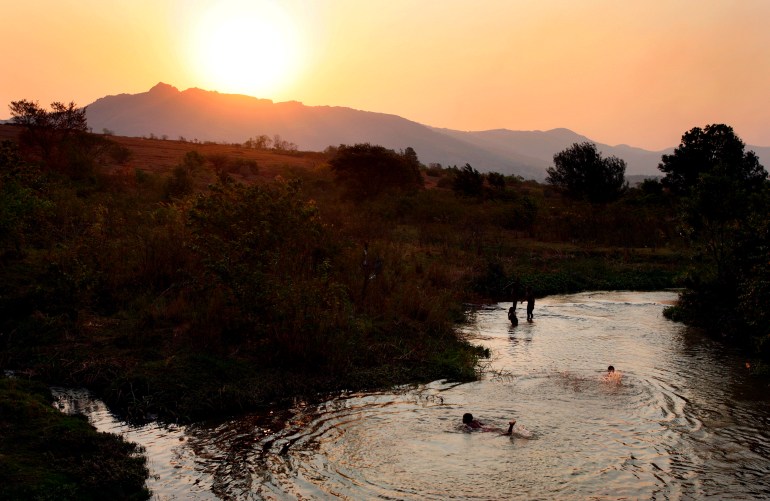
Thembisile Myeni is a small-scale farmer in this region. She told Al Jazeera she believes locals know best when it comes to conservation.
For generations, the people of the Tikhuba, Maphungwane and Lukhetseni chiefdoms have depended on their intertwined relationship with the Jilobi Forest for survival and consider themselves to be the custodians of this invaluable natural resource, Myeni explained.
People regularly employ sustainable farming practices that include protecting the area from pests and diseases and avoiding protected areas, she said.
“In our communities, there are collective efforts in preserving the forest against threats,” she told Al Jazeera.
Bhekithemba Matsenjwa, a Maphungwane community member, also emphasised the pivotal role the forest plays in people’s lives.
“It has a rich ecosystem and is home to endangered species like the endemic cycad and Samango monkey.”
The ironwood tree, locally known as Bukhunkhu in SiSwati, also grows abundantly in the forest. Matsenjwa shed light on its significance for the Maphungwane.
“It has versatile uses, from house construction to furniture making, and is an all-around important resource for the community,” he said, emphasising that the communities living around the forest use responsible and sustainable harvesting practices and know not to damage the forest but to replenish its resources.
Biodiversity hotspot threatened
However, when the chiefdoms were at loggerheads and disputes arose between them over borders and whose livestock should be allowed to graze where, conservation was not always a priority.
Mabila from Indalo Eswatini , which advocates the management of natural resources in high biodiverse landscapes, noted that while the rivalries persisted, animals living in the forest were quickly being wiped out by poachers.
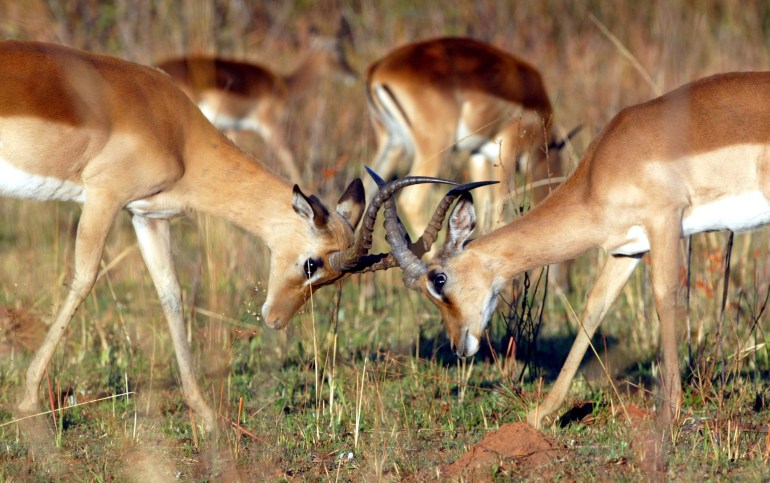
“Recent surveys have shown the rich biodiversity and unique butterflies found in the Jilobi Forest. All these were at stake from the rapid harvesting of the forest that was taking place,” she said.
Over the past 20 years, a significant problem affecting Jilobi has been deforestation, Seth Maphalala, a biodiversity consultant and ecology expert, told Al Jazeera.
“The rural communities around this forest used the resources in the forest, including chopping down trees and never replacing them,” he said.
As the population surged, people from outside the three communities using the forest’s natural resources, particularly for traditional medicine, went unchecked, and the problem was exacerbated, Maphalala said.
“There were instances where people would debark a whole tree in an attempt to get enough resources for medicinal purposes.”
The forest’s cycads, plants that are endangered worldwide , and other flora in the forest are highly prone to poaching for their medicinal purposes.
In a bid to conserve the Jilobi Forest from repeated encroachment, it became essential for the chiefdoms to reconcile to jointly manage and protect the space.
So a group of local and international organisations intervened.
‘Collective heritage’
One of these interventions was an ecotourism development project that started in 2021, a collaborative effort between the Jilobi Joint Trust committee and Indalo Eswatini, Mabila said.
The project is helping locals to manage the forest sustainability while also paving the way for reconciliation between the chiefdoms – a step seen as necessary to scale back activities such as illegal logging and deforestation.
“Ultimately, talks were facilitated to help chiefs and communities recognise that the ongoing rivalry was detrimental not only to their collective heritage but also to the precious Jilobi Forest,” Mabila said.
Chiefdoms were receptive to altering course when they knew that the conservation of the forest would be particularly beneficial to their communities.
The Joint Management Committee was established in 2021 to help the three chiefdoms jointly manage the resources of Jilobi by coming together to devise a reforestation plan that involves responsible forestry practices such as responsible grazing and avoiding protected areas.
“We were able to sort out our differences,” Chief Maliwa said.
Because chiefs are a moral compass for their communities, it was essential to persuade them of the importance of conservation projects.
“[I] always encourage the community to invest in Jilobi by setting up businesses such as lodges,” the chief said.
“People were worried about where they were going to take their cattle for grazing if some parts of [Jilobi] were off limits. I told them that we have plenty of land in the area. They listened,” he said about having barred his people from using the forest as grazing land.
Despite conflicting opinions among the chiefdoms about whether tourists might have a negative impact on the forest, Maliwa said that will not necessarily be the case.
“The trails which will be used by tourists are already set up to get the best views of the forest without having to cut down any trees,” he said.

Meanwhile, workshops were added as another pillar of the programme, Mabila said, to “make the larger community aware of the value of biodiversity and the role of Jilobi Forest in reducing vulnerability to climate change”.
The population of the three chiefdoms inhabiting the Jilobi Forest is estimated at 25,000. About 500 people from each chiefdom have taken part in the workshops, Mabila said. Additionally, another 75 people – 25 from each chiefdom – are key participants in the workshops. Together they are agreeing on a plan that will help their communities collectively manage the forest.
Mabila said it was not easy to get people to share similar views, but through the workshops, the majority of the community members and chiefs – who ultimately are the ones who get to decide how to best manage their forest – now have a common understanding on how to jointly conserve the area.
Furthermore, a new pilot project, a collaboration with the United Nations Development Programme Eswatini and Indalo Eswatini, started in September. It aims to establish permaculture gardens near the Jilobi Forest, promote wildlife conservation and enhance community livelihoods. Mabila said about nine homesteads near the forest have received gardening materials.
In 2019, UNESCO made the Lubombo region a biosphere reserve . “Biosphere reserves involve local communities and all interested stakeholders in planning and management,” according to UNESCO .
‘A turning point’
Locals mostly agree that the conservation projects have been fruitful.
Nothando Shongwe, a 27-year-old from Tikhuba, told Al Jazeera his grandfather used to harvest cycads from the forest but he noticed a huge number of outsiders also harvesting the endangered plant.
“Ever since the area became protected, fewer people are coming to harvest. Also, a lot of people used to graze their cattle at Jilobi, but now it has been fenced and they graze elsewhere.”
Nompumelelo Ndzabandzaba, chairperson of the Jilobi Committee, told Al Jazeera that locals have benefitted from projects that have helped raise funds to develop the community.
Joseph Khoza from Tikhuba described the projects as “a turning point for the community”.
But not everyone sees this as the best way forward. Maphungwane community member Matsenjwa worries about the motivations of outsiders urging a particular type of conservation.
“It feels like the organisations that come to the area and sensitise people about conservation are just driven by greed for securing donor funding,” he said.
“What you must understand is that the forest is a sacred place that is used for burial purposes for the Maziya clan. Now these organisations want to turn the place into a tourist hotspot. That is against our culture, and the chief should know better,” Matsenjwa said.
“I know my sentiments have made me unpopular on this issue before, but it is my view as a resident,” he added, concluding that while he respects traditional authorities, he believes “sometimes they are misled.”
This piece was published in collaboration with Egab .
Top Things to Do in Eswatini (Swaziland)
Things to do in eswatini (swaziland), explore popular experiences, popular cities in eswatini (swaziland).

Top Attractions in Eswatini (Swaziland)

Full-day Tours

Cultural Tours

Private Sightseeing Tours
Multi-day tours.

Historical Tours

What travellers are saying


COMMENTS
14. Malkerns. Where to Stay in Swaziland for Sightseeing. Map of Tourist Attractions in Swaziland (eSwatini) 1. Hlane Royal National Park. Hlane Royal National Park. The Hlane ("Wilderness") Game Sanctuary is home to the largest herds of game in the country and is one of the few places in Swaziland where visitors have a chance of seeing lion ...
Things to Do in Eswatini (Swaziland), Africa: See Tripadvisor's 14,519 traveler reviews and photos of Eswatini (Swaziland) tourist attractions. Find what to do today or anytime in May. We have reviews of the best places to see in Eswatini (Swaziland). Visit top-rated & must-see attractions.
Lets explore the best places to visit in Swaziland: 1. Hlane Royal National Park. Source: flickr. Hlane Royal National Park. In truth, there's simply no other wildlife reserve in all of Swaziland that can live up to the sheer wealth of bucket-list sights and the mind-boggling biodiversity that Hlane has.
Mbabane is the official capital city of Eswatini (Swaziland) and is also the largest city in this land of the Swazi. The city is located on the Mbabane River, in the Hhohho Region. Mbabane is a great location as a base to explore some of the best places in Eswatini as it's centrally located among Swaziland's top tourist attractions.
Top Attractions in Eswatini (Swaziland) See all. These rankings are informed by traveller reviews—we consider the quality, quantity, recency, consistency of reviews, and the number of page views over time. 1. Swazi Cultural Village ... The Markets are a popular stop on many tourist itineraries. There are many shops, and the local vendors ...
Discover the best attractions in eSwatini (Swaziland) including Mkhaya Game Reserve, Mantenga Cultural Village & Nature Reserve, and Hlane Royal National Park. ... (Swaziland) Culture buffs will love this community-run archaeological site. The well-preserved paintings are under a small but impressive rock shelter, which is…
The region is home to the new initiative known as the Lubombo Eco Trails, a network of hiking, cycling and 4WD tracks linking a number of community-based enterprises such as eco lodges and cultural attractions. The centrepiece of the collective is the Shewula Mountain Camp and Nature Reserve, the first community eco-tourism project in Eswatini.
Get to the heart of eSwatini (Swaziland) with one of our in-depth, award-winning guidebooks, covering maps, itineraries, and expert guidance. Shop Our Guidebooks. Explore eSwatini (Swaziland) holidays and discover the best time and places to visit.
Despite being the smallest landlocked country in the Southern hemisphere, and the second smallest country in continental Africa, Eswatini, formerly known as Swaziland, more than makes up for its lack of size with a hugely diverse range of attractions and activities. As one of the few remaining monarchies in Africa, culture and heritage are deeply engrained in all aspects of Swazi life ...
Lobamba has a few interesting royal tourist attractions, for example, the Parliament, the Swaziland National Museum, and King Sobhuza II Memorial Park which also showcases some of Sobhuza's old cars. To the South of Lobamba, you can find Ludzidzini Royal Village which is the royal residence of the Queen Mother.
1 Great Usuthu River. Photo by Aaron Spray. White Water Rafting In Africa. There are plenty of other top activities in Eswatini enjoy (such as horse riding, quad-biking, and white water rafting), but rafting is one of the most adventurous.
Things to Do in Eswatini (Swaziland), Africa: See Tripadvisor's 14,473 traveler reviews and photos of Eswatini (Swaziland) tourist attractions. Find what to do today, this weekend or in March. We have reviews of the best places to see in Eswatini (Swaziland). Visit top-rated & must-see attractions.
Mantenga is an Eswatini National Trust Commission property and one of Eswatini's (Swaziland's) top tourist attractions. It centres upon the picturesque Mantenga Falls and incorporates a cultural village, where Swazi history, culture and tradition are brought alive for visitors. Set against the scenic backdrop of Nyonyane mountain, this replica mid-19th Century Swazi village, constructed ...
What to visit in Eswatini (formerly Swaziland) is a small landlocked country nestled between South Africa and Mozambique in Southern Africa. It is an incredibly diverse and captivating place, with something to offer visitors of all ages. ... Mlilwane Wildlife Sanctuary is known as one of Eswatini's most popular tourist attractions, offering ...
Ezulwini Valley is Eswatini's (Swaziland's) main tourist area offering a wealth of attractions. Ezulwini means 'place of heaven', and the panoramic valley that bears this name certainly offers its share of hedonistic delights. This is where tourism in Swaziland began, and today its attractions include hotels, restaurants, hot springs, casinos, craft markets, art galleries, riding ...
Things to Do in Eswatini (Swaziland), Africa: See Tripadvisor's 14 525 traveller reviews and photos of Eswatini (Swaziland) tourist attractions. Find what to do today, this weekend or in May. We have reviews of the best places to see in Eswatini (Swaziland). Visit top-rated & must-see attractions.
It's a wonderful place to walk and ride a bike, and the weather is nice all year. 4. Mlilwane Wildlife Reserve. The Mlilwane Wildlife Sanctuary is one of Swaziland's oldest and most popular game reserves. It is in the beautiful Ezulwini Valley, one of the best tourist attractions in Eswatini.
13 Top-Rated Tourist Attractions in Swaziland (eSwatini) | Travel Video | Travel Guide | SKY Travel
The rivalries, which date back to the 1980s among the chiefdoms of Maphungwane, Tikhuba and Lukhetseni, posed a grave threat to the diversity of the Jilobi Forest, according to environmentalists ...
Things to Do in Eswatini (Swaziland), Africa: See Tripadvisor's 14,500 traveller reviews and photos of Eswatini (Swaziland) tourist attractions. Find what to do today, this weekend or in April. We have reviews of the best places to see in Eswatini (Swaziland). Visit top-rated & must-see attractions.